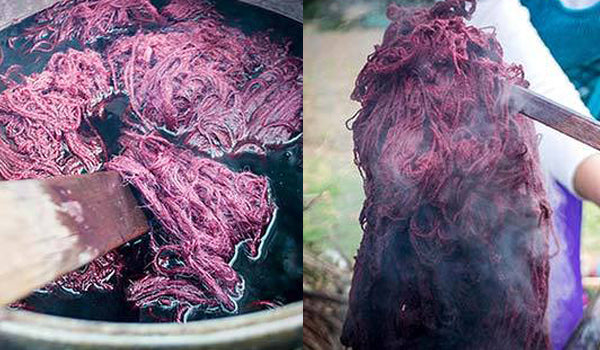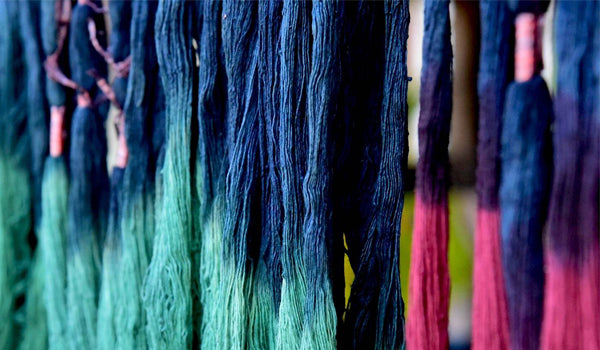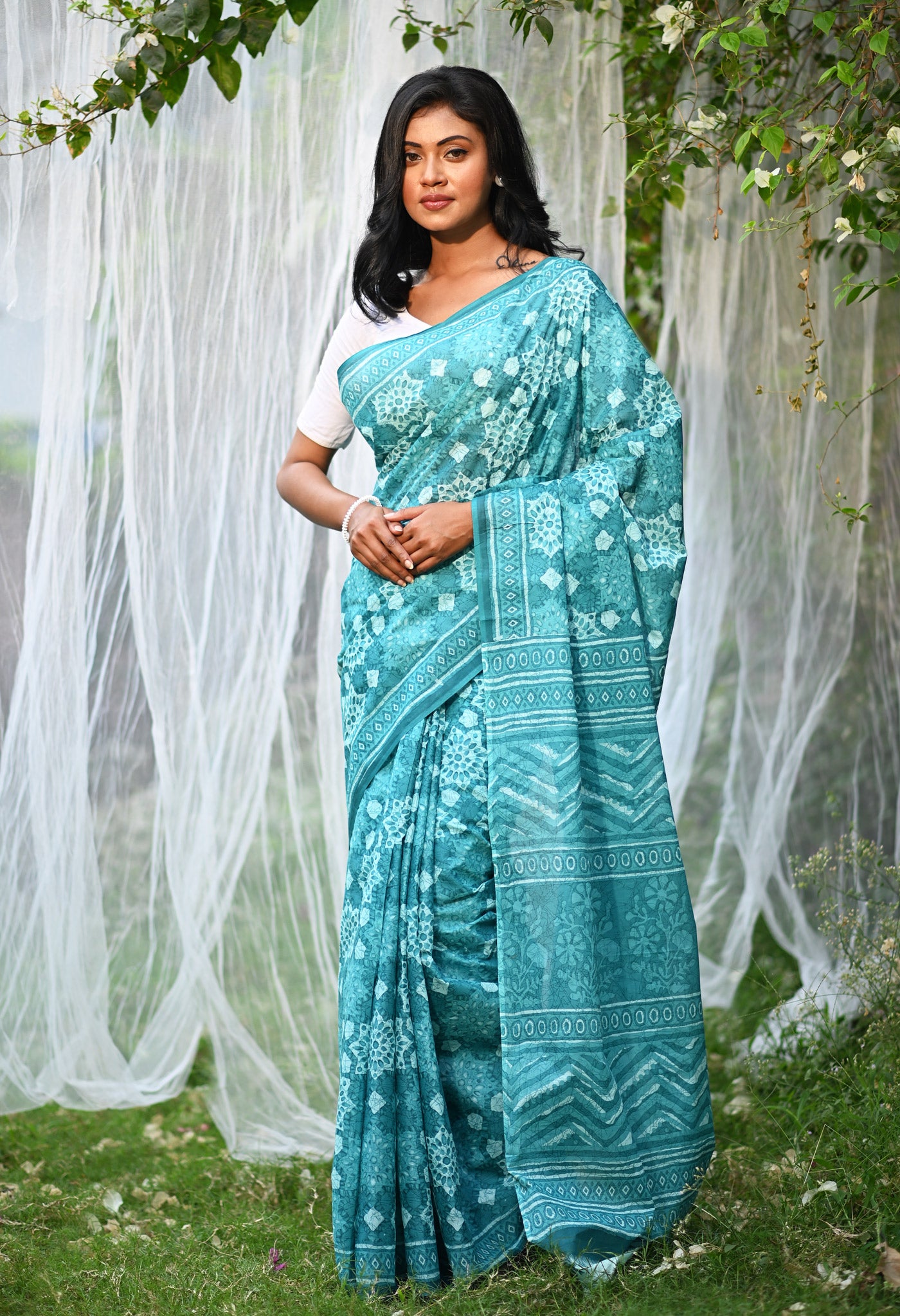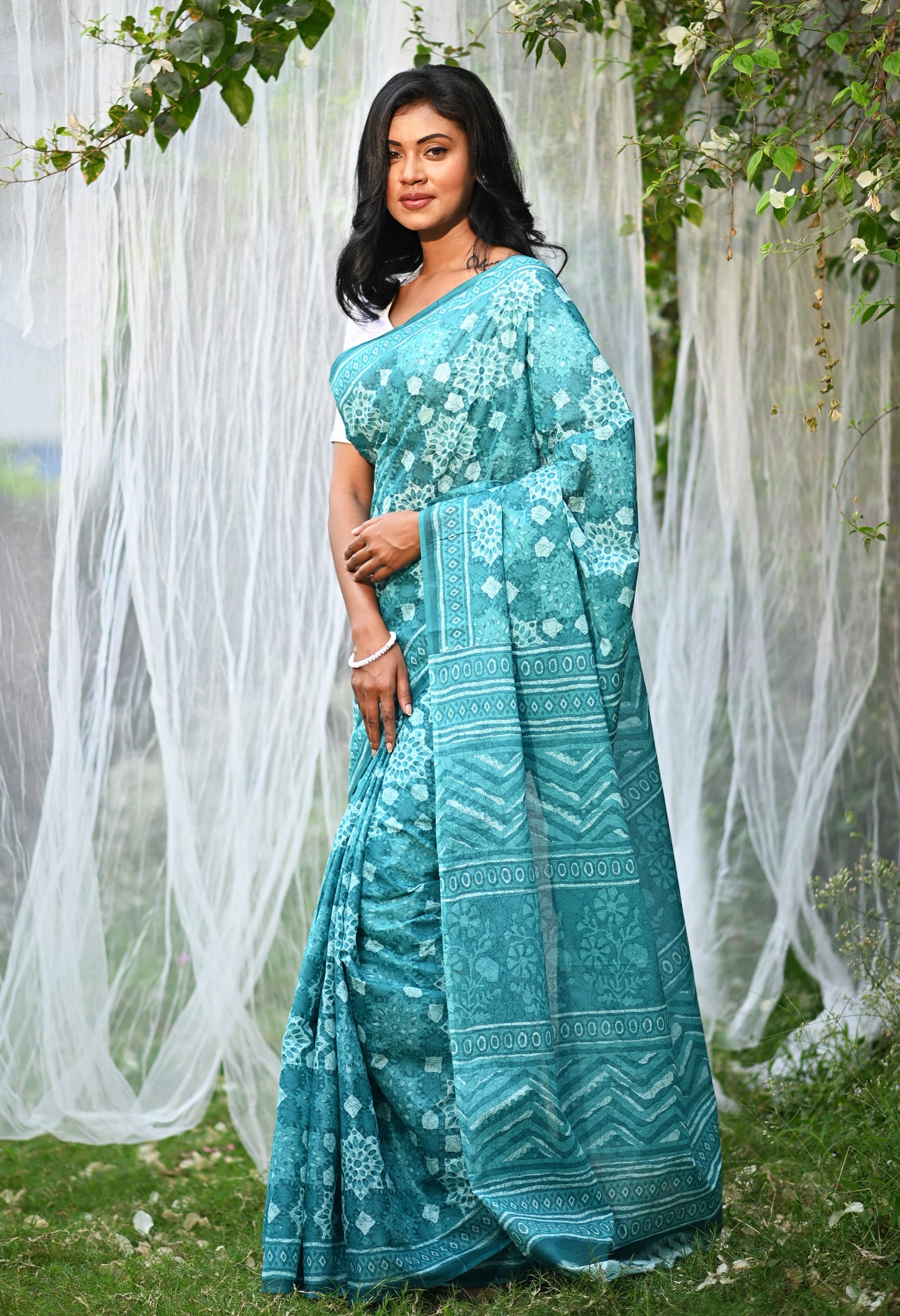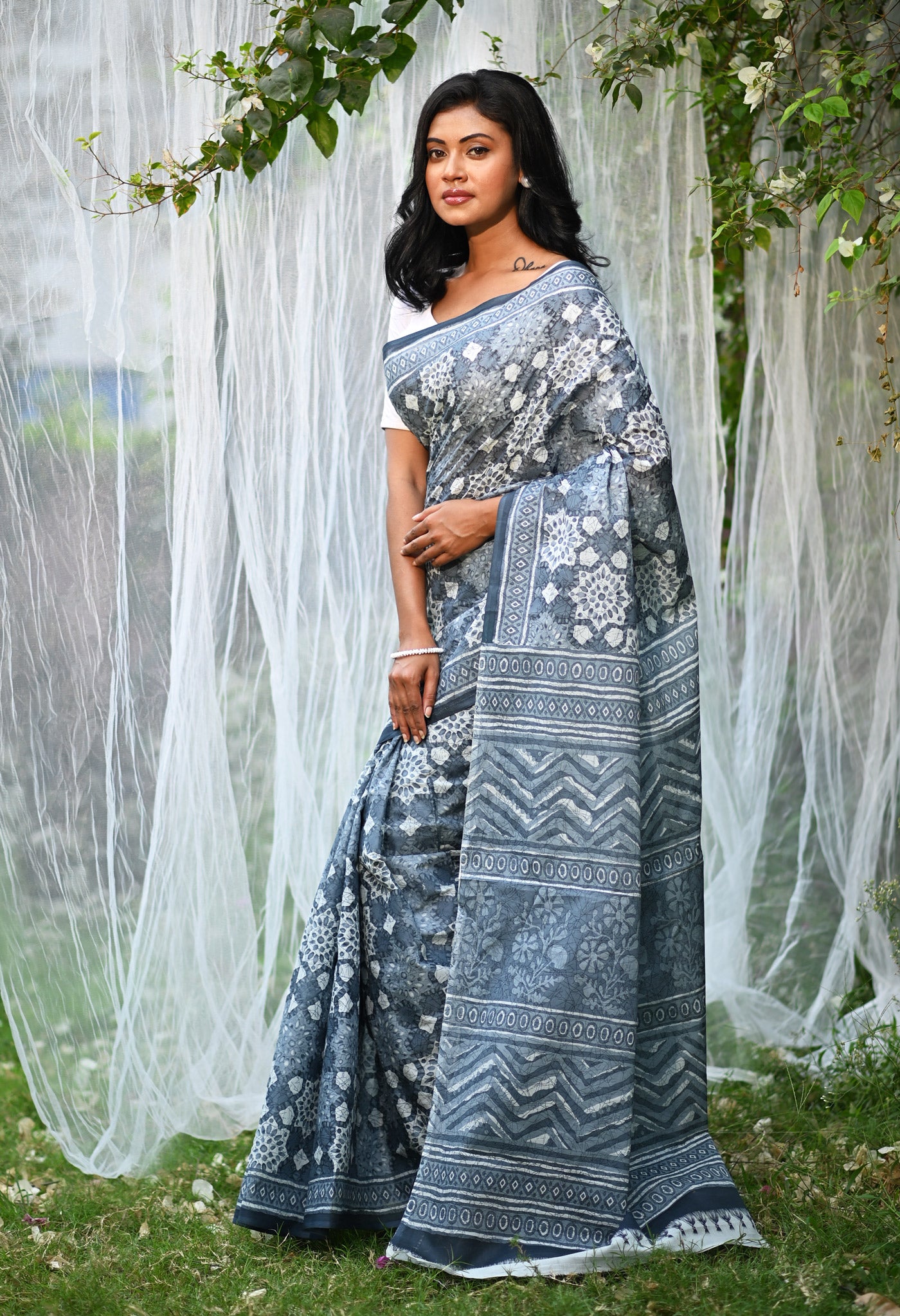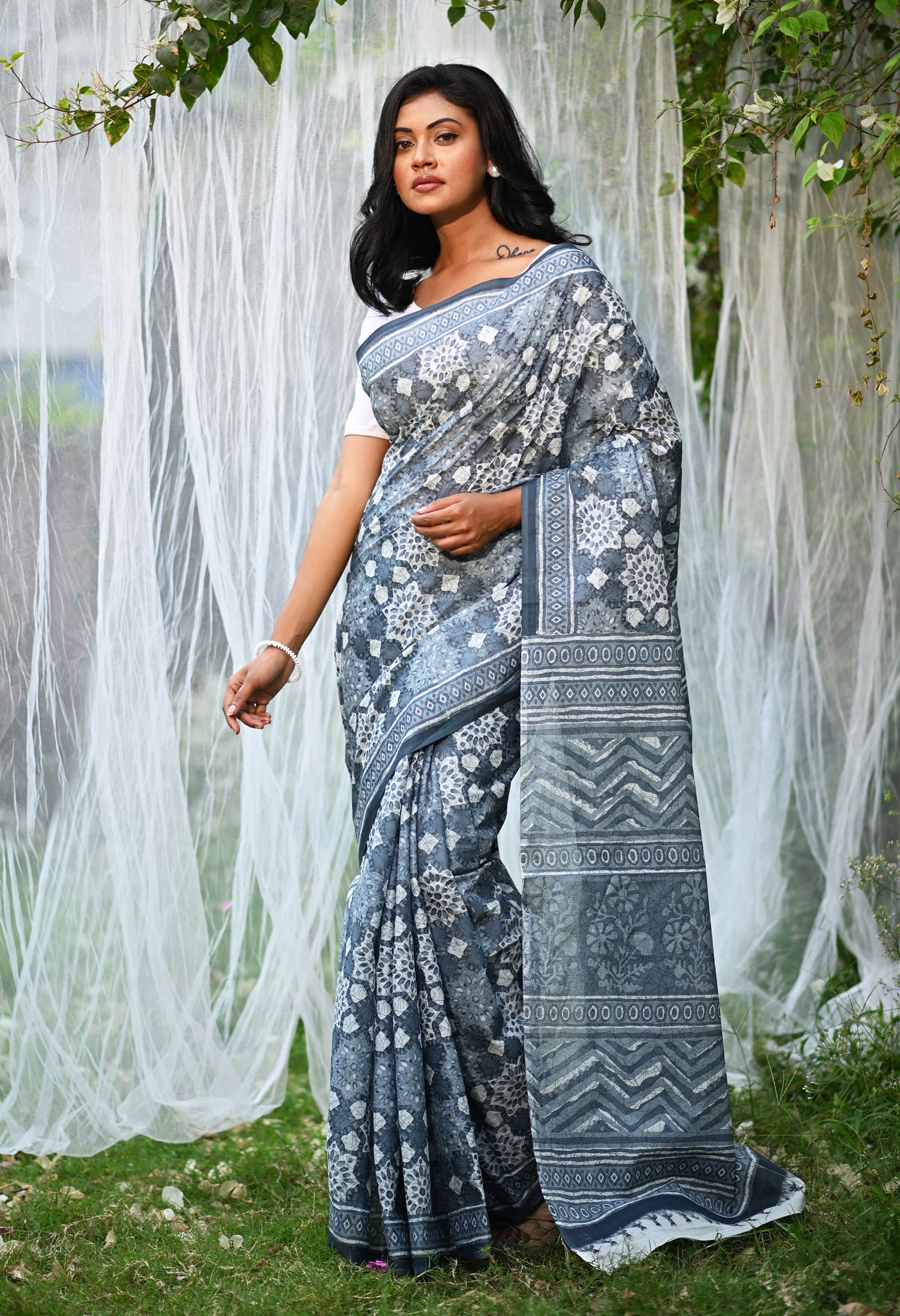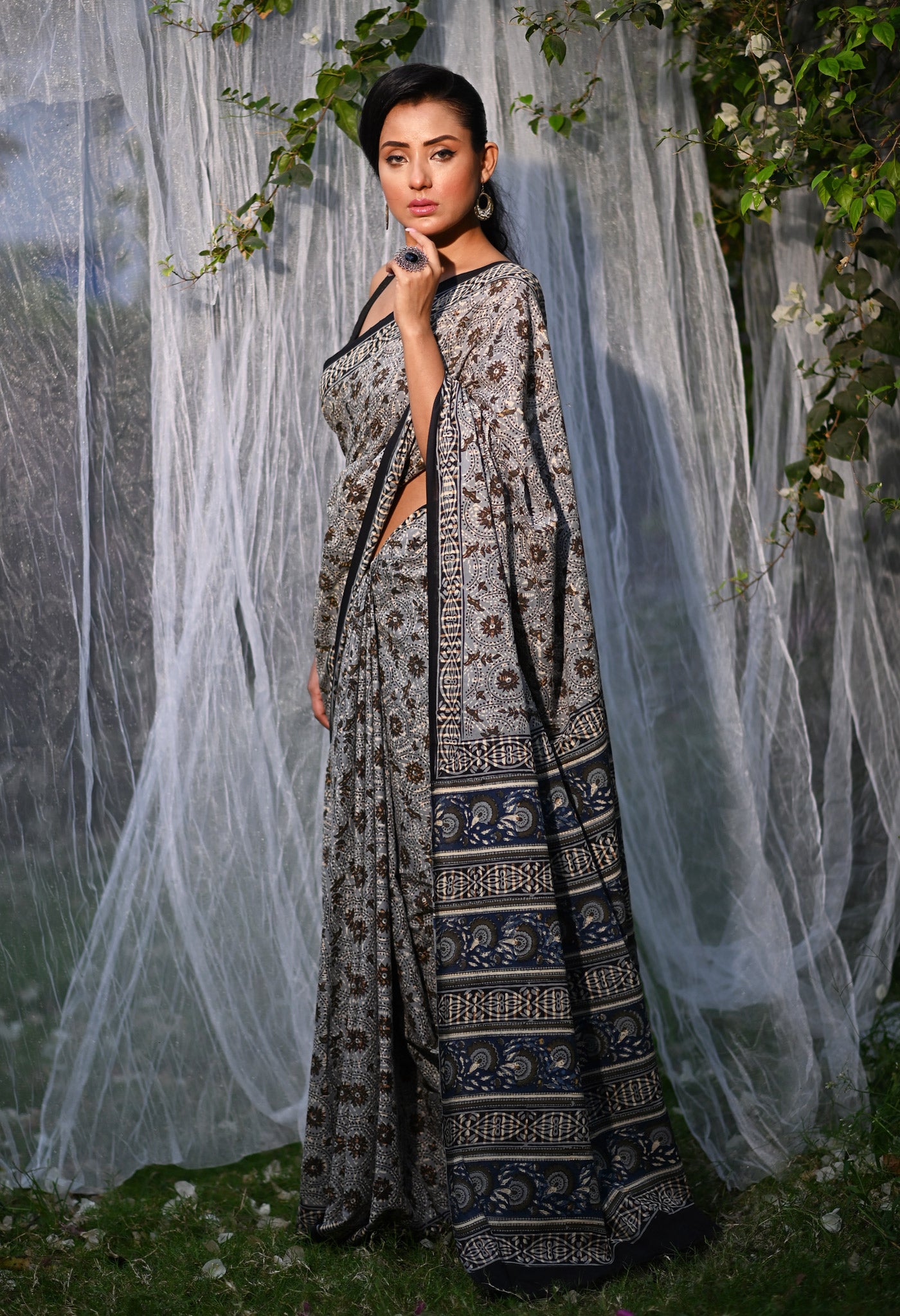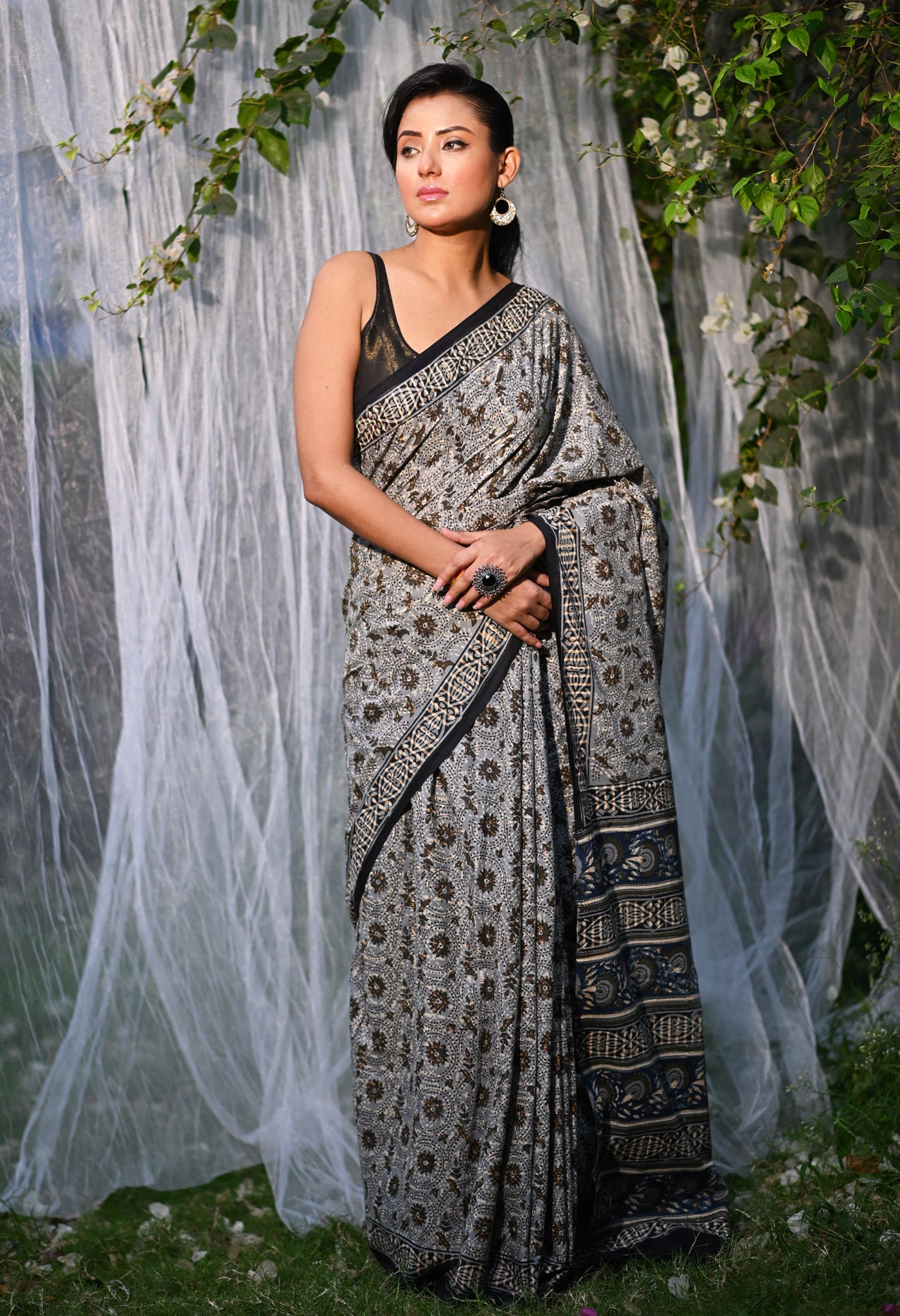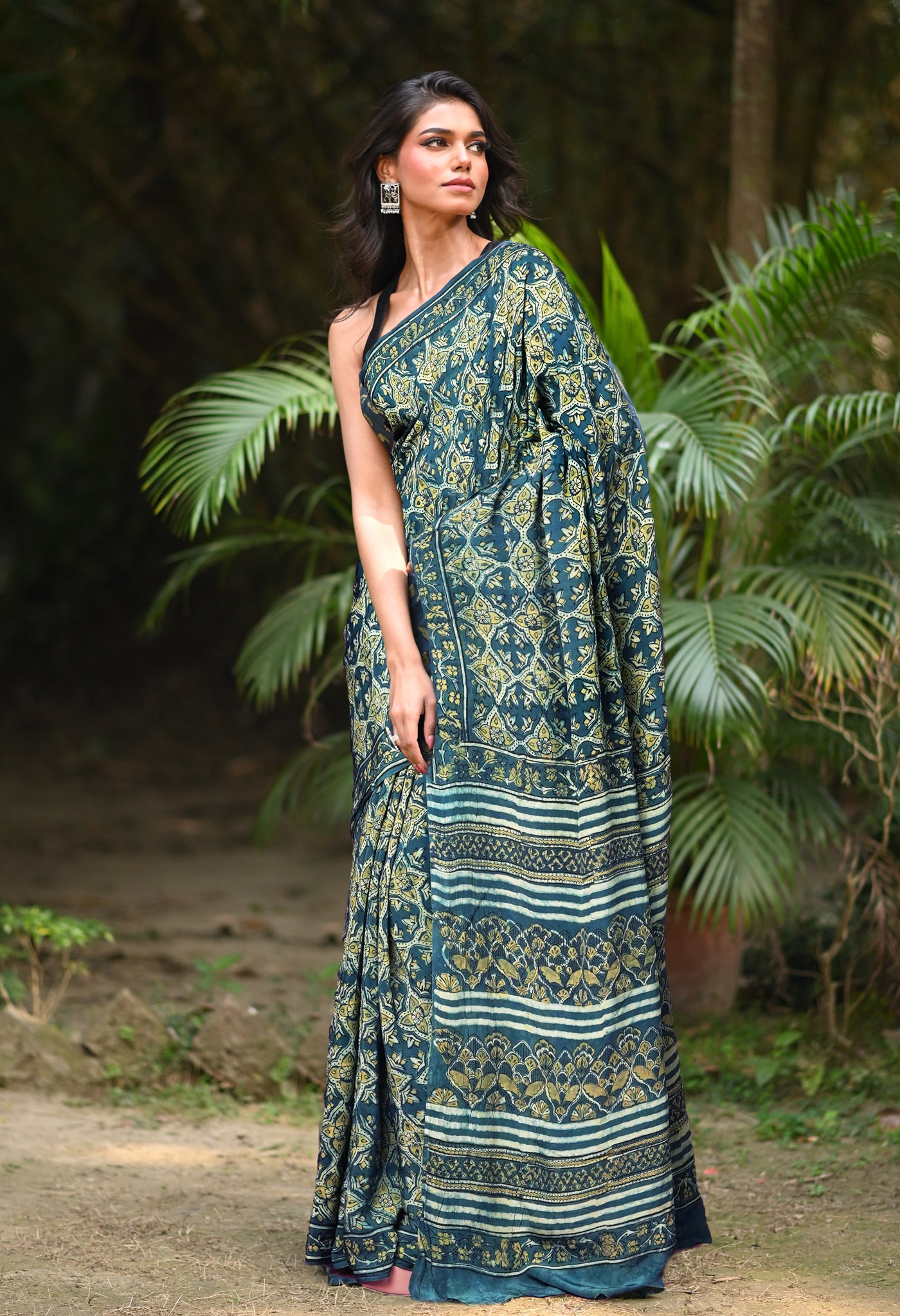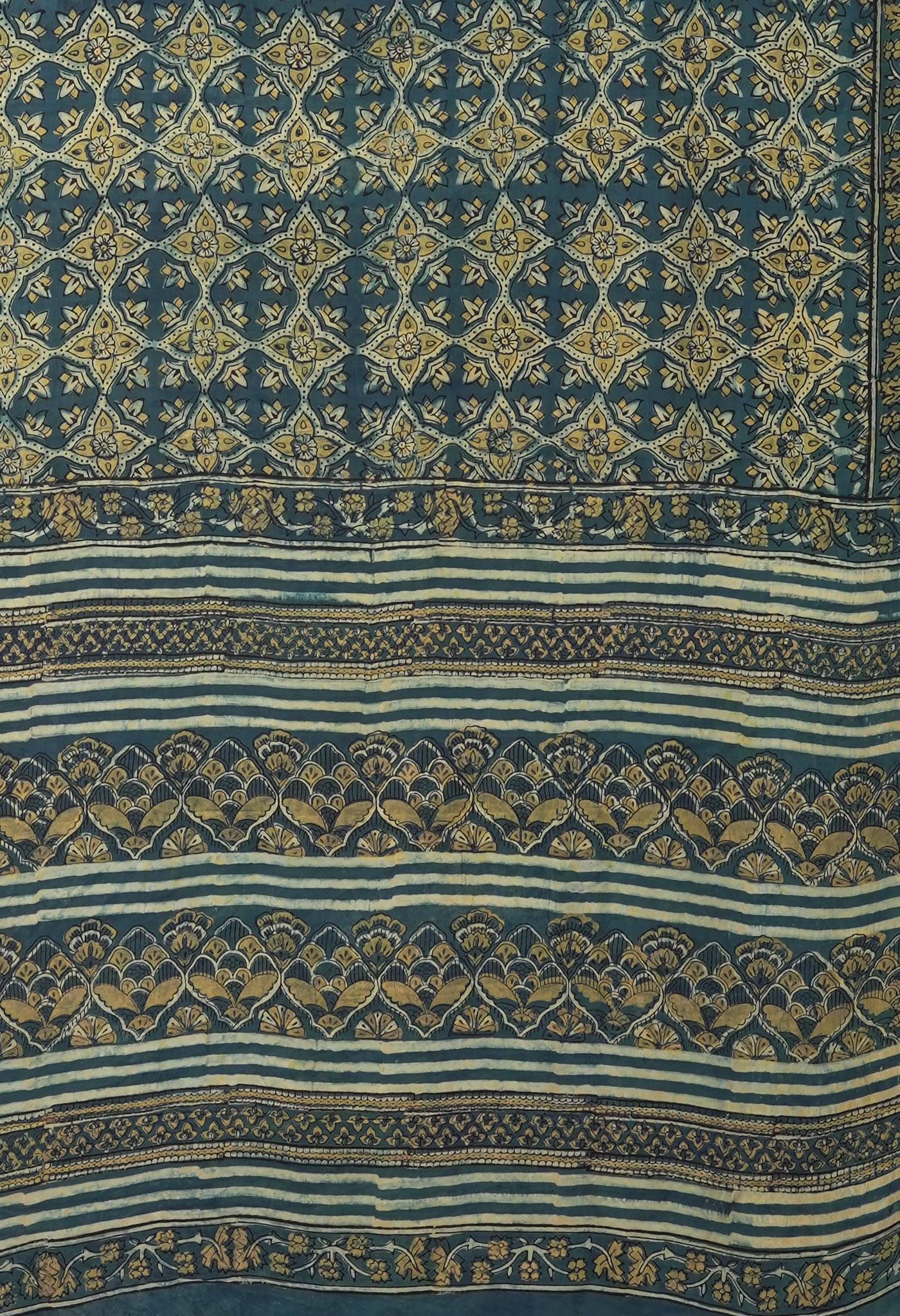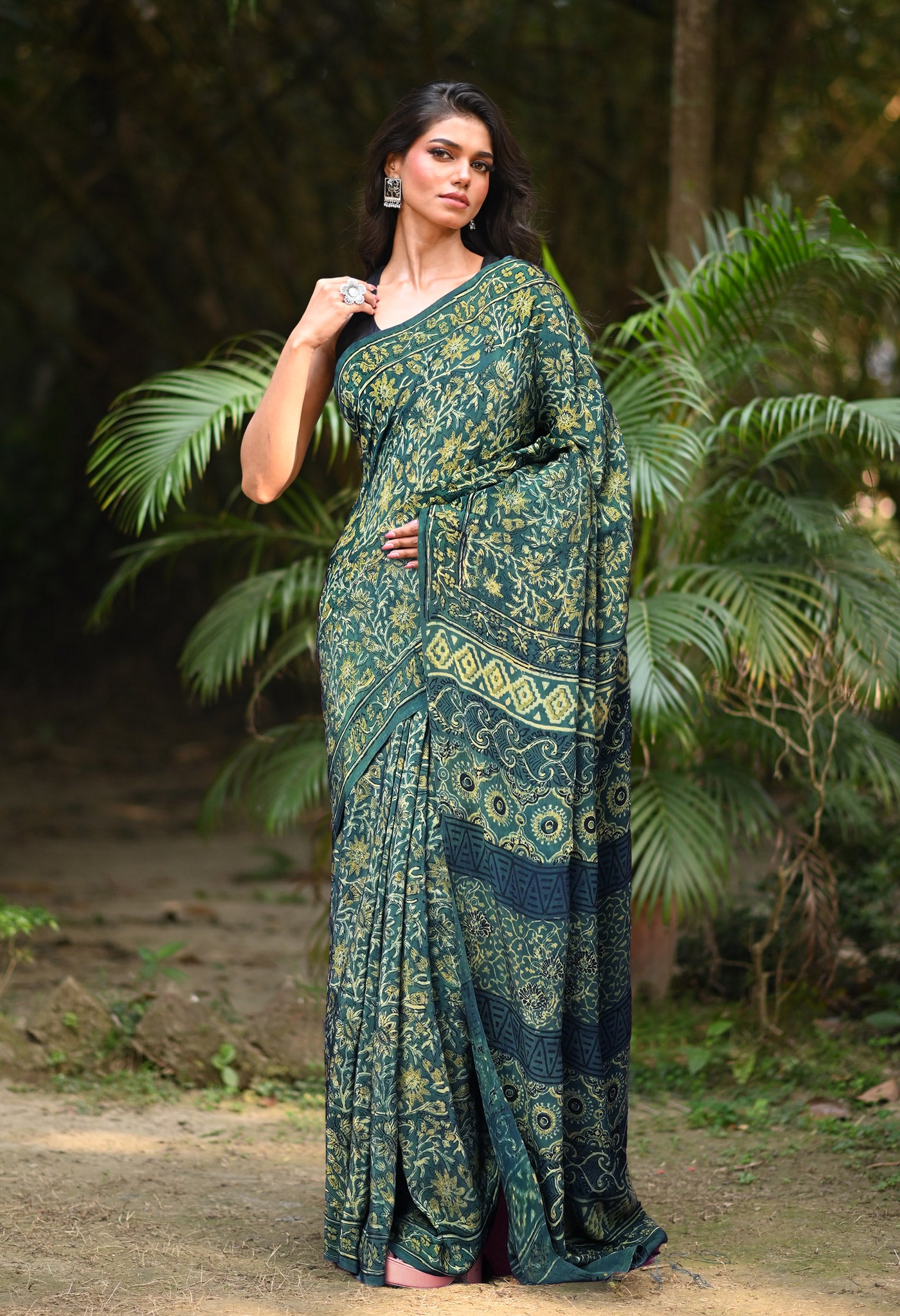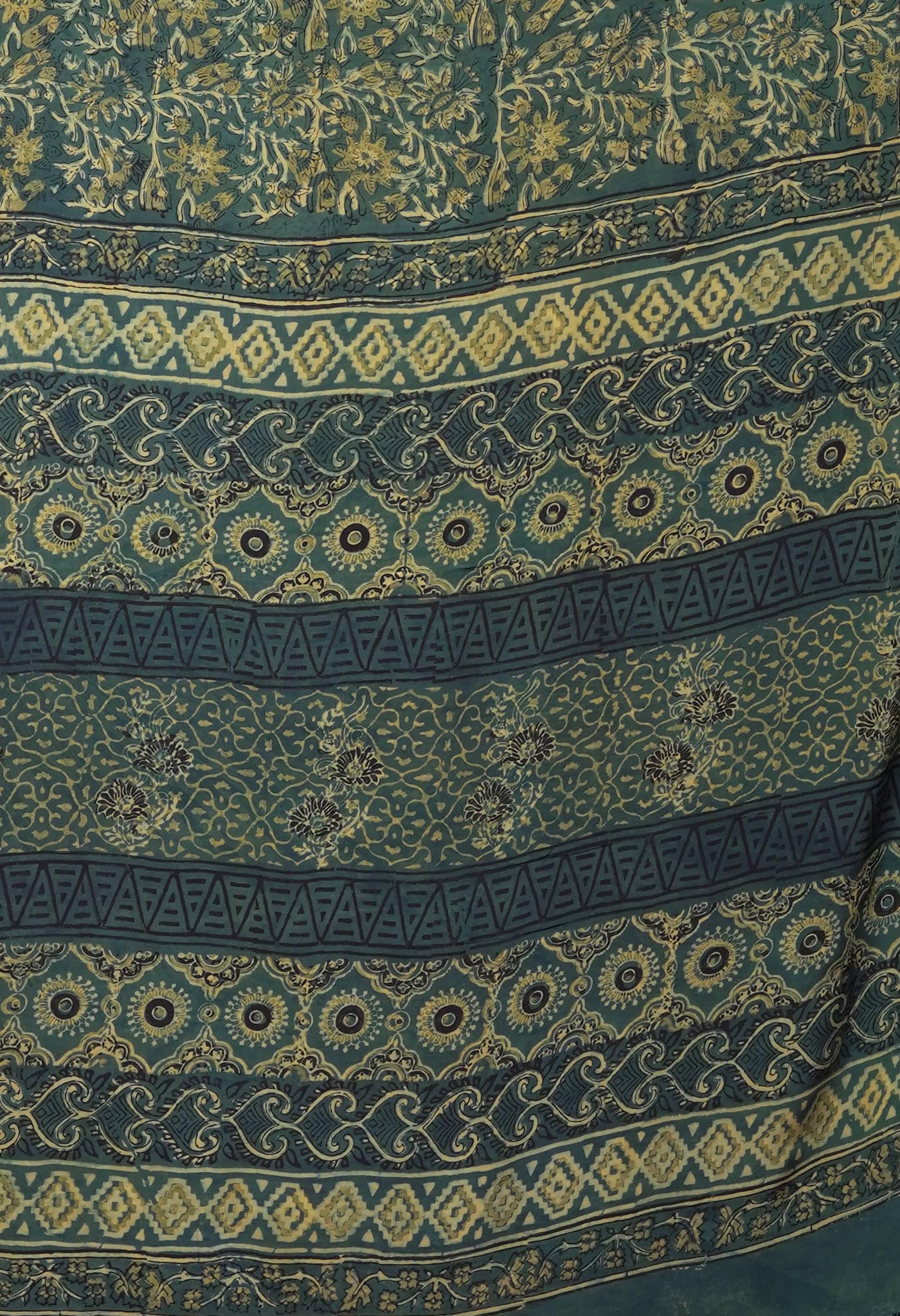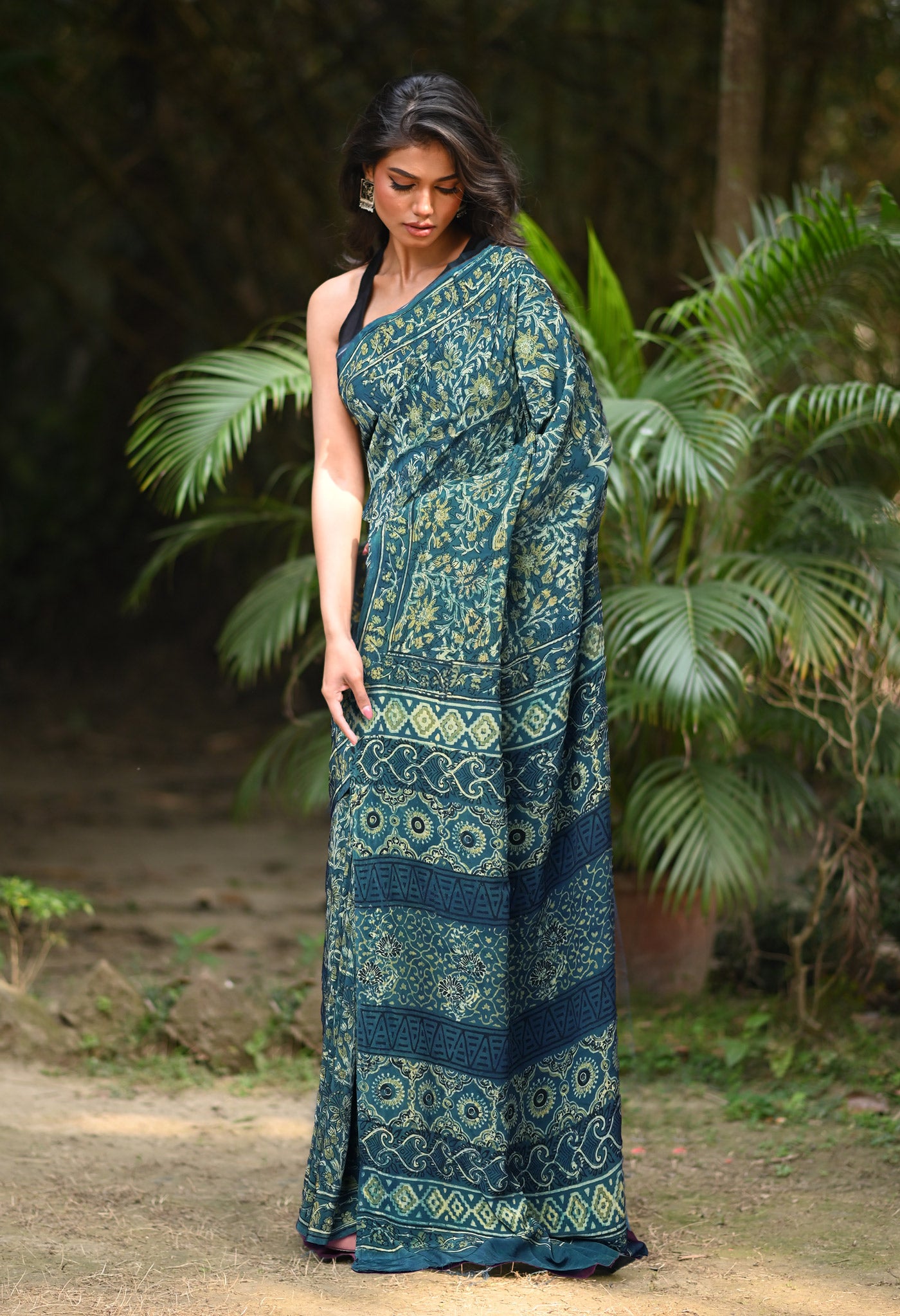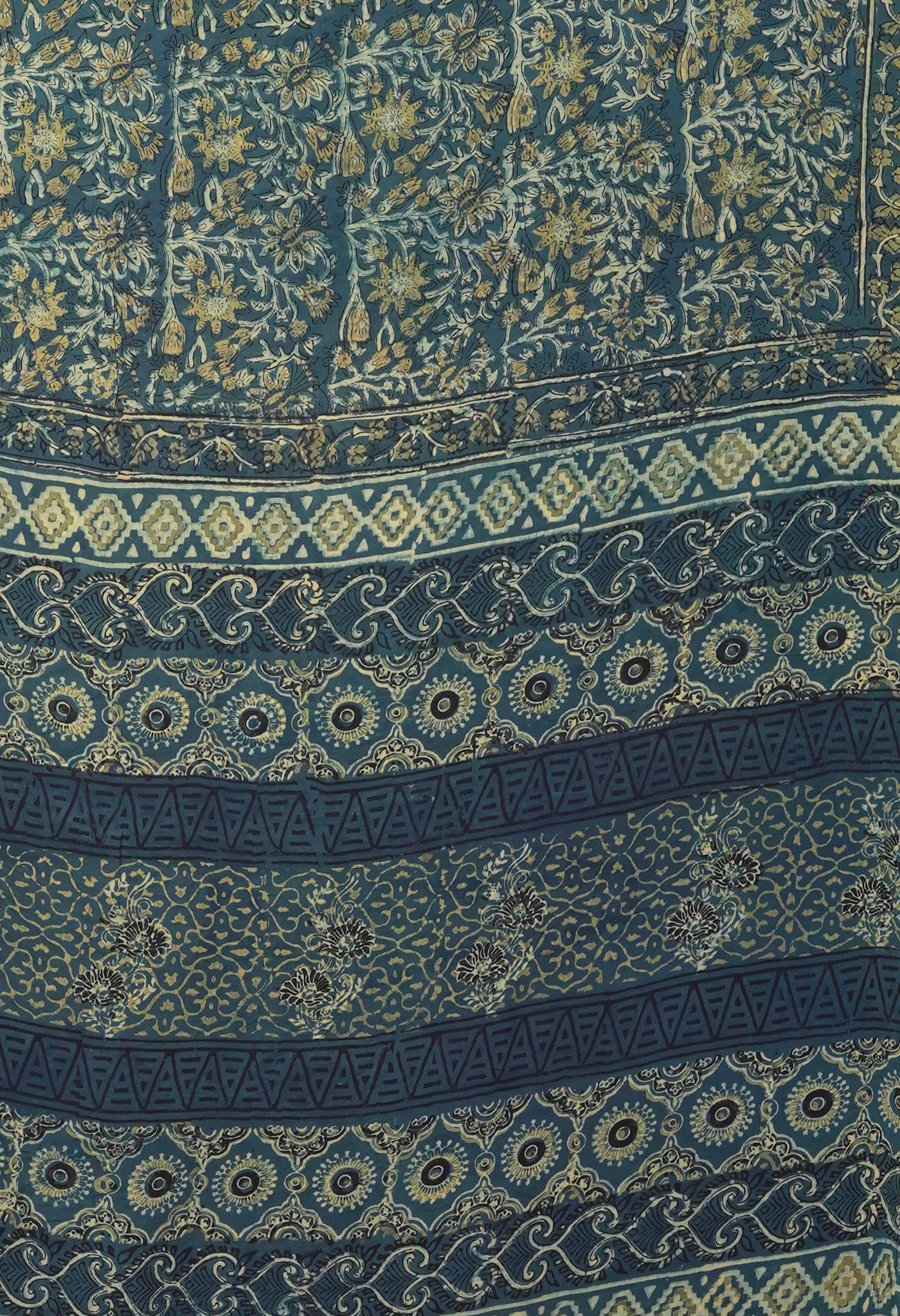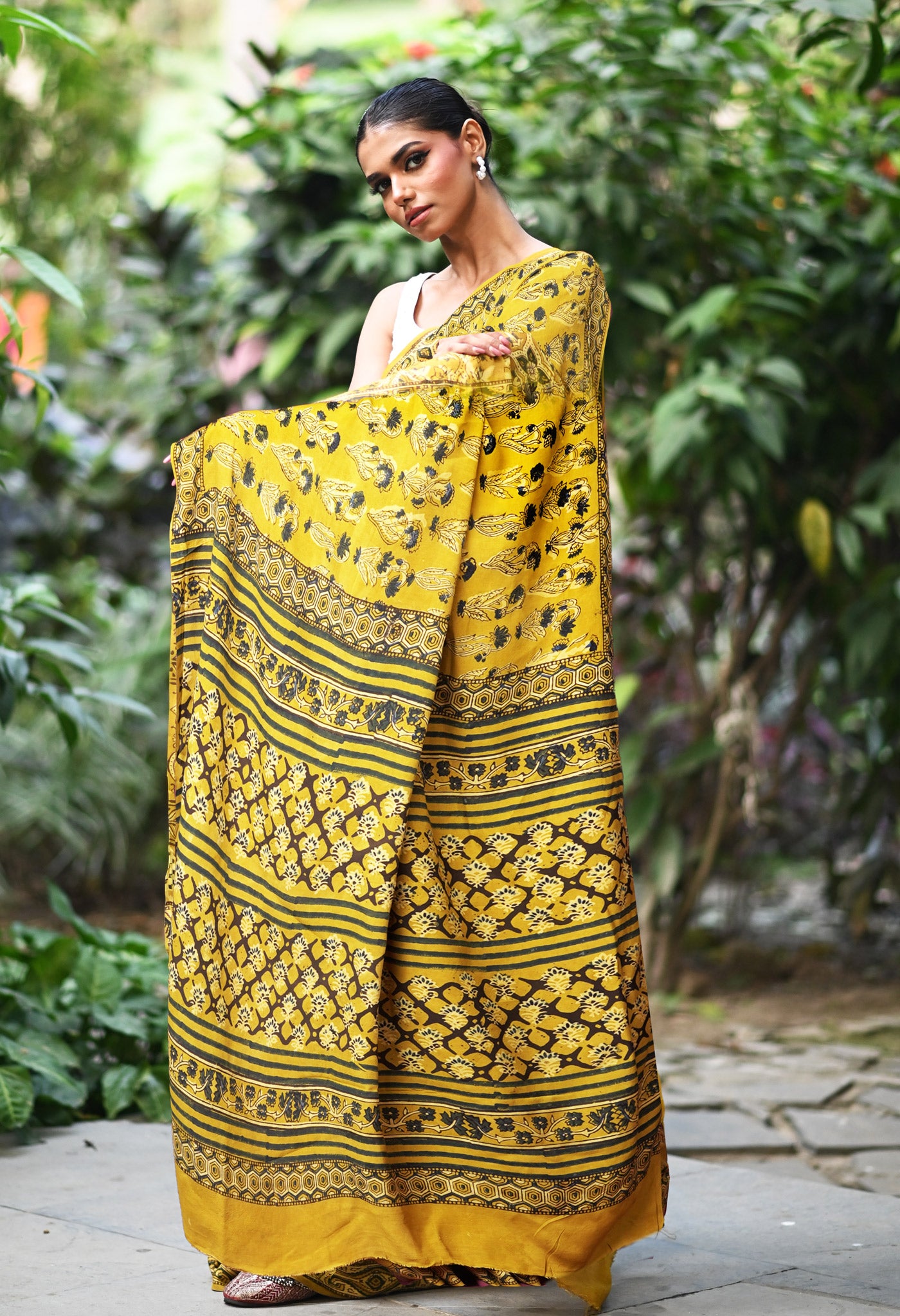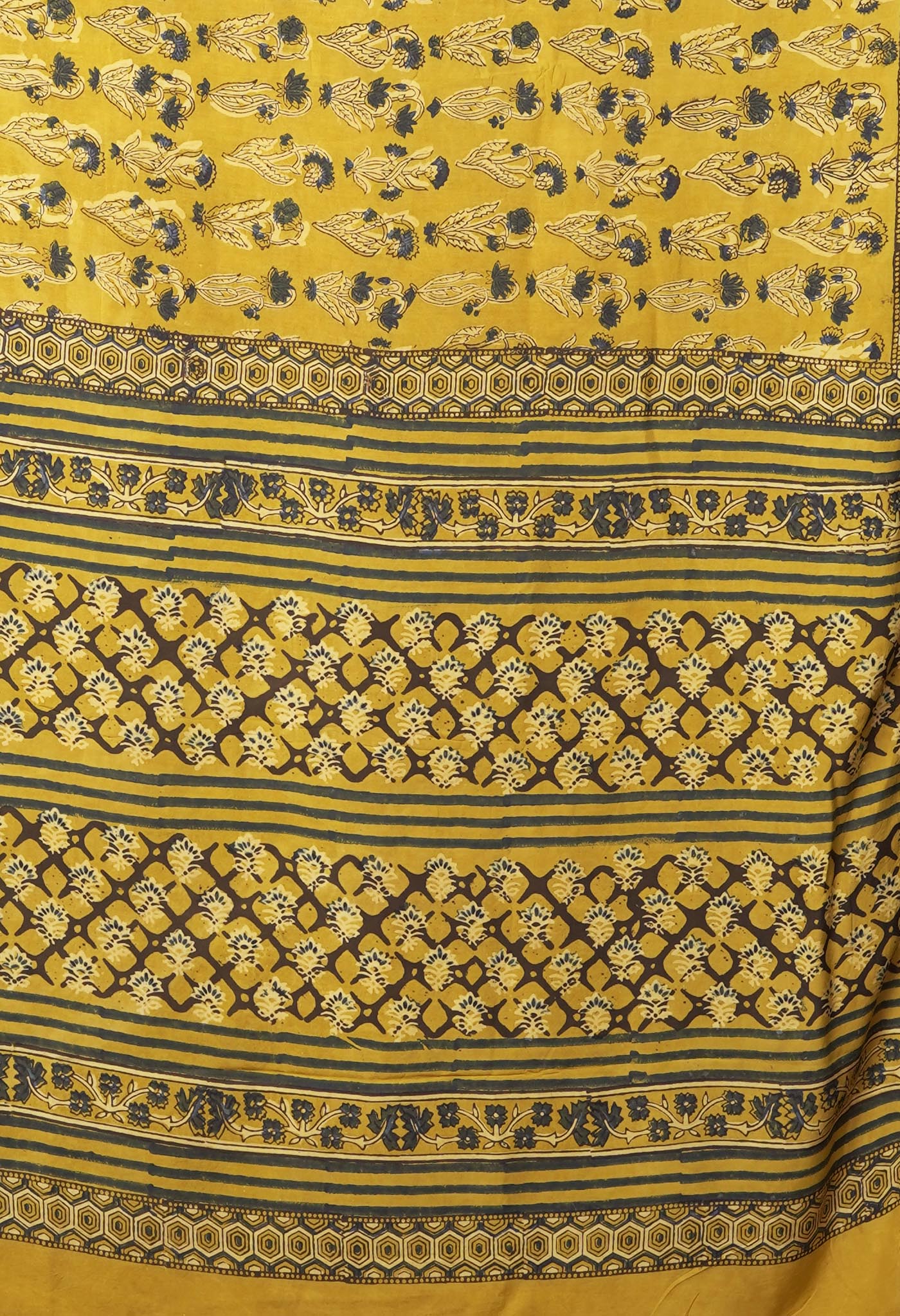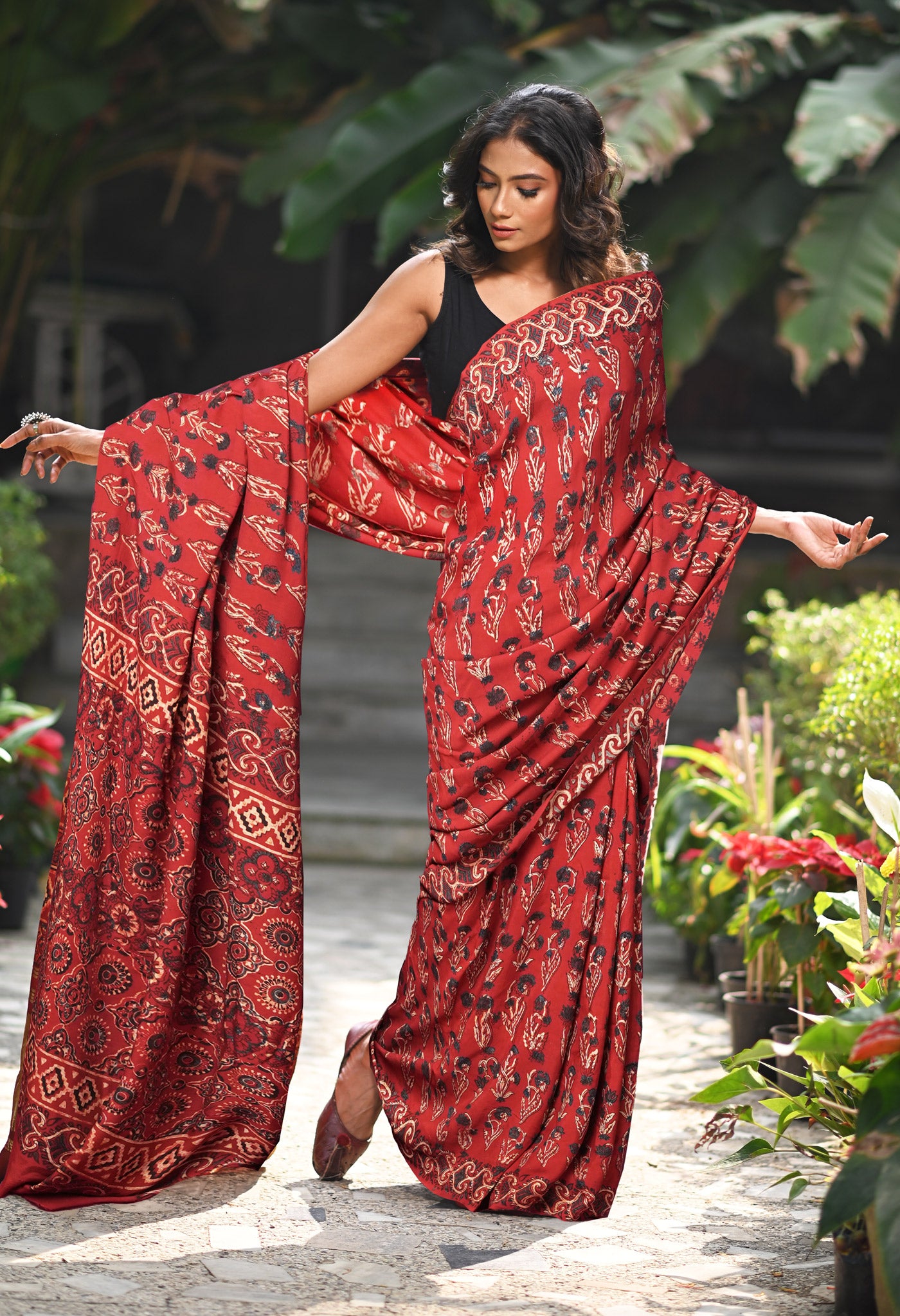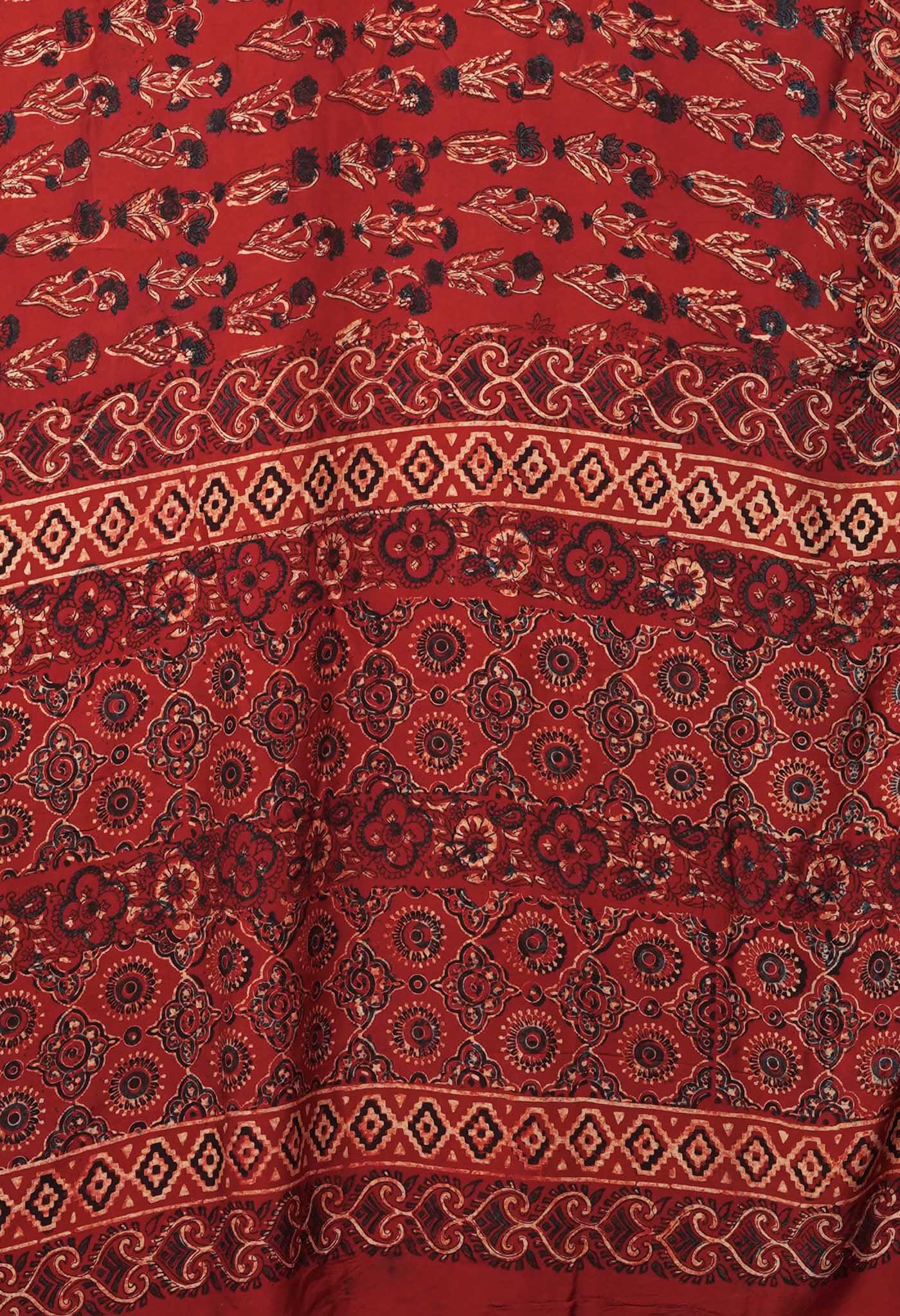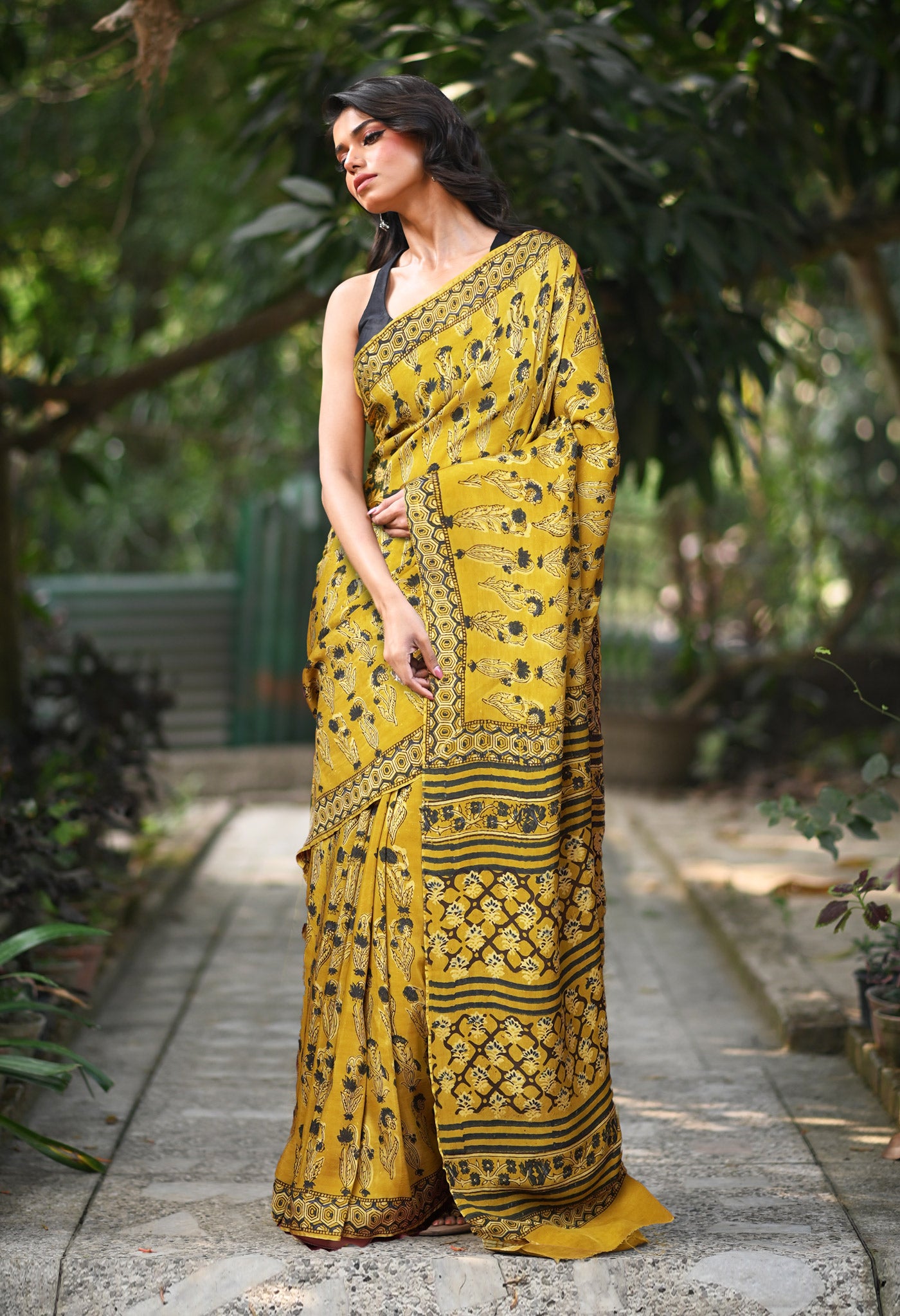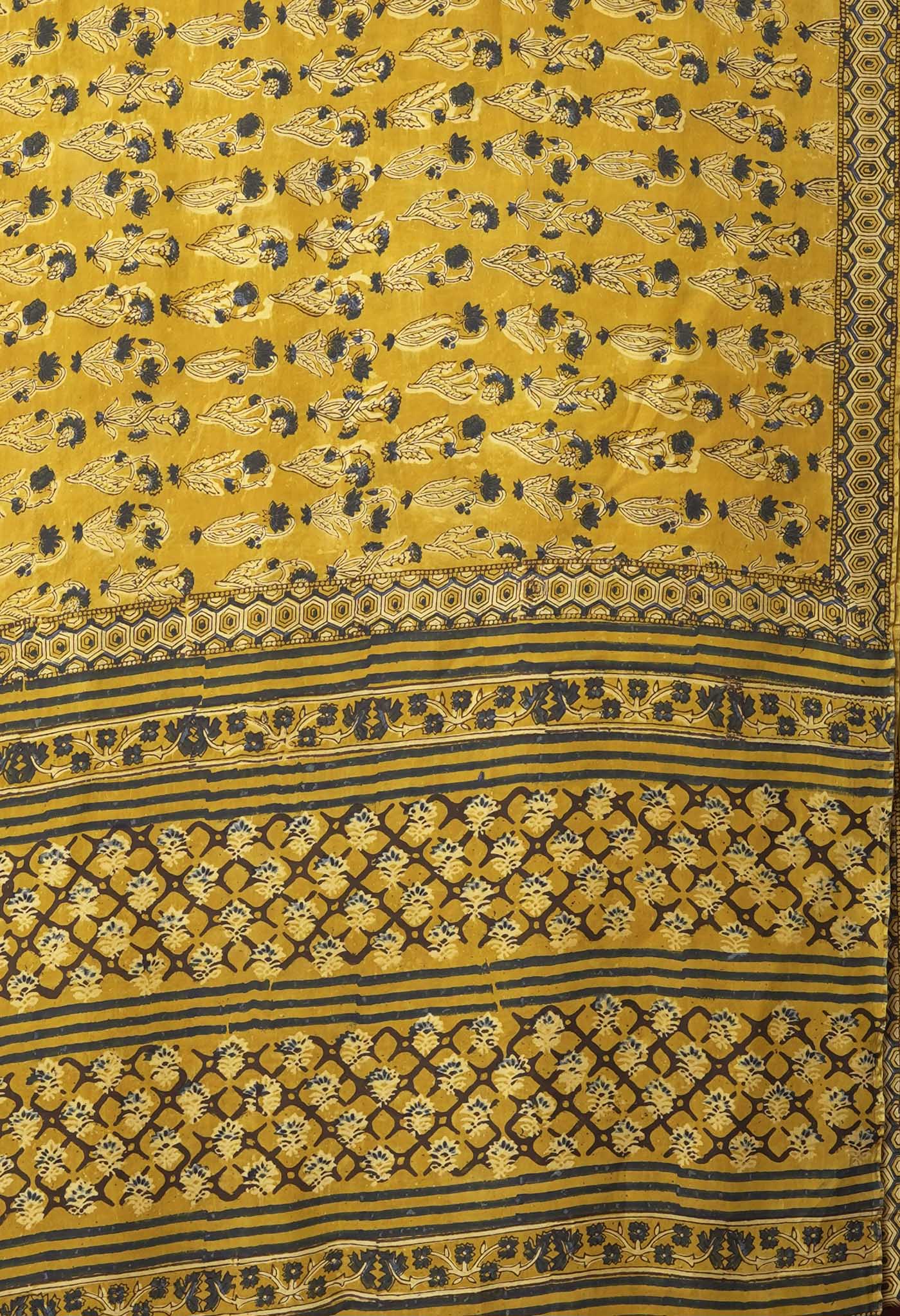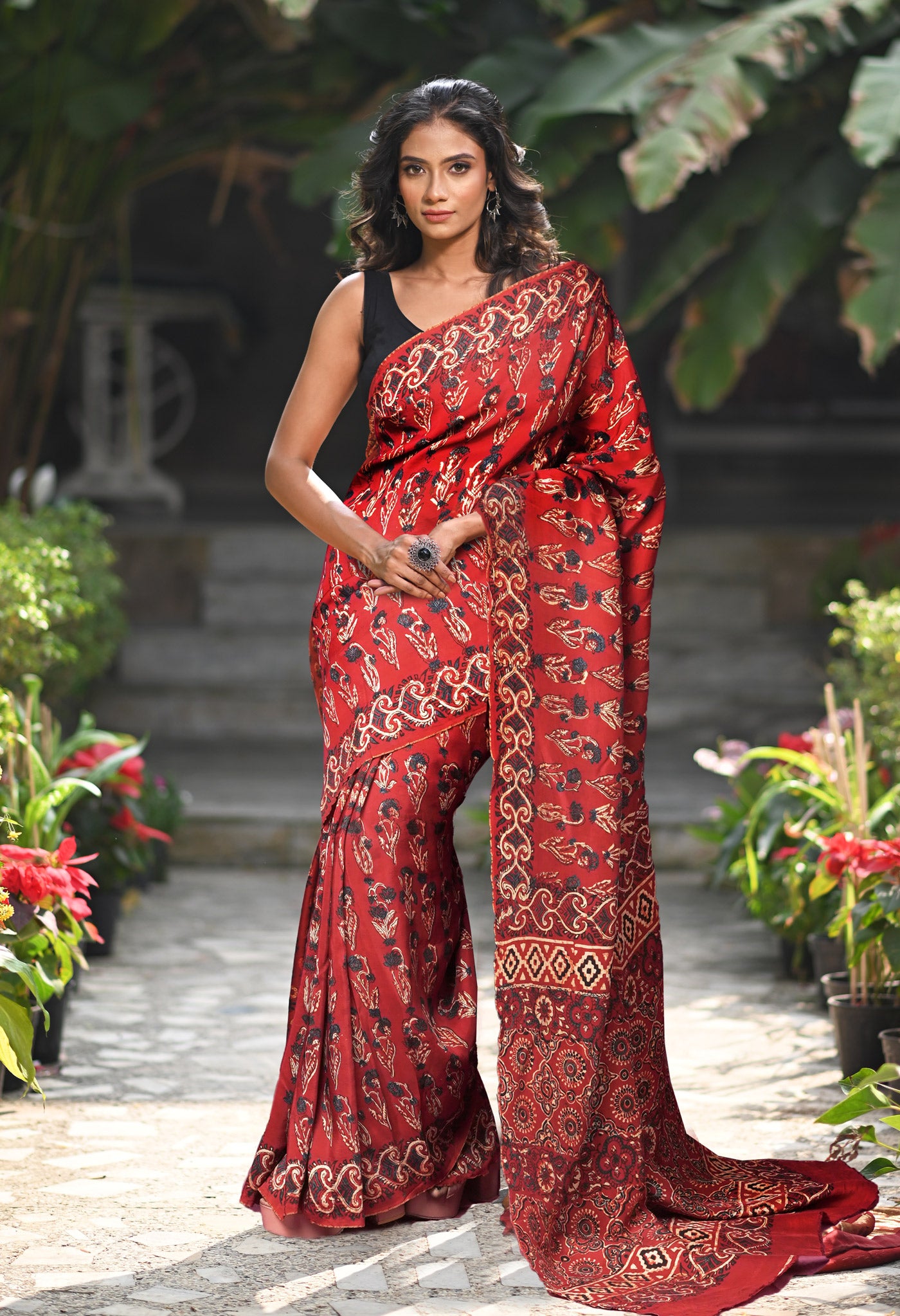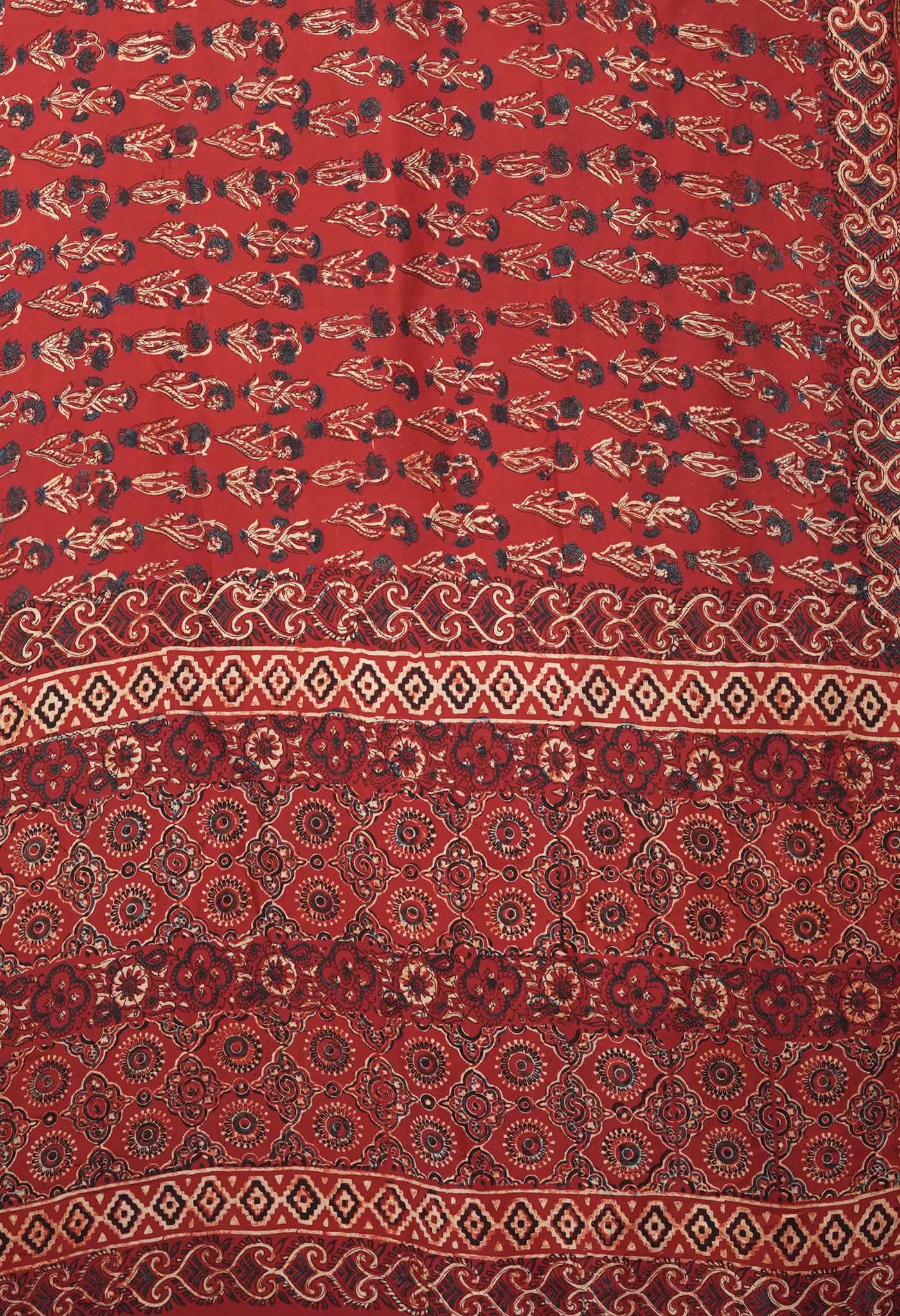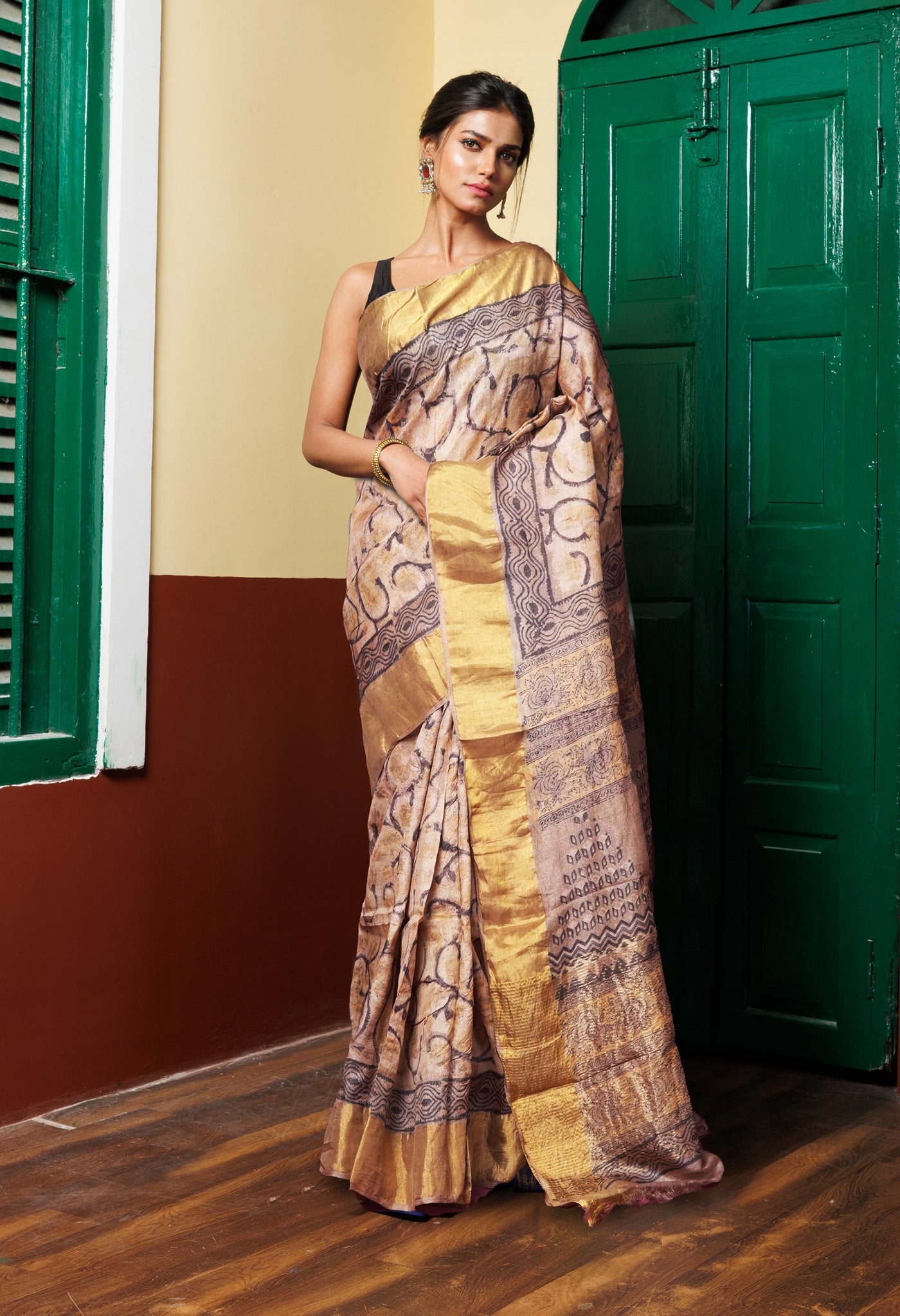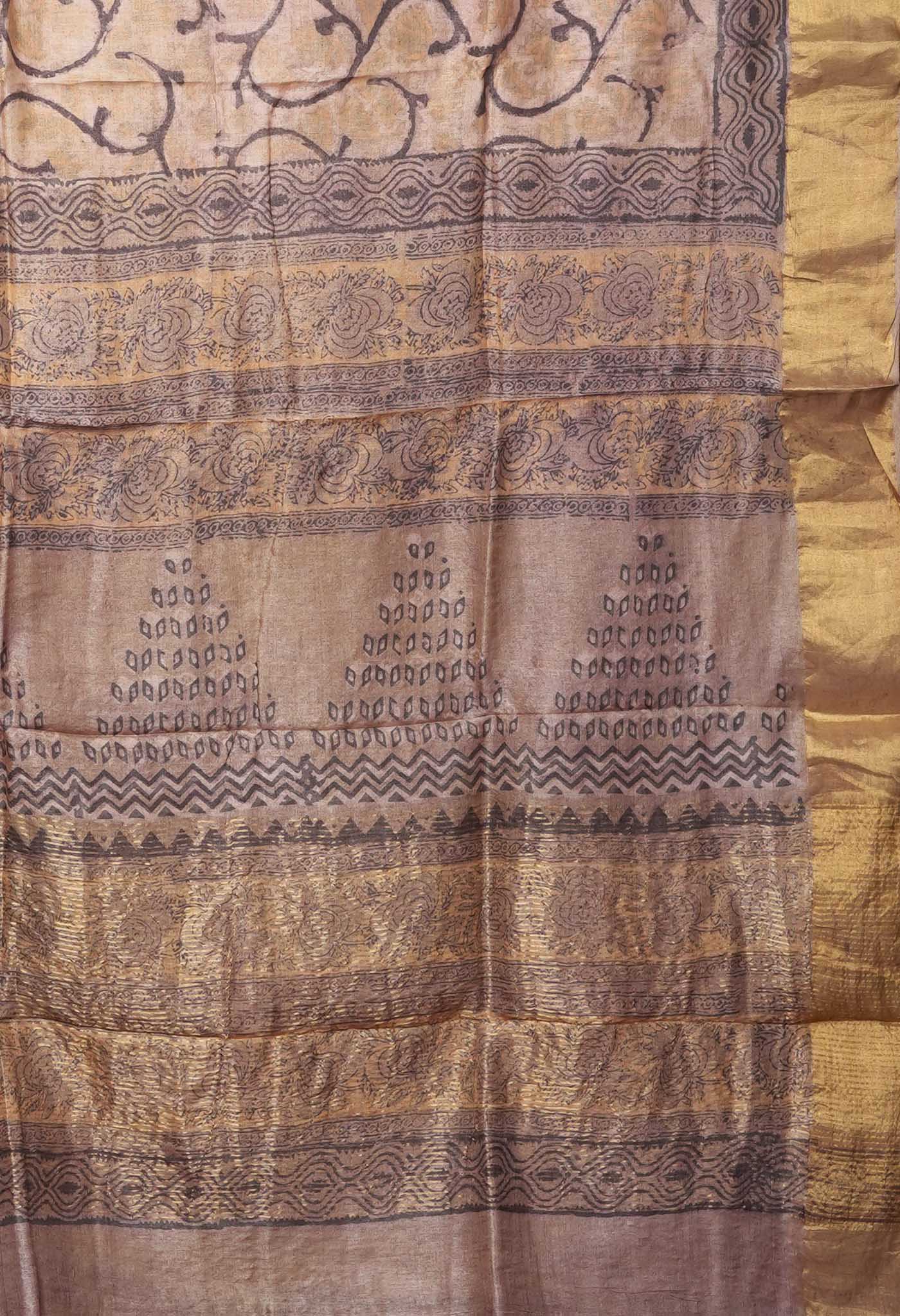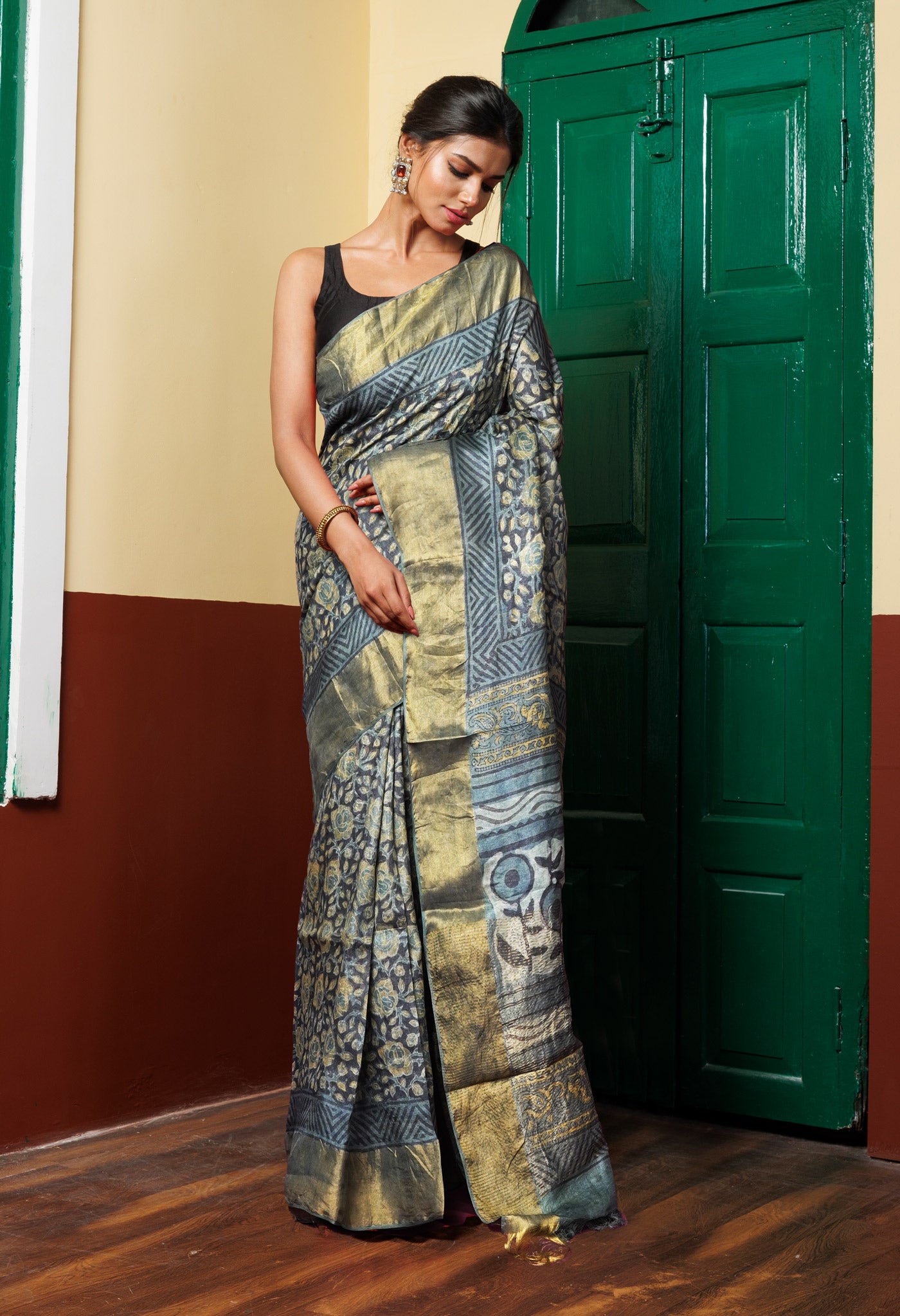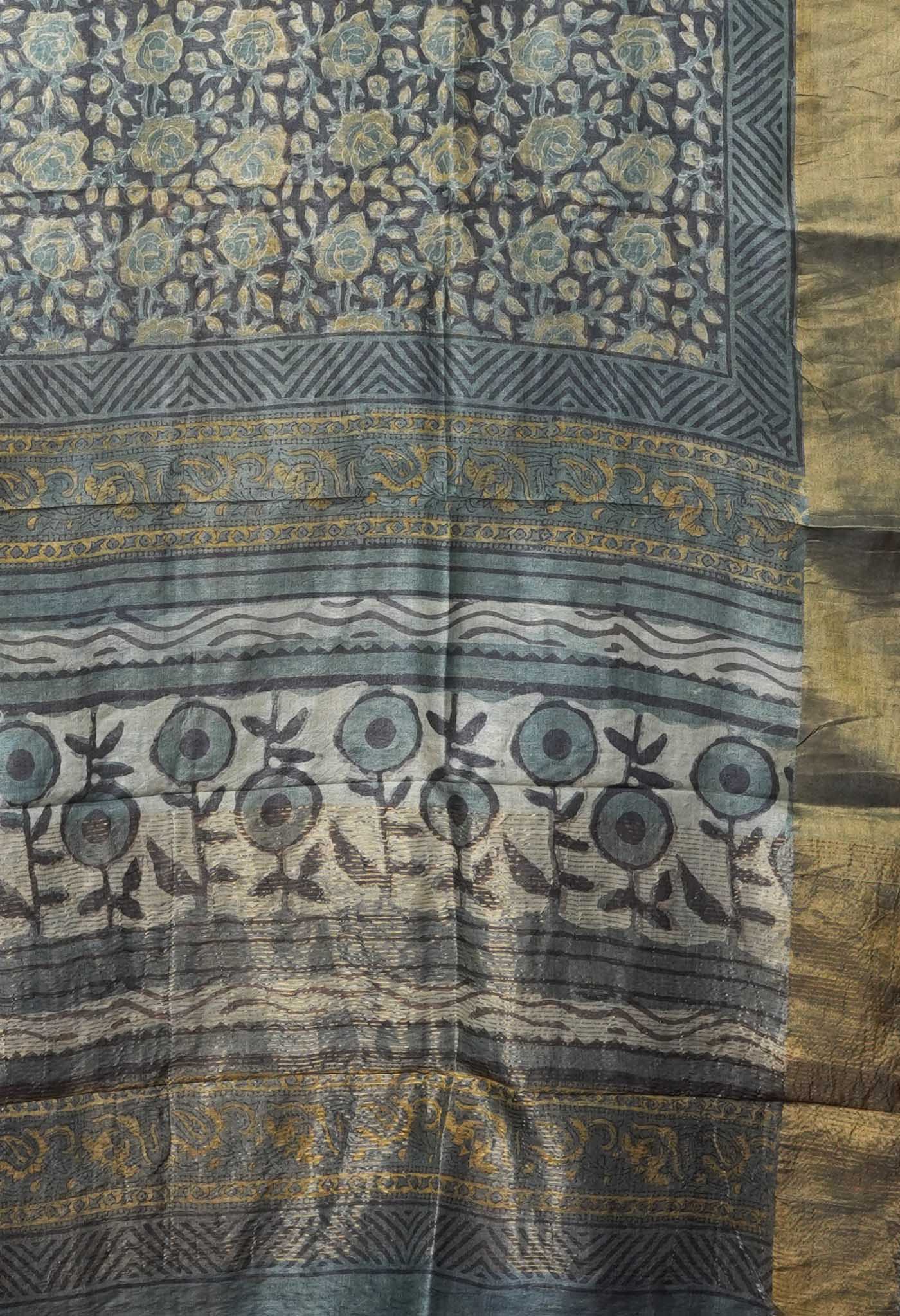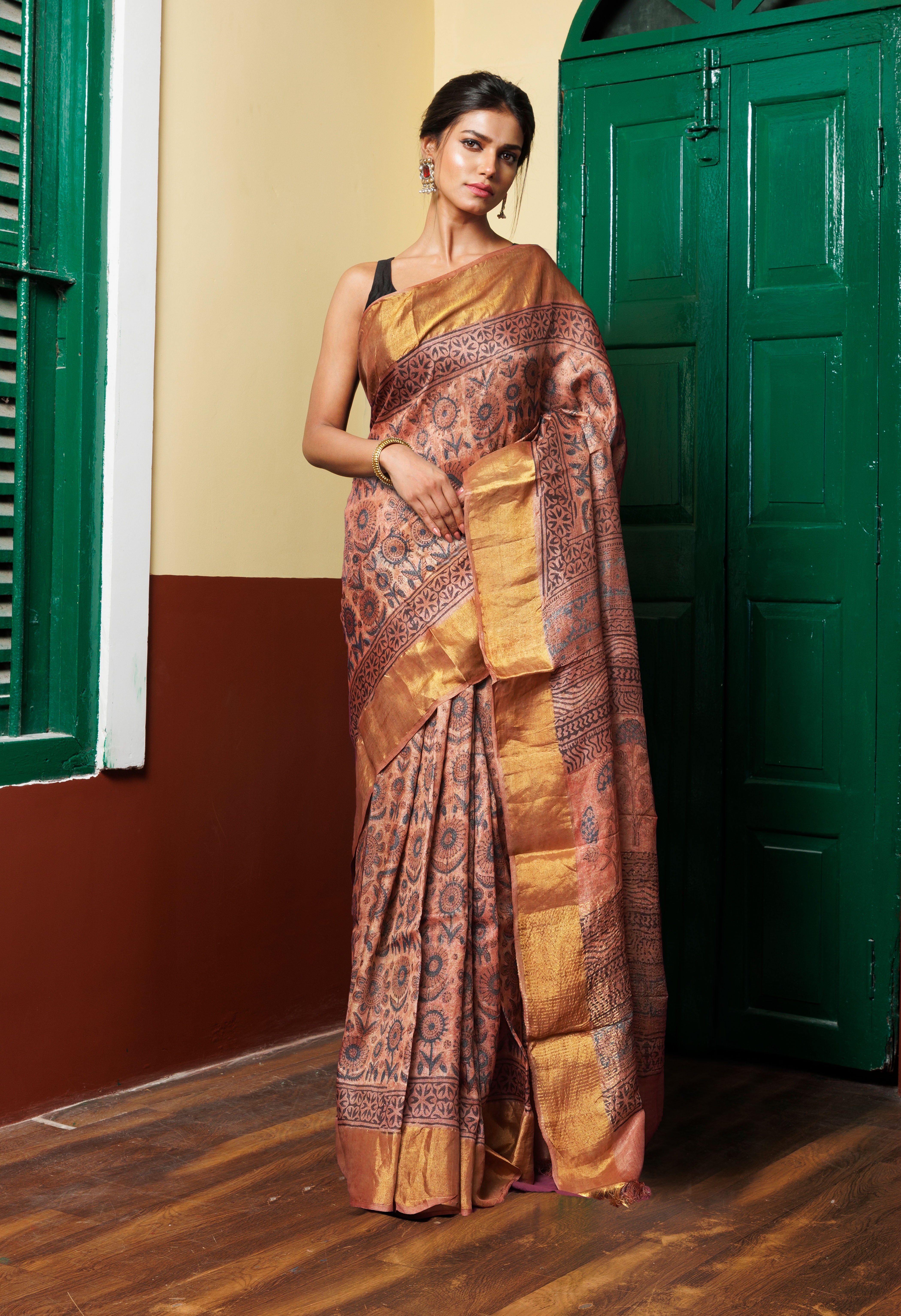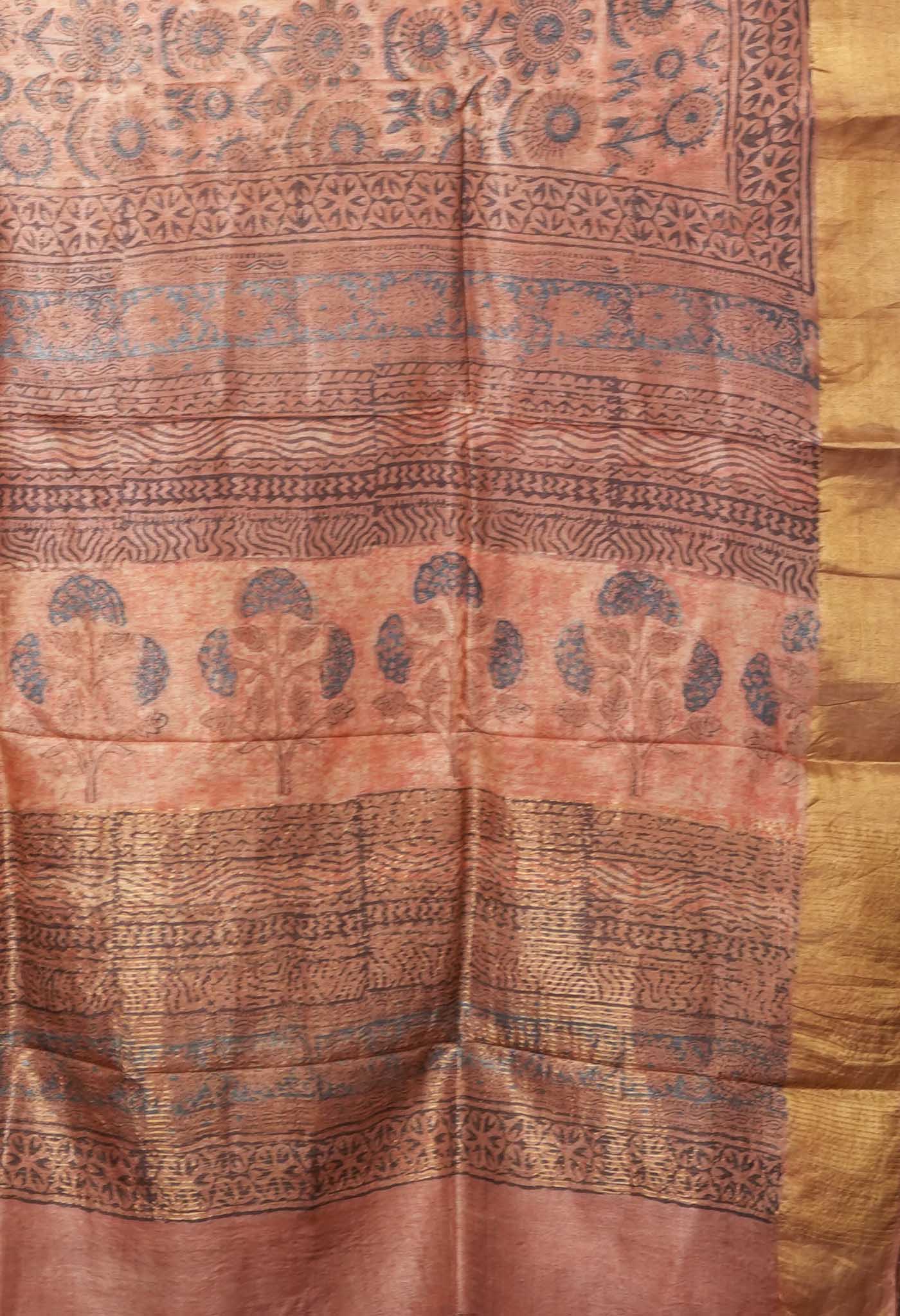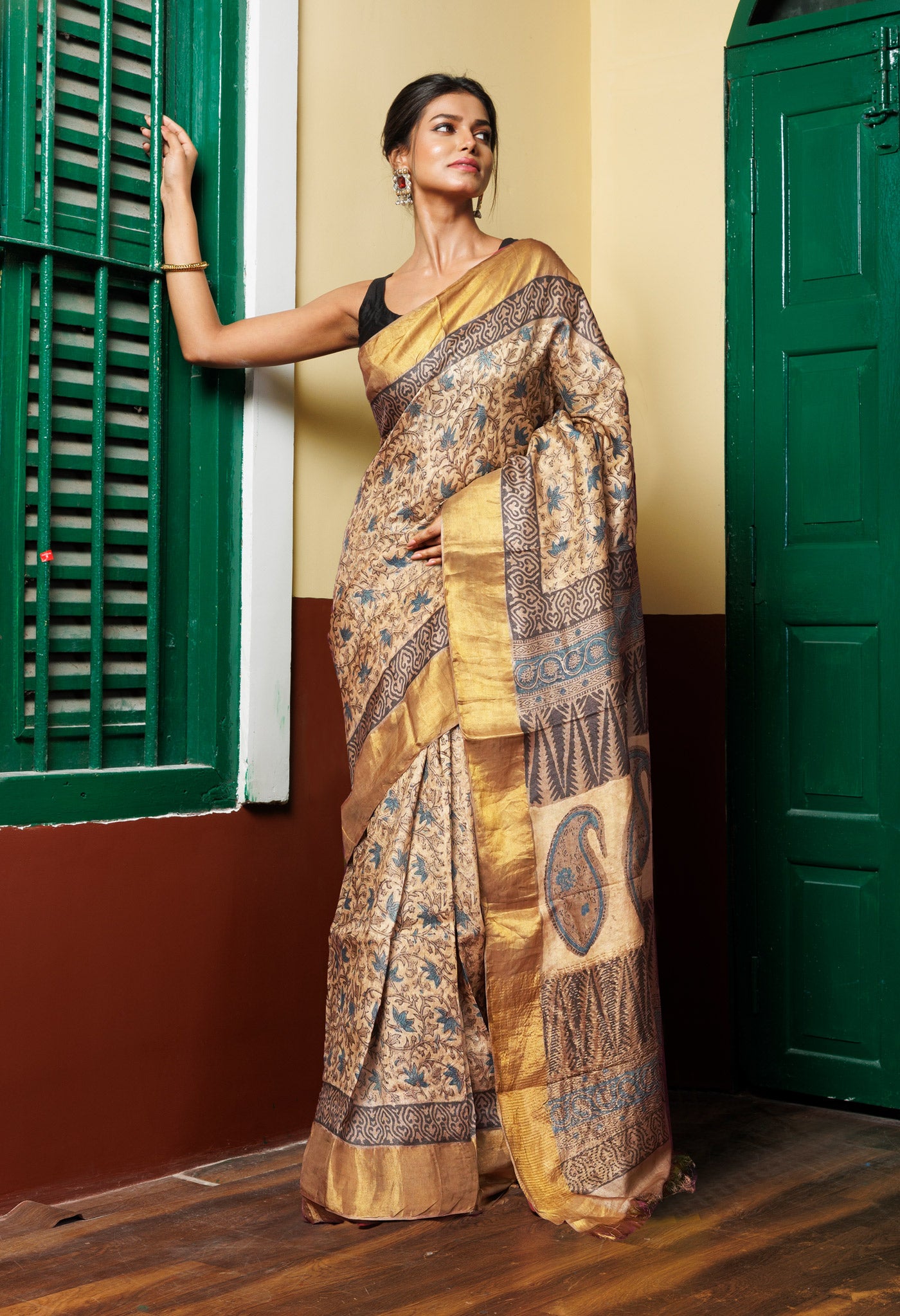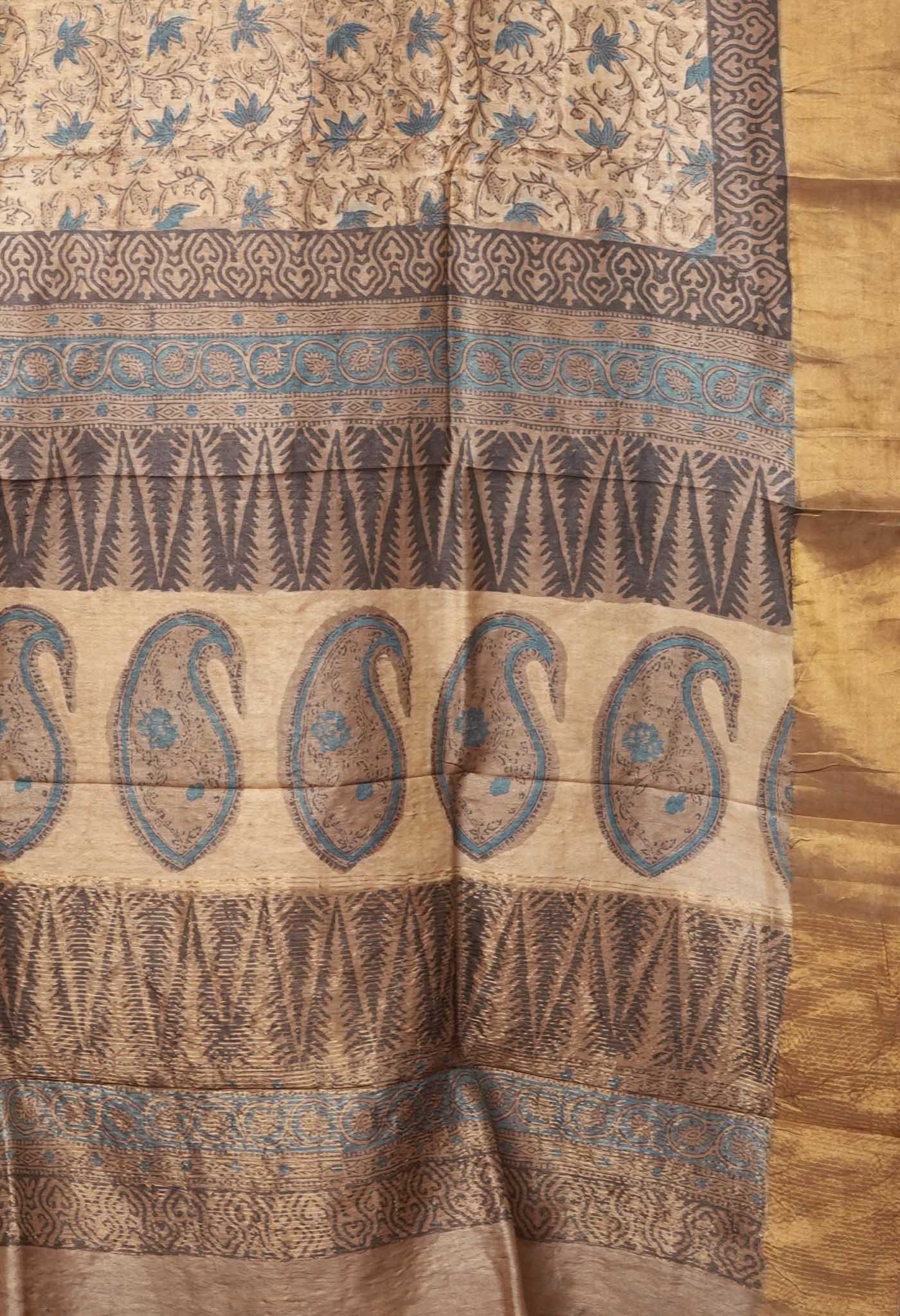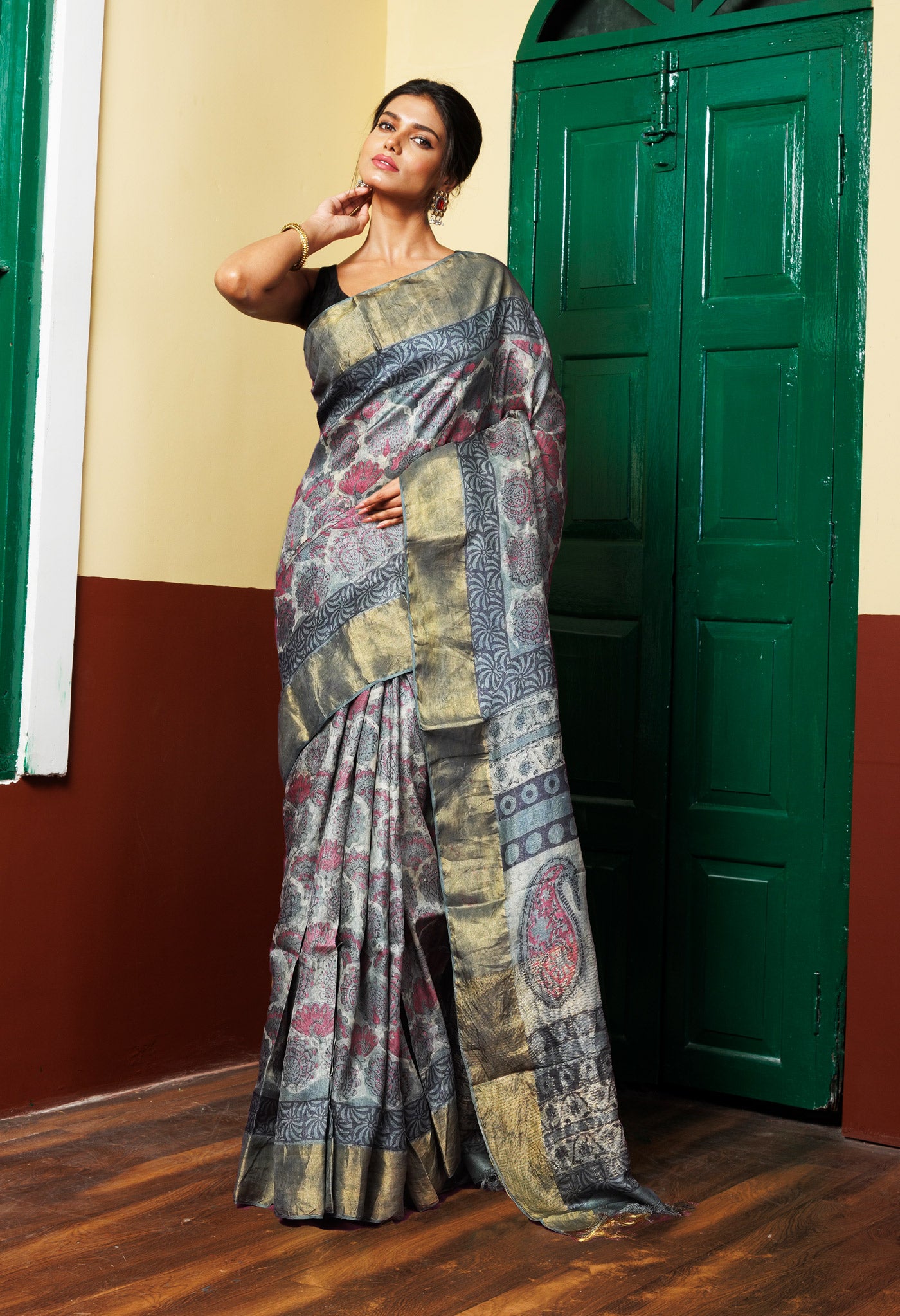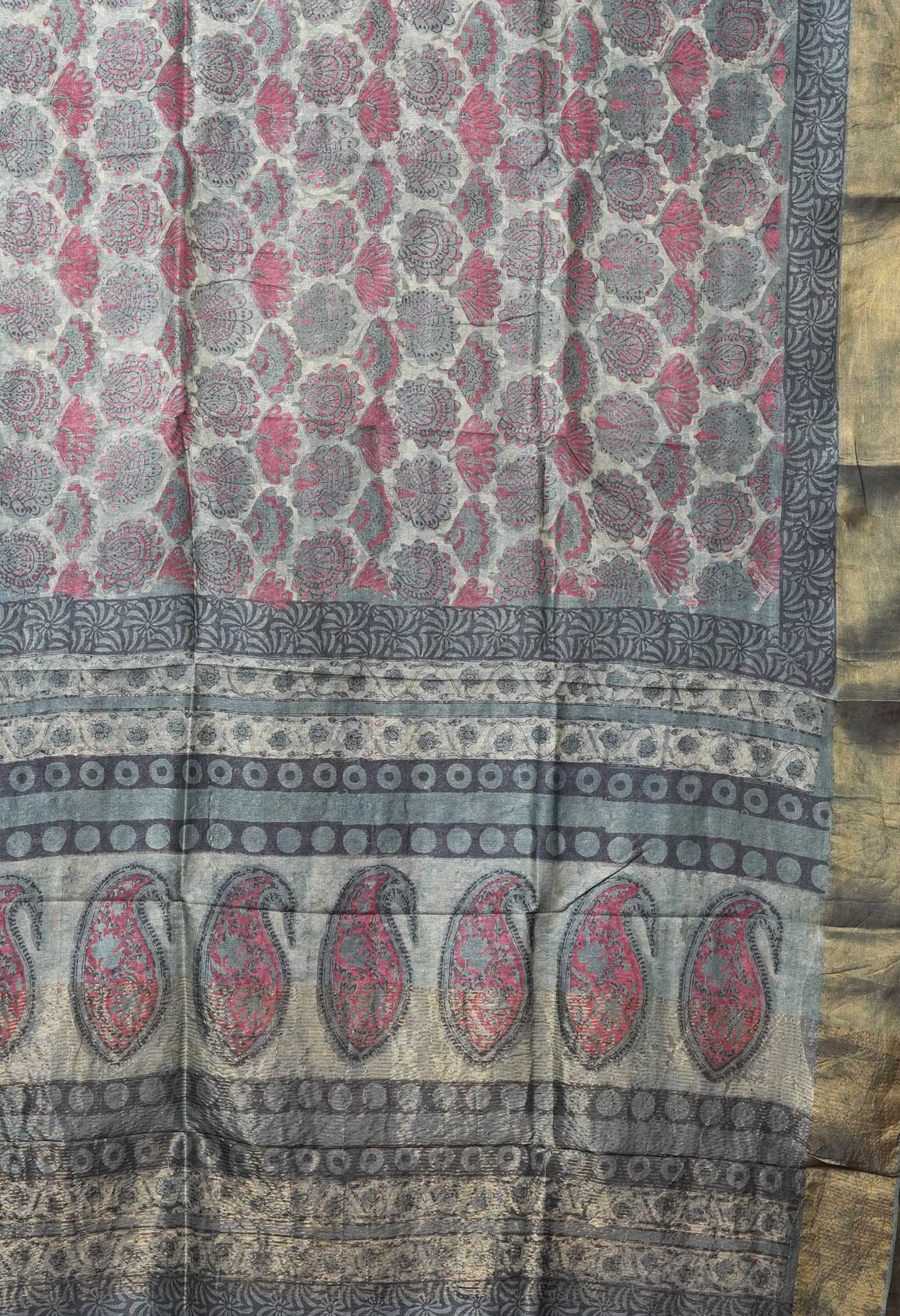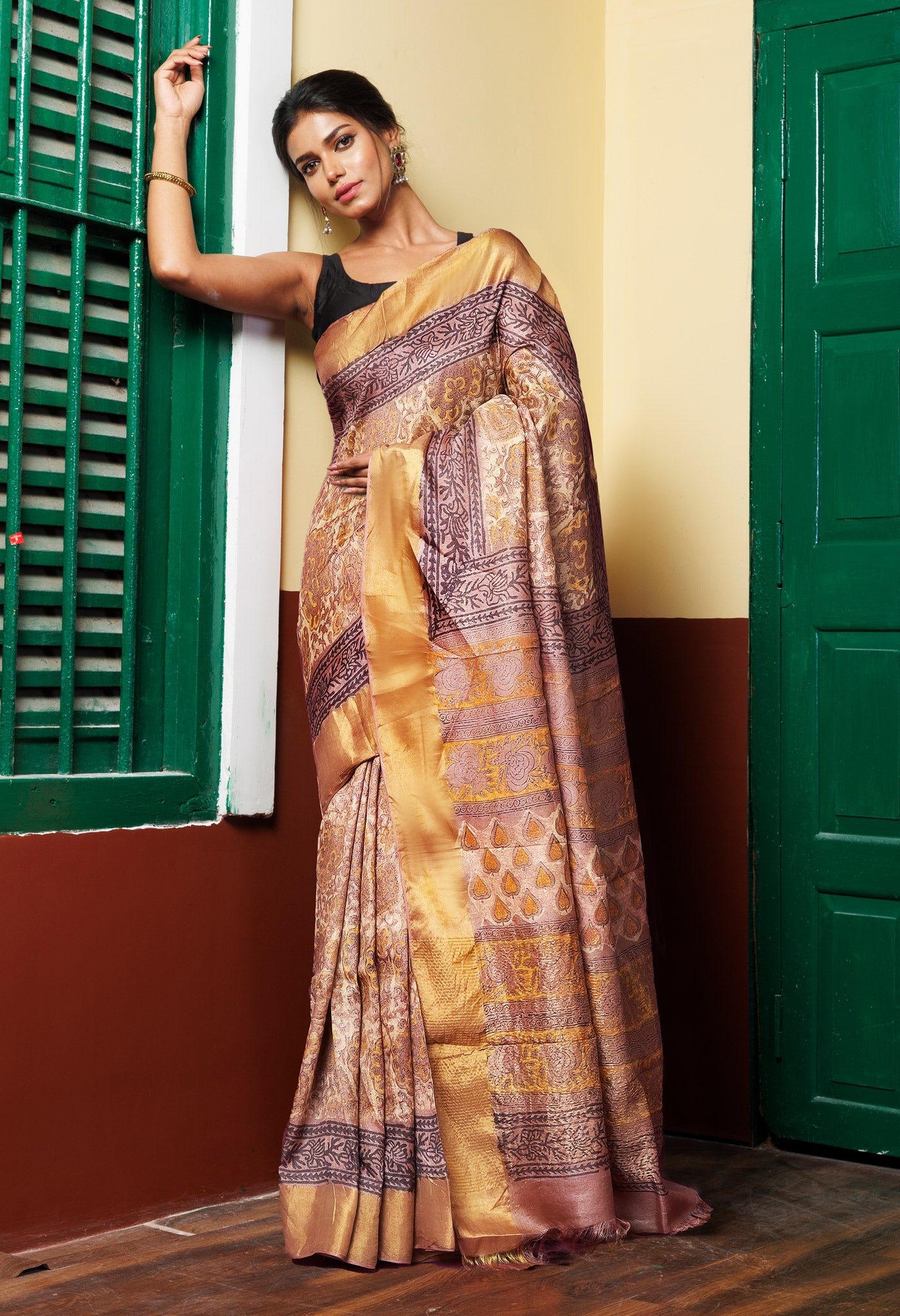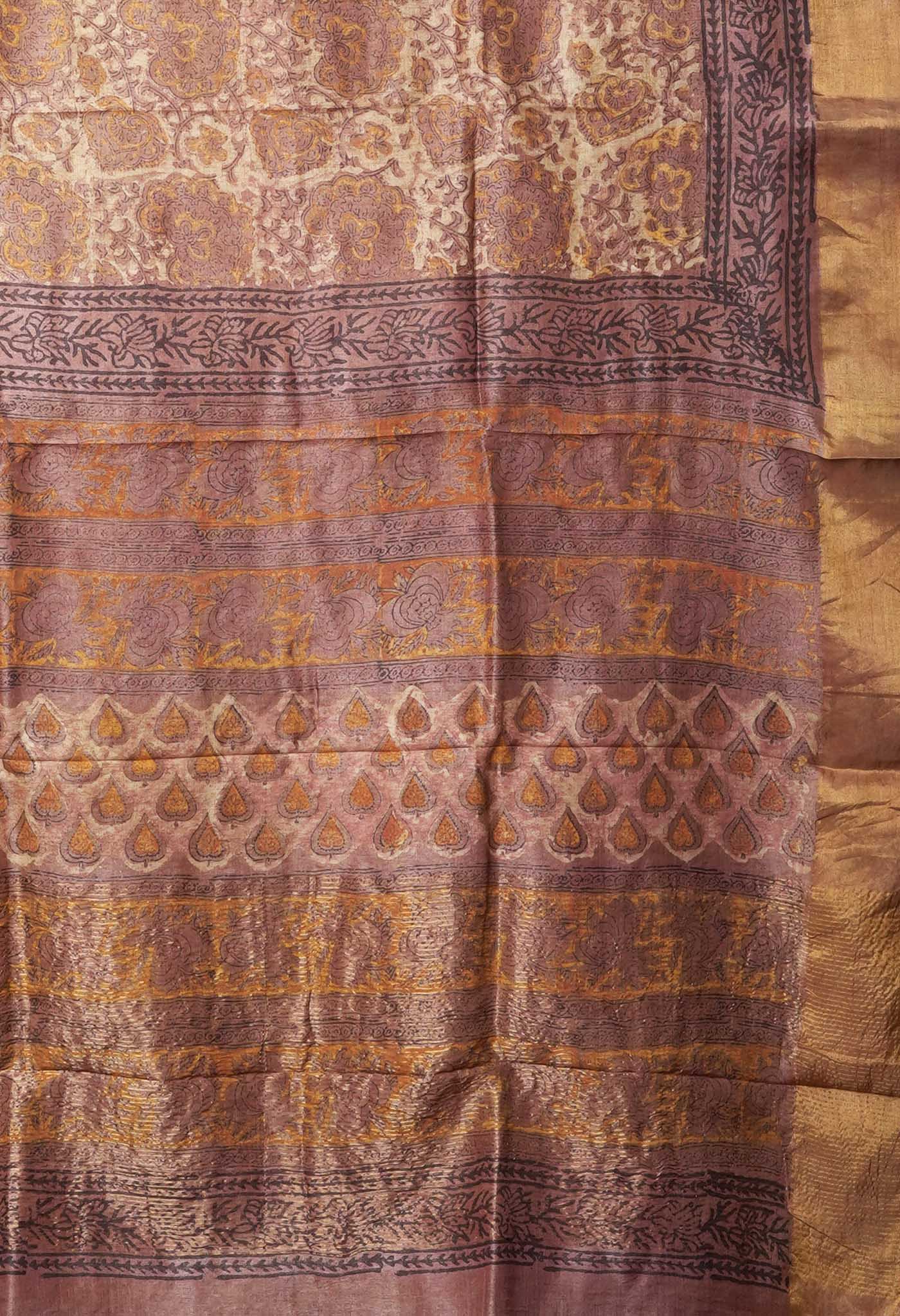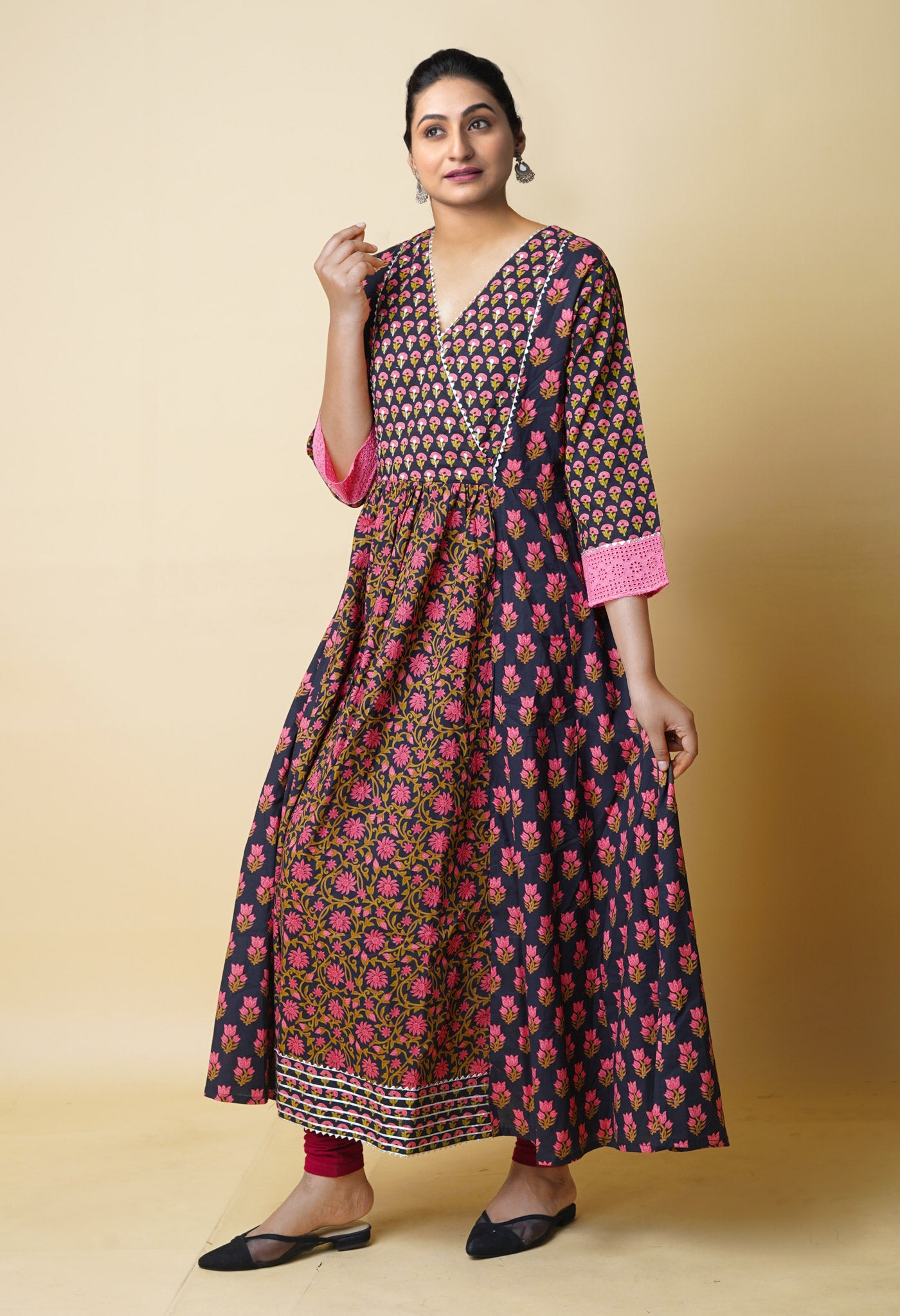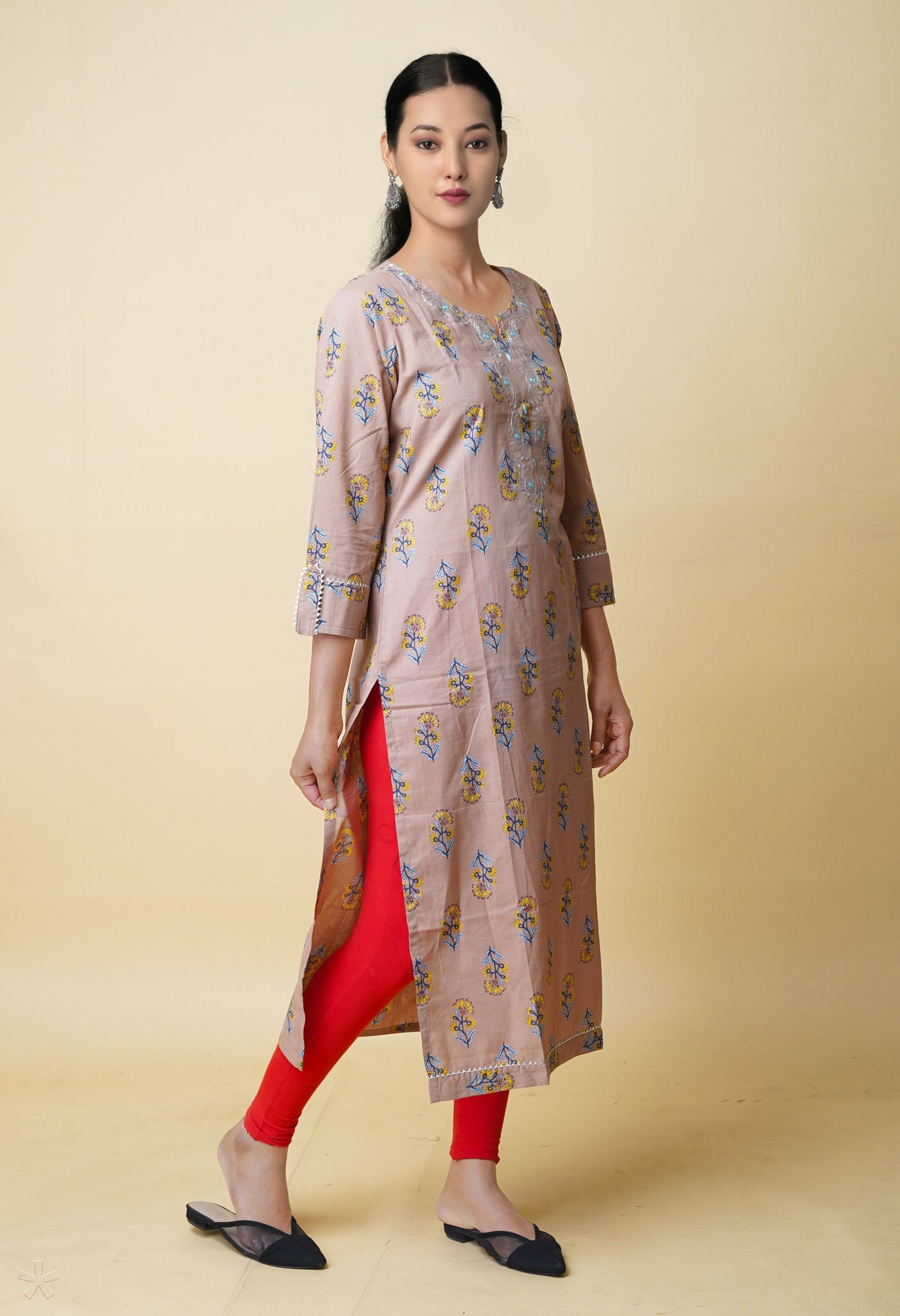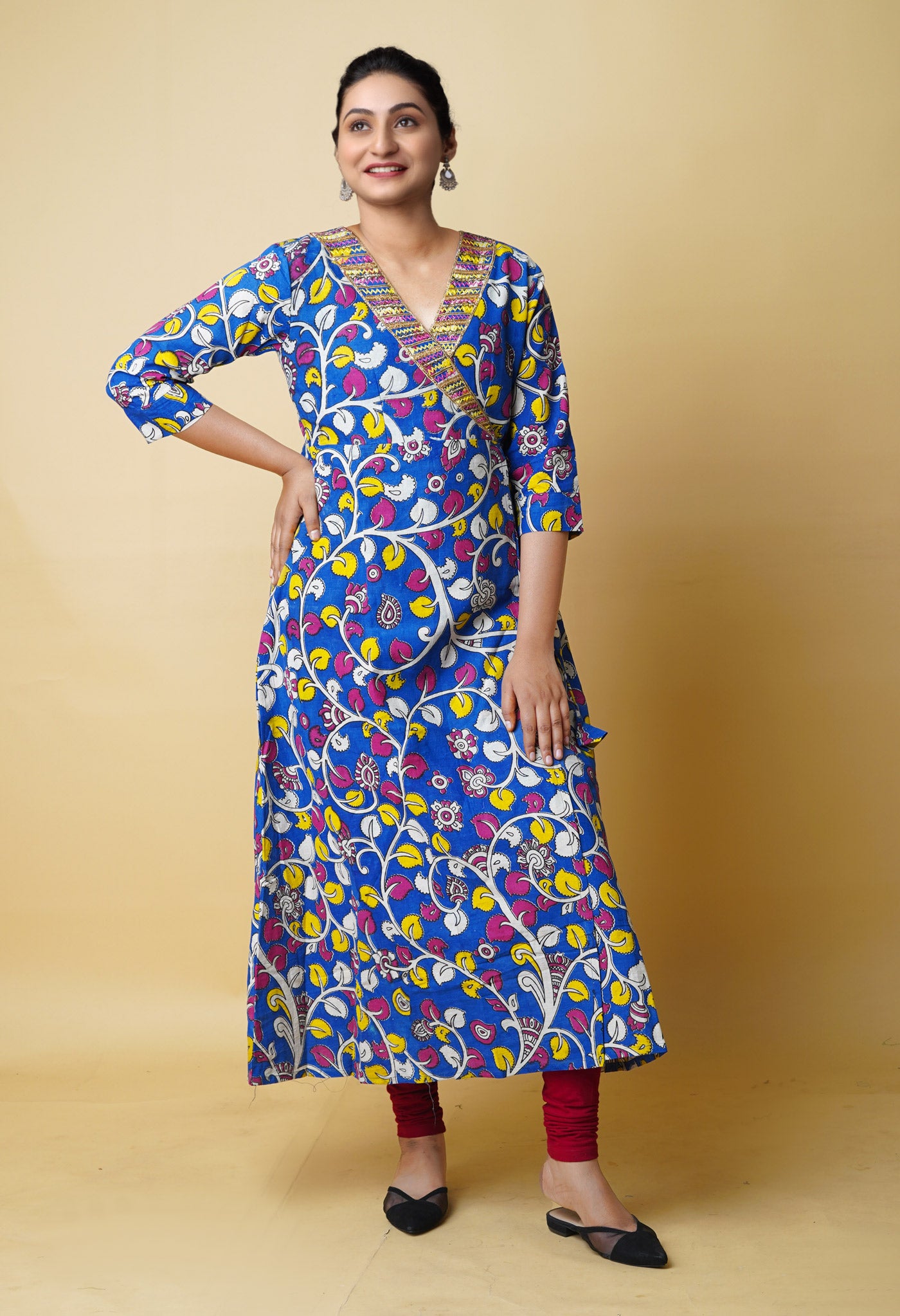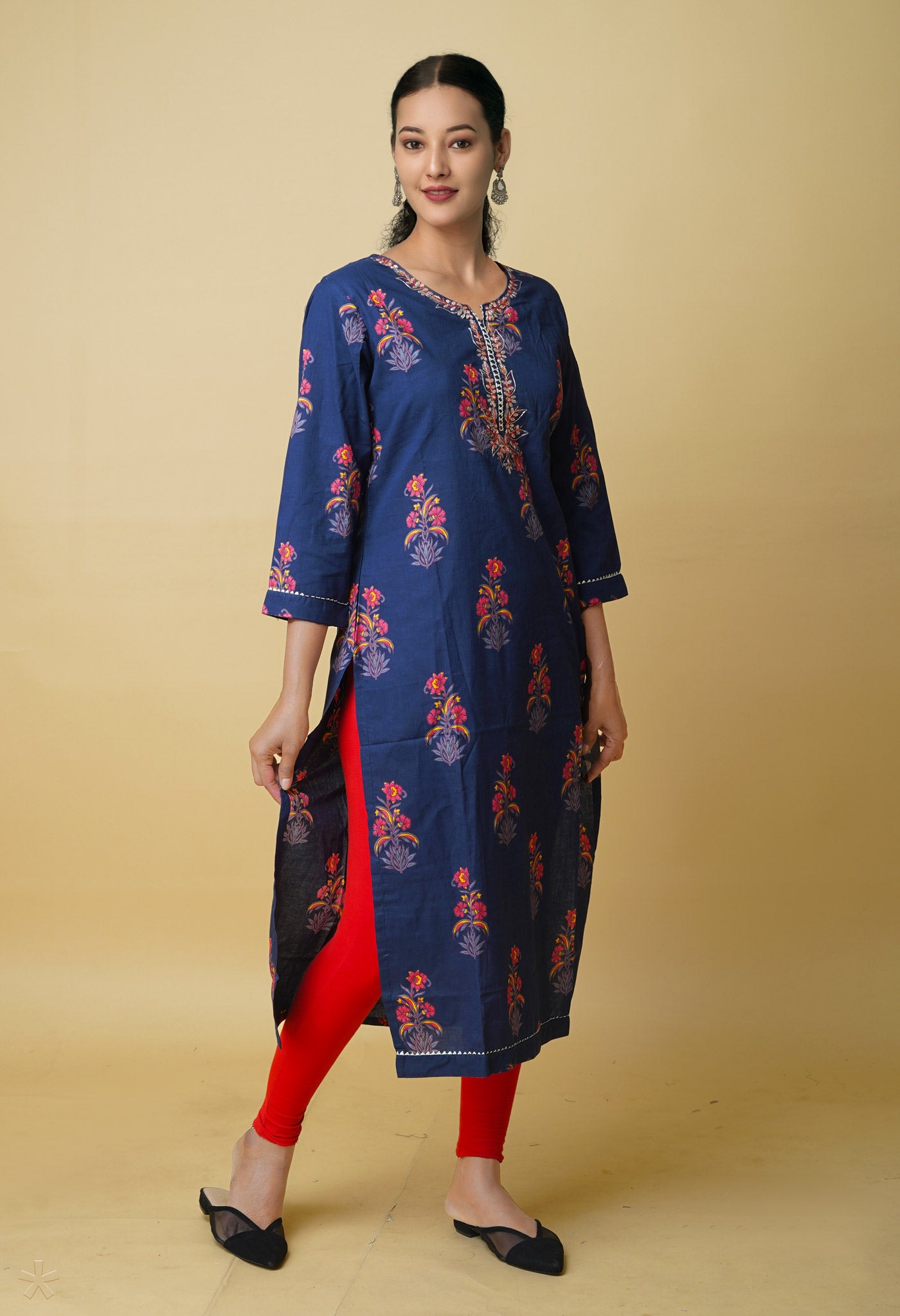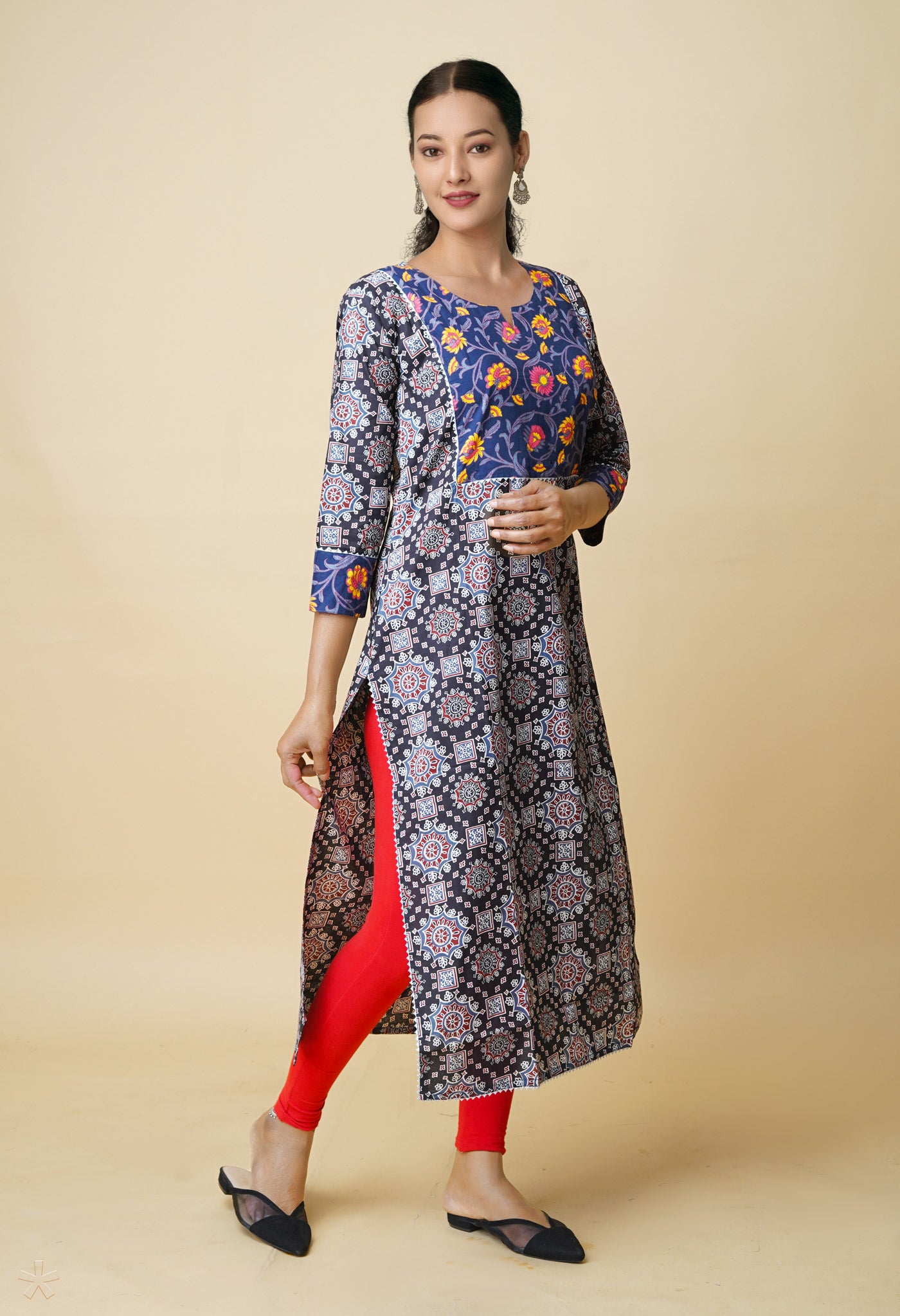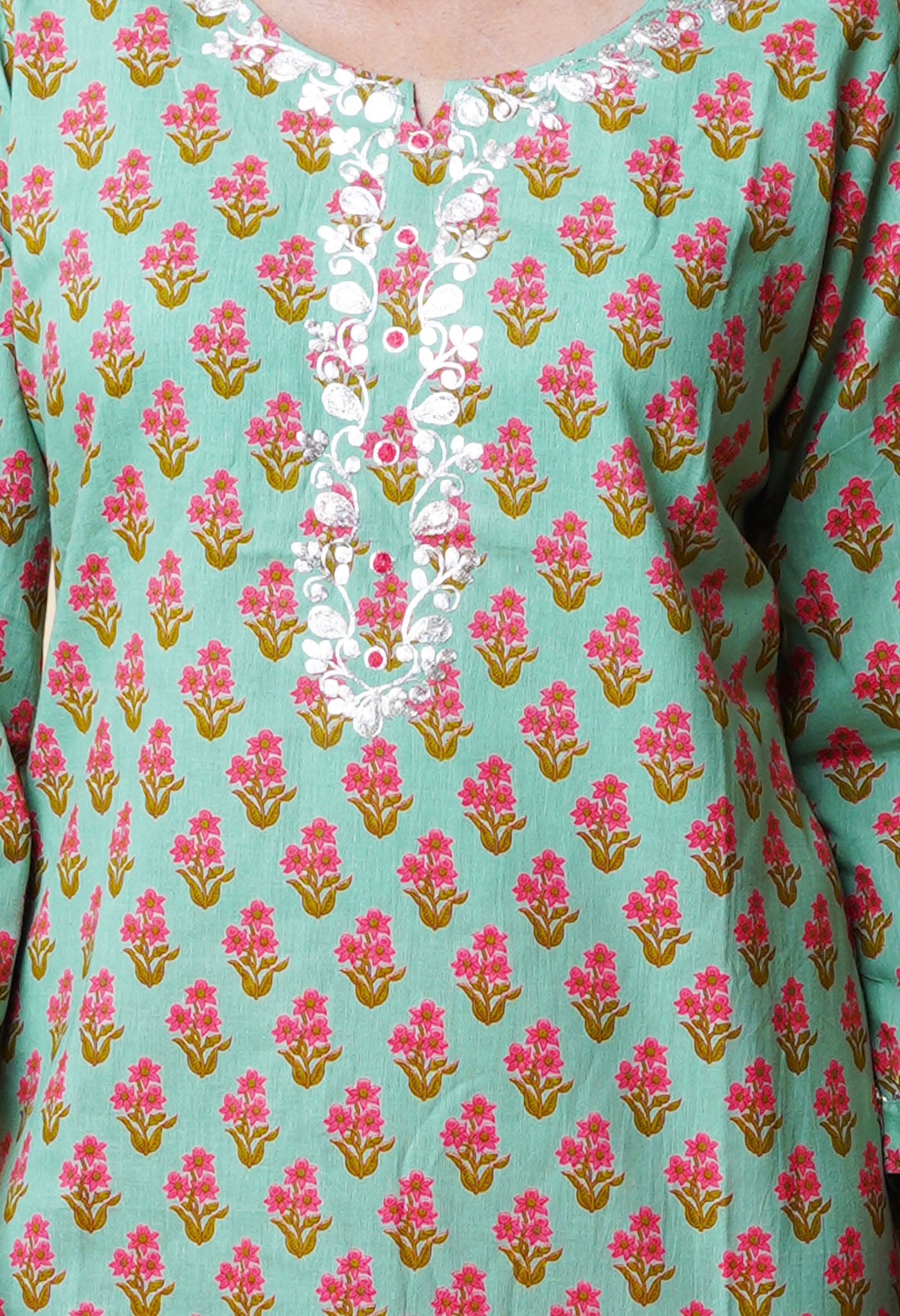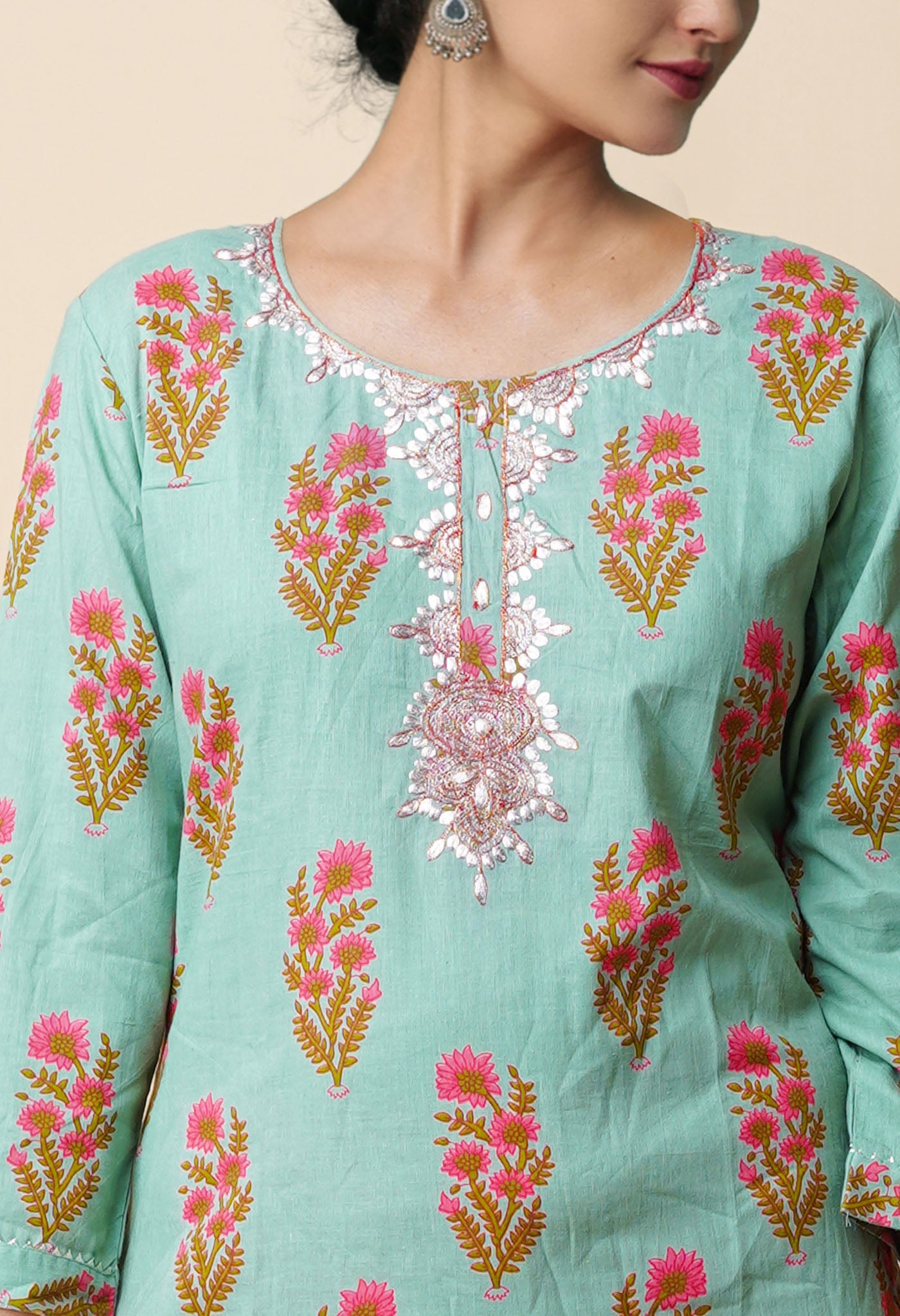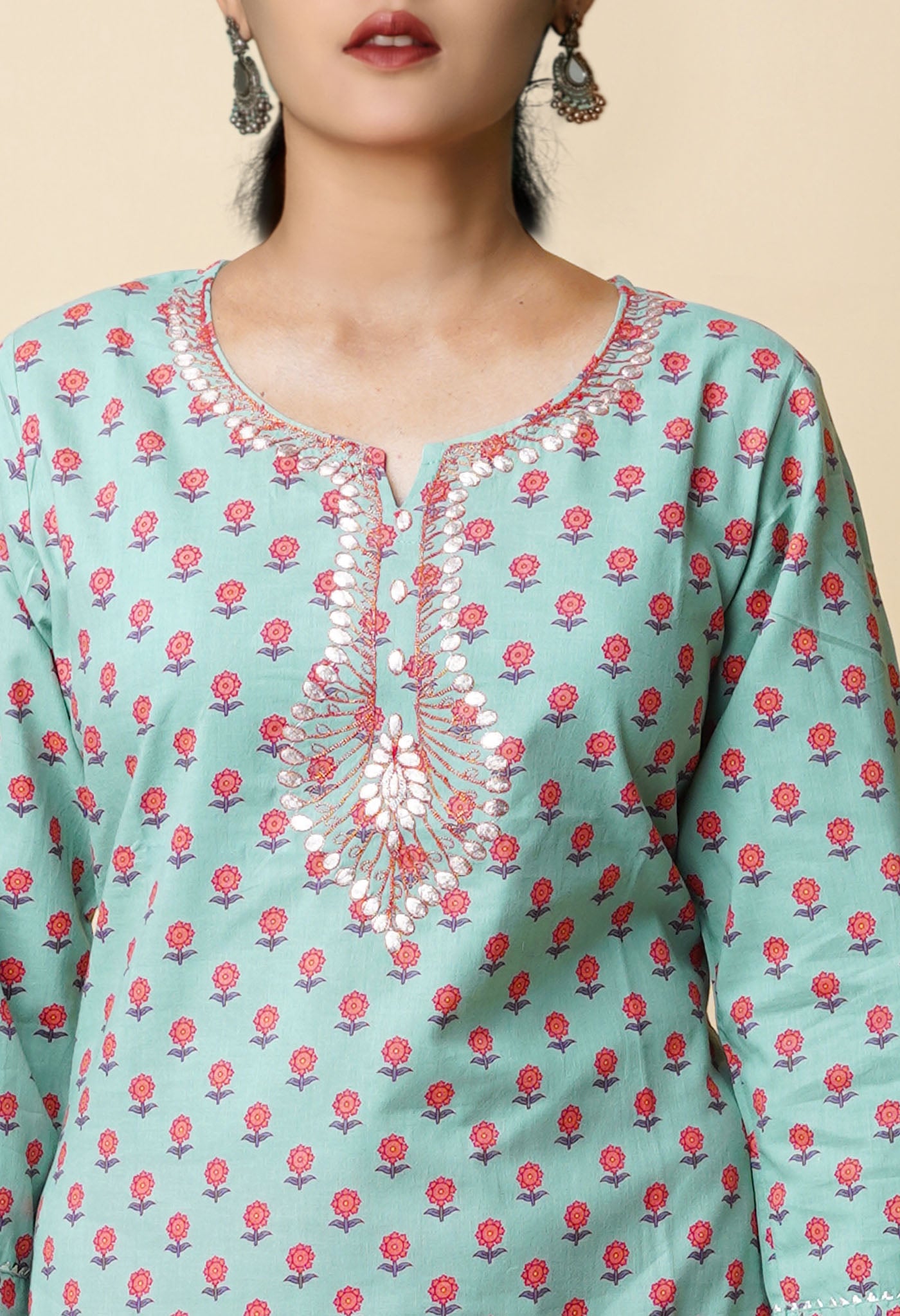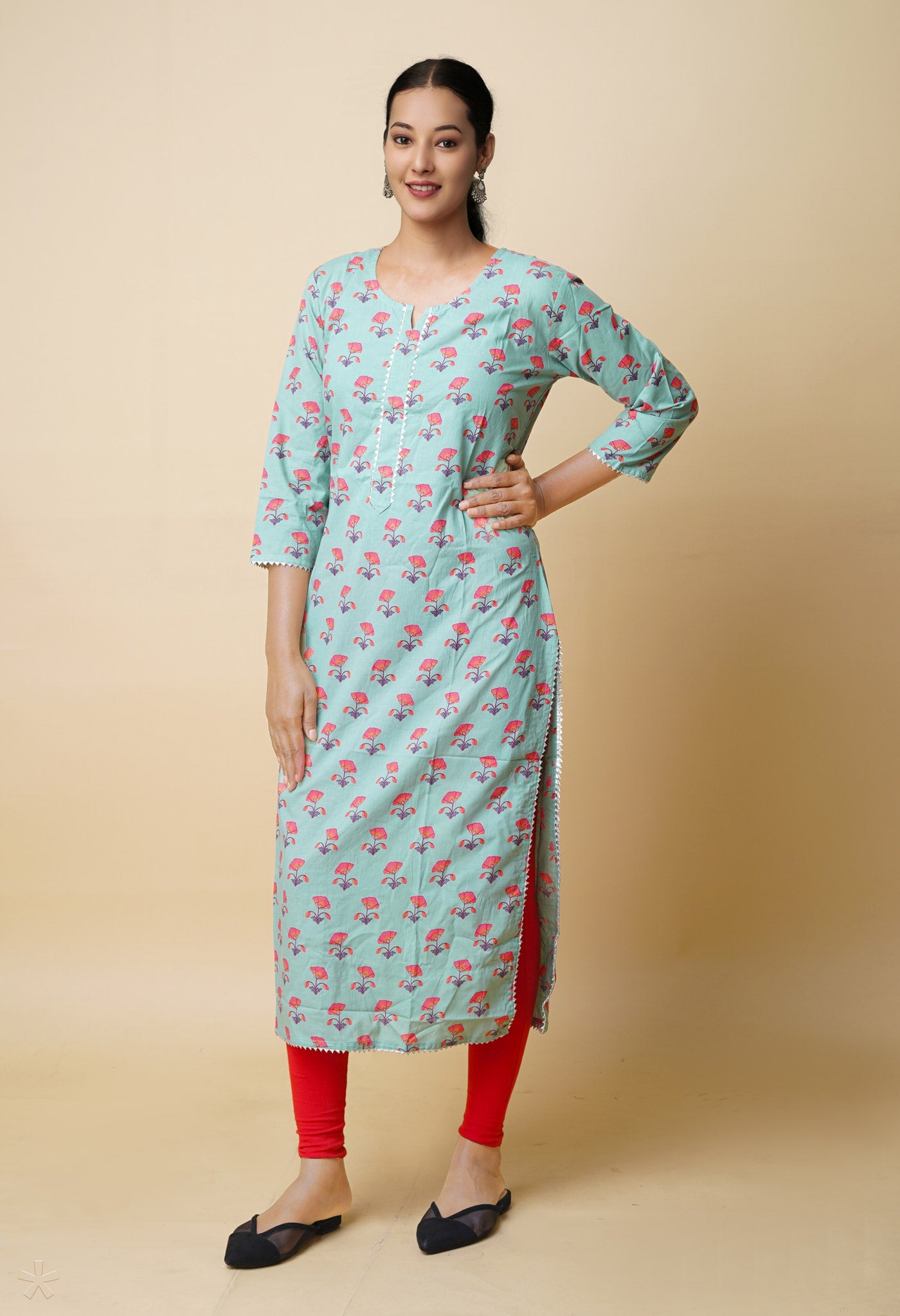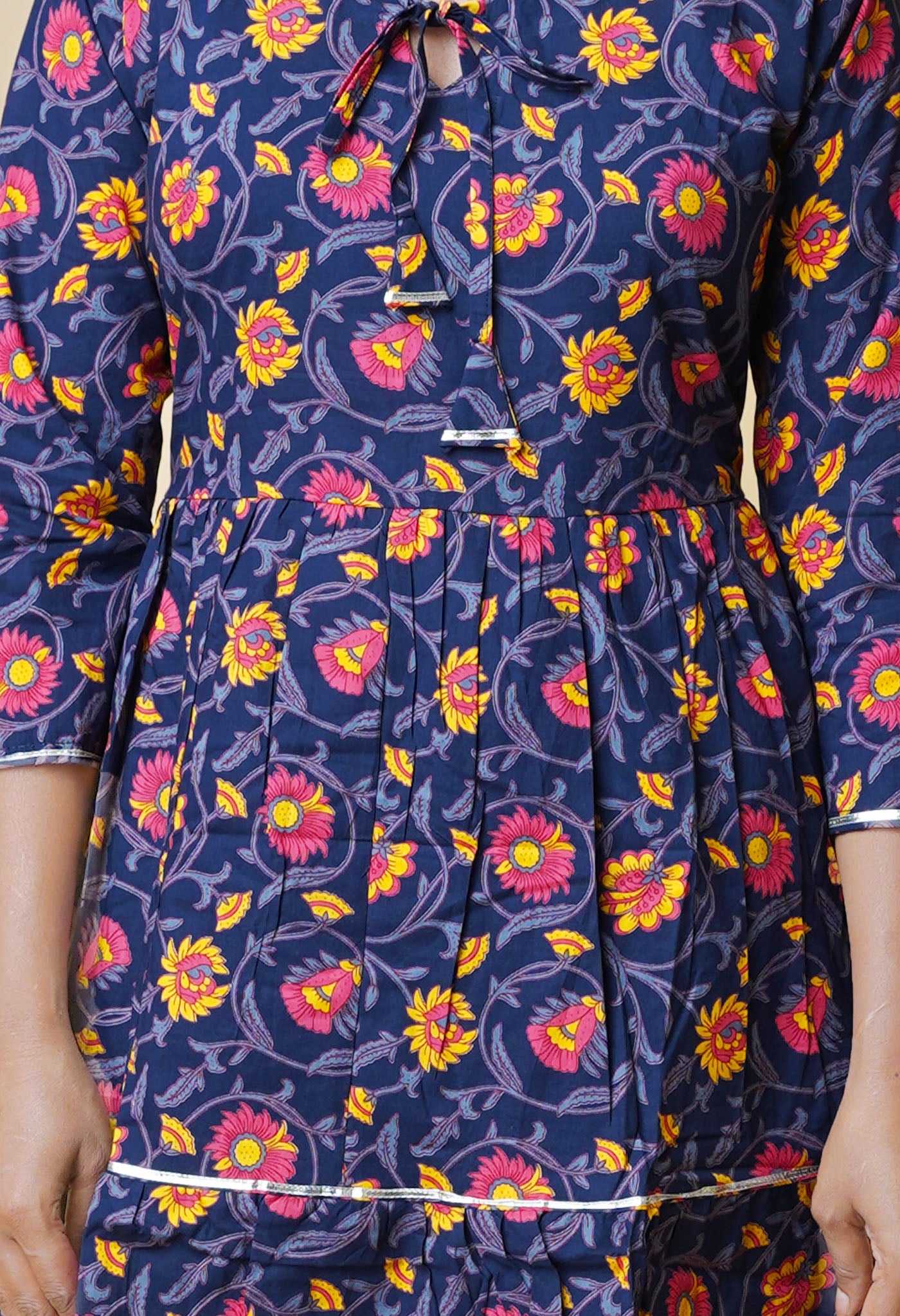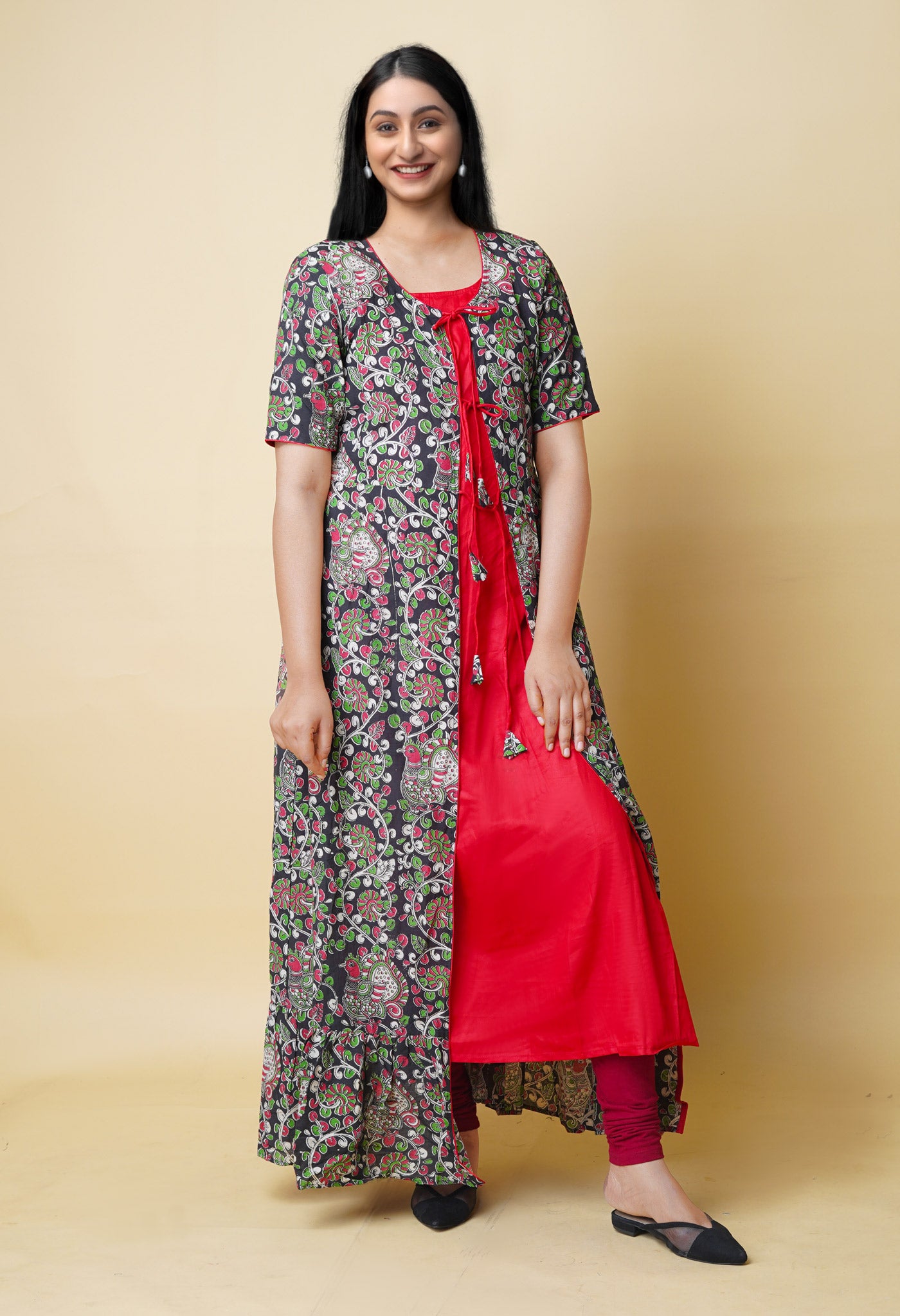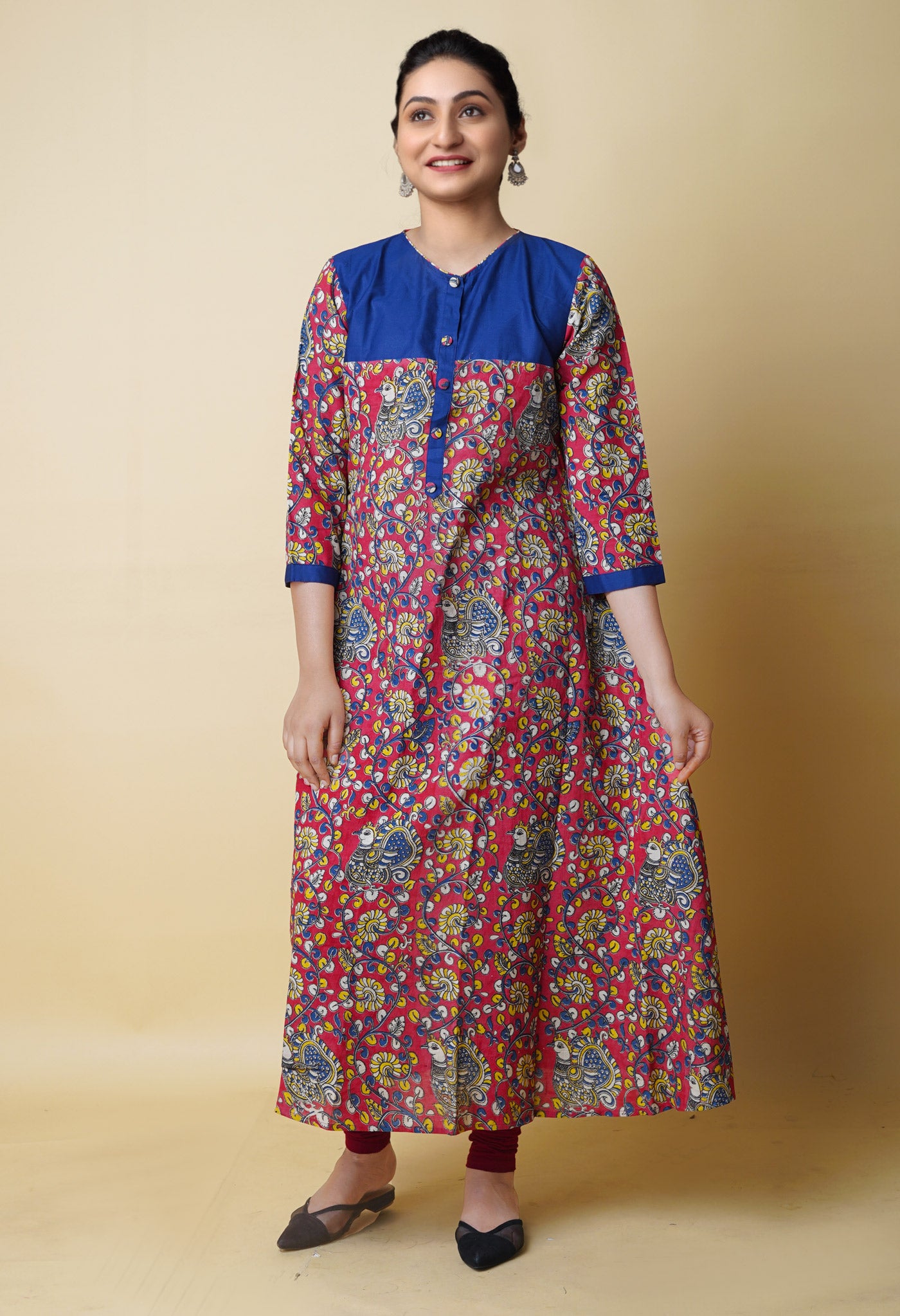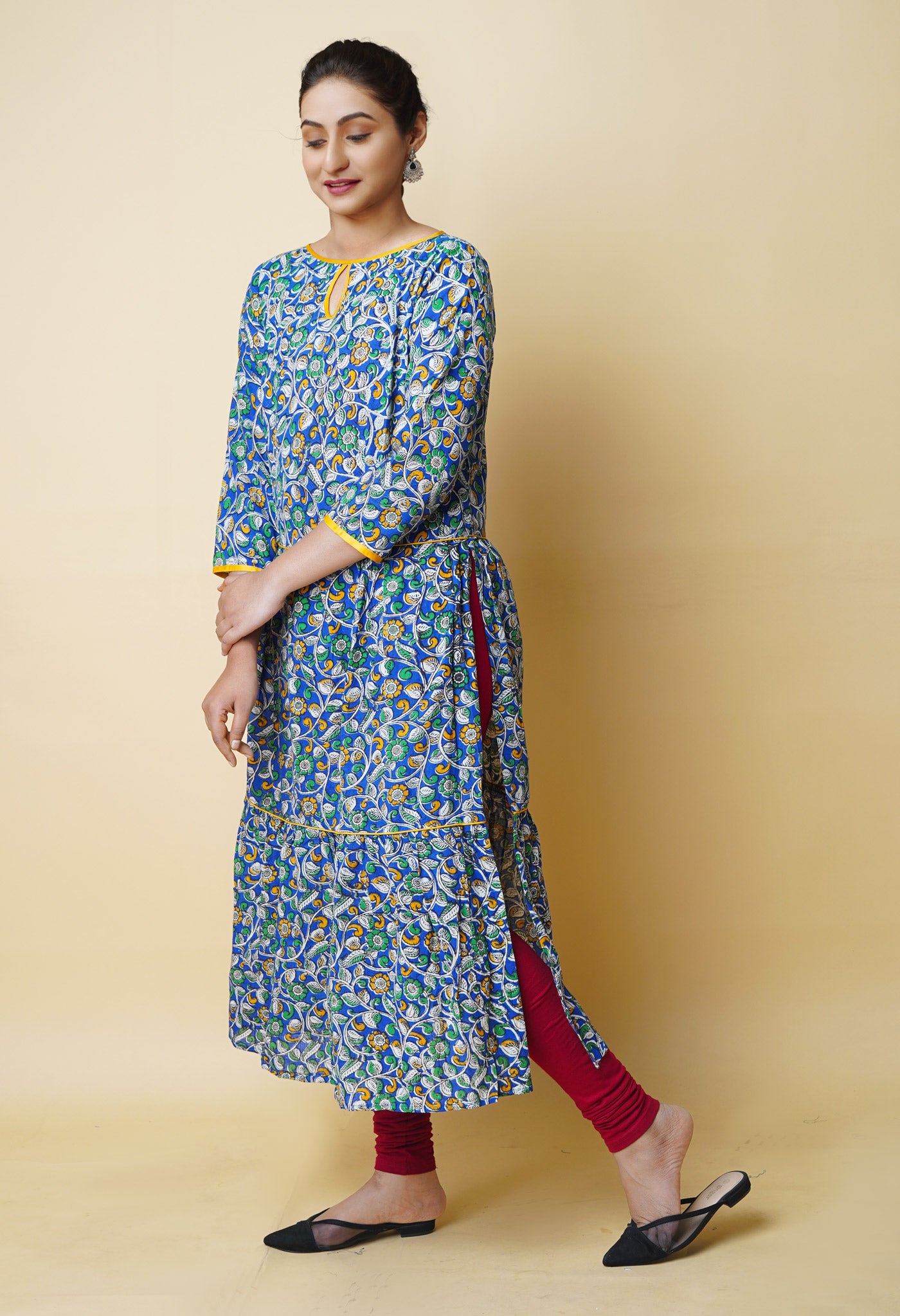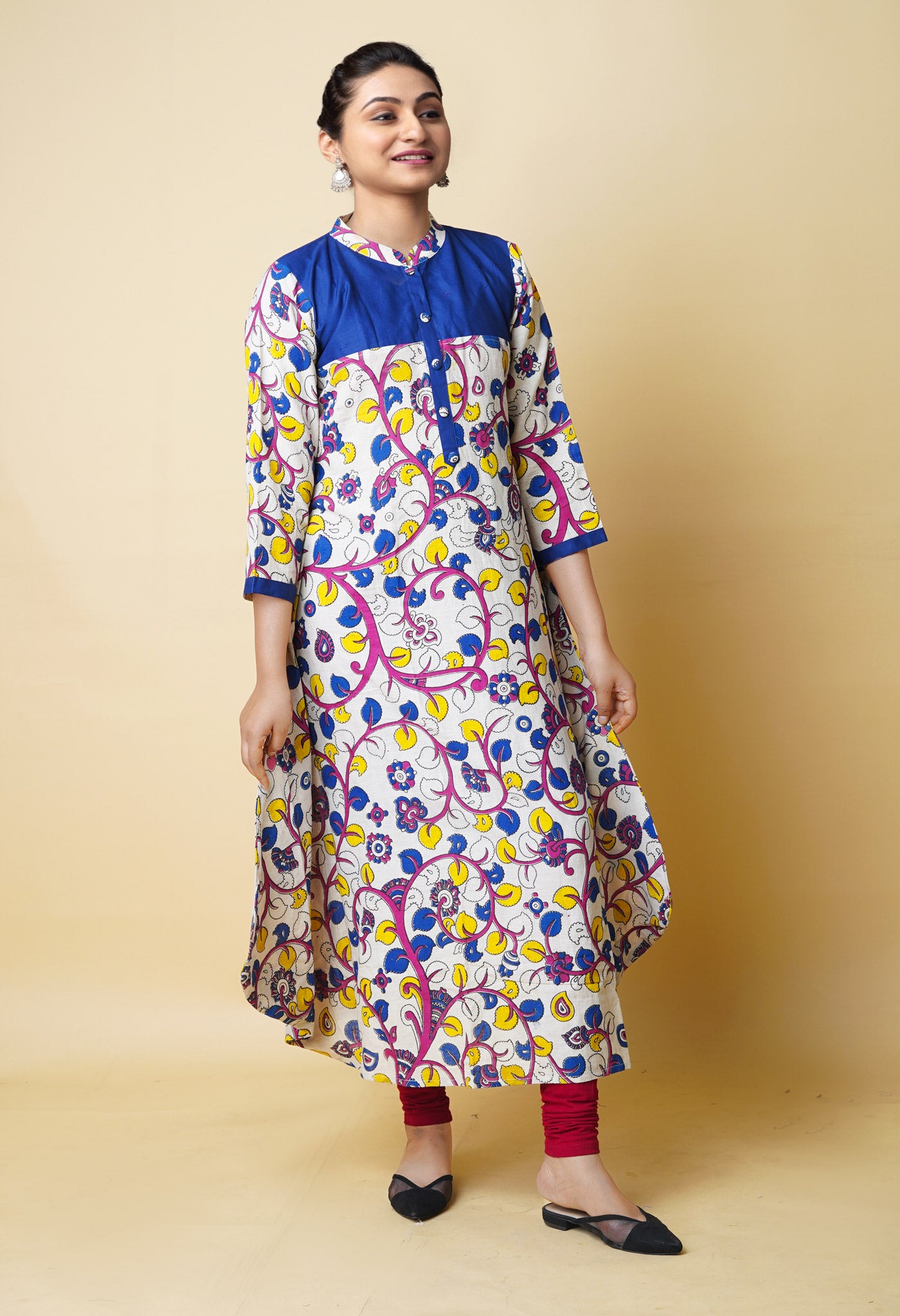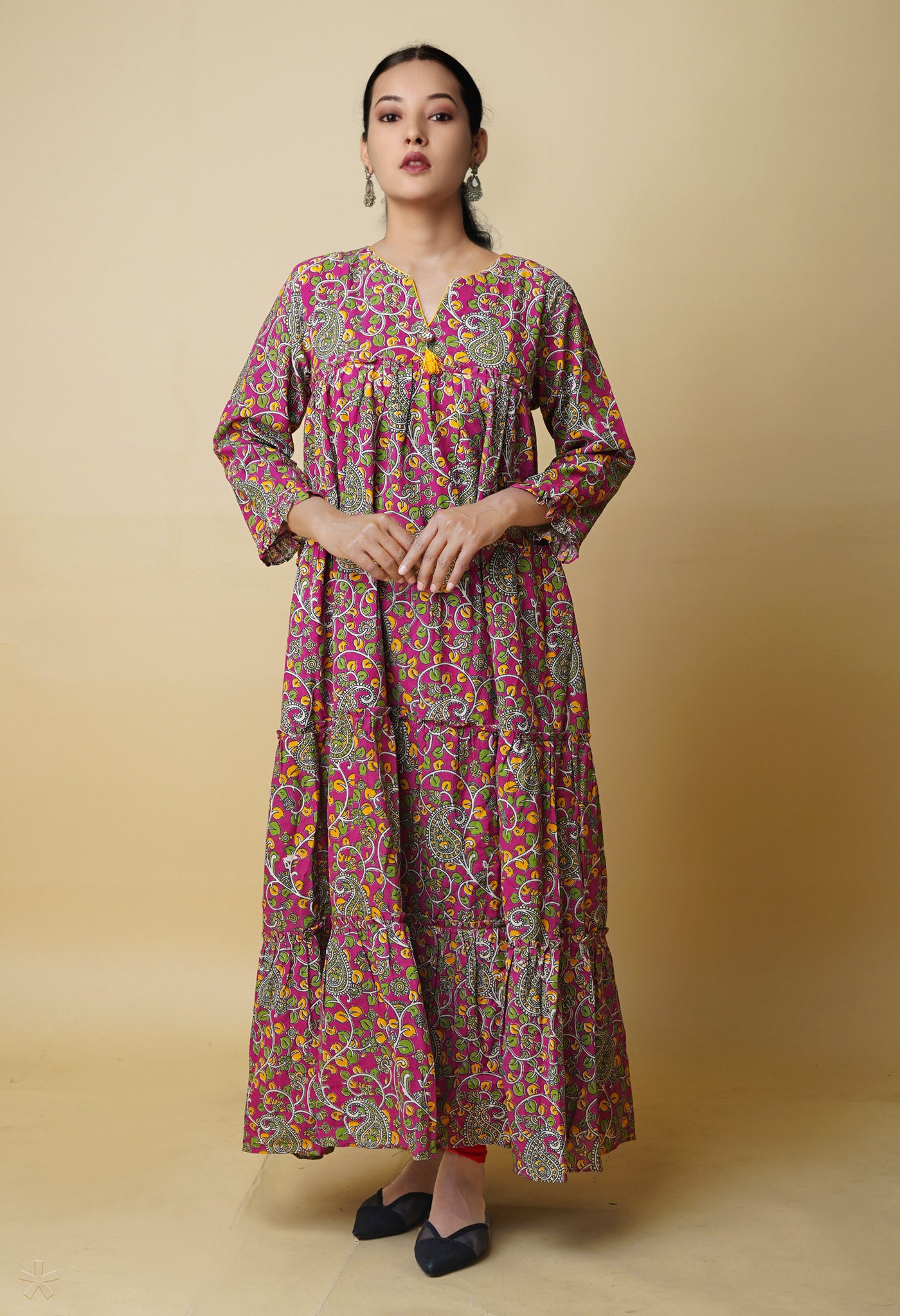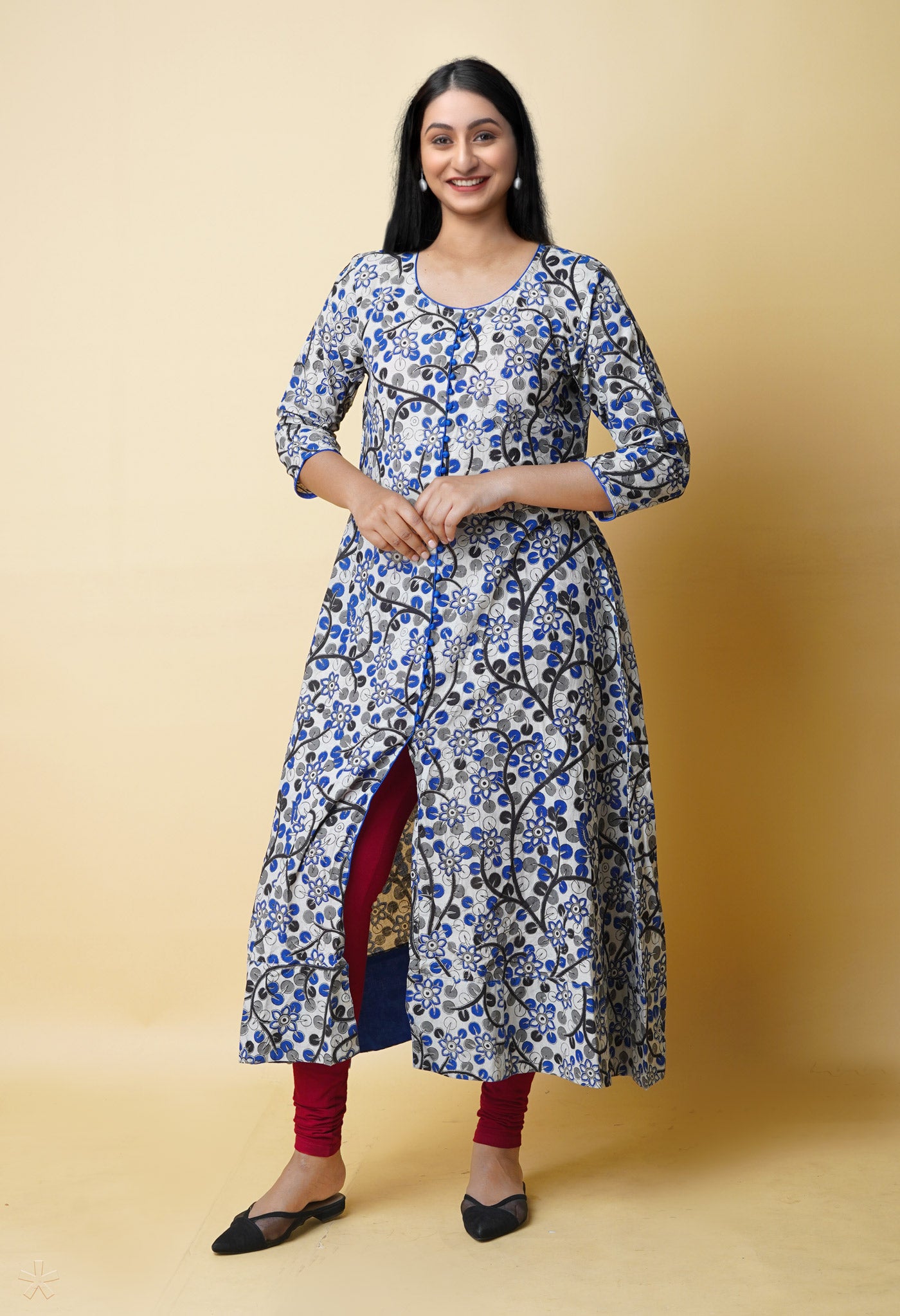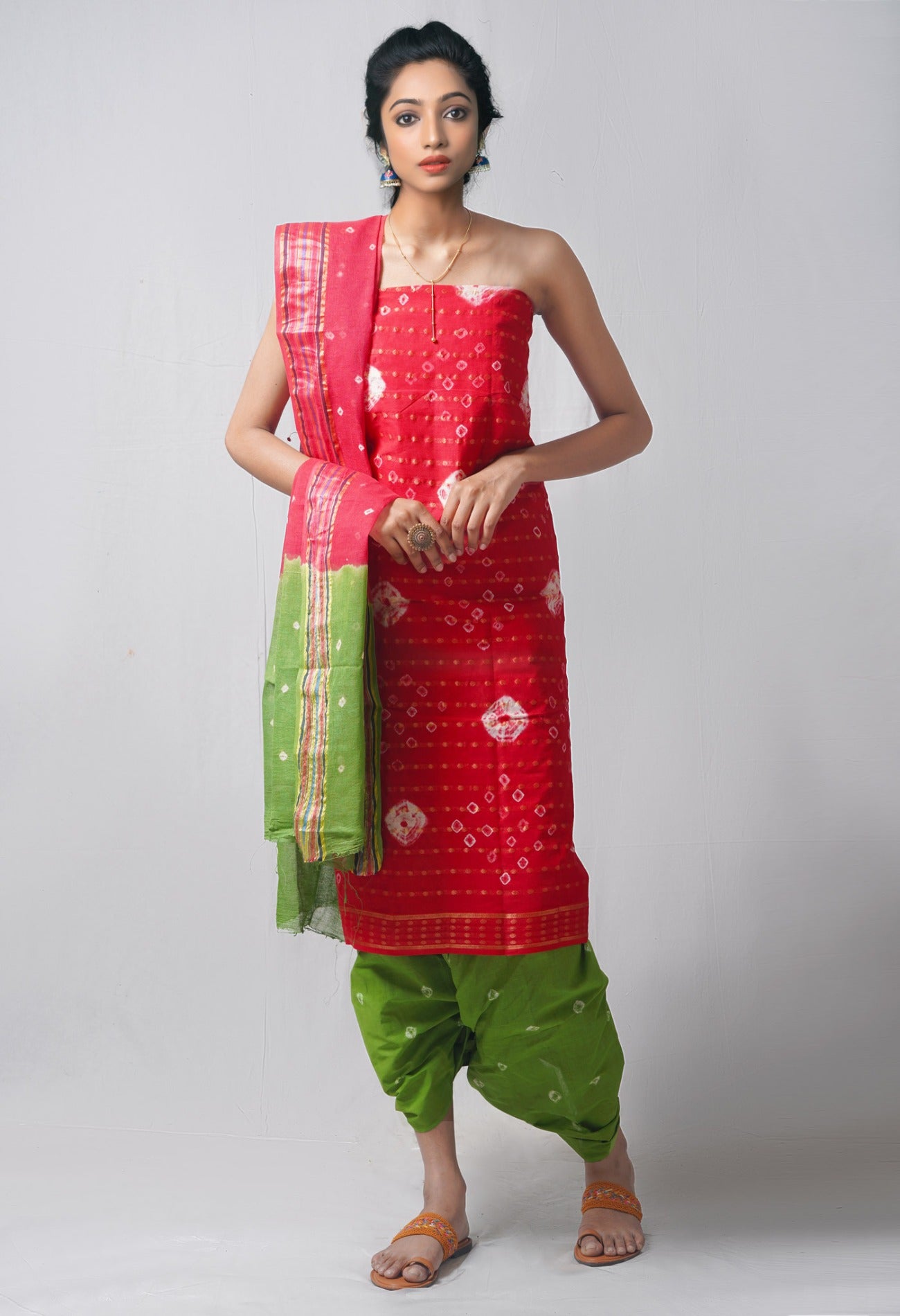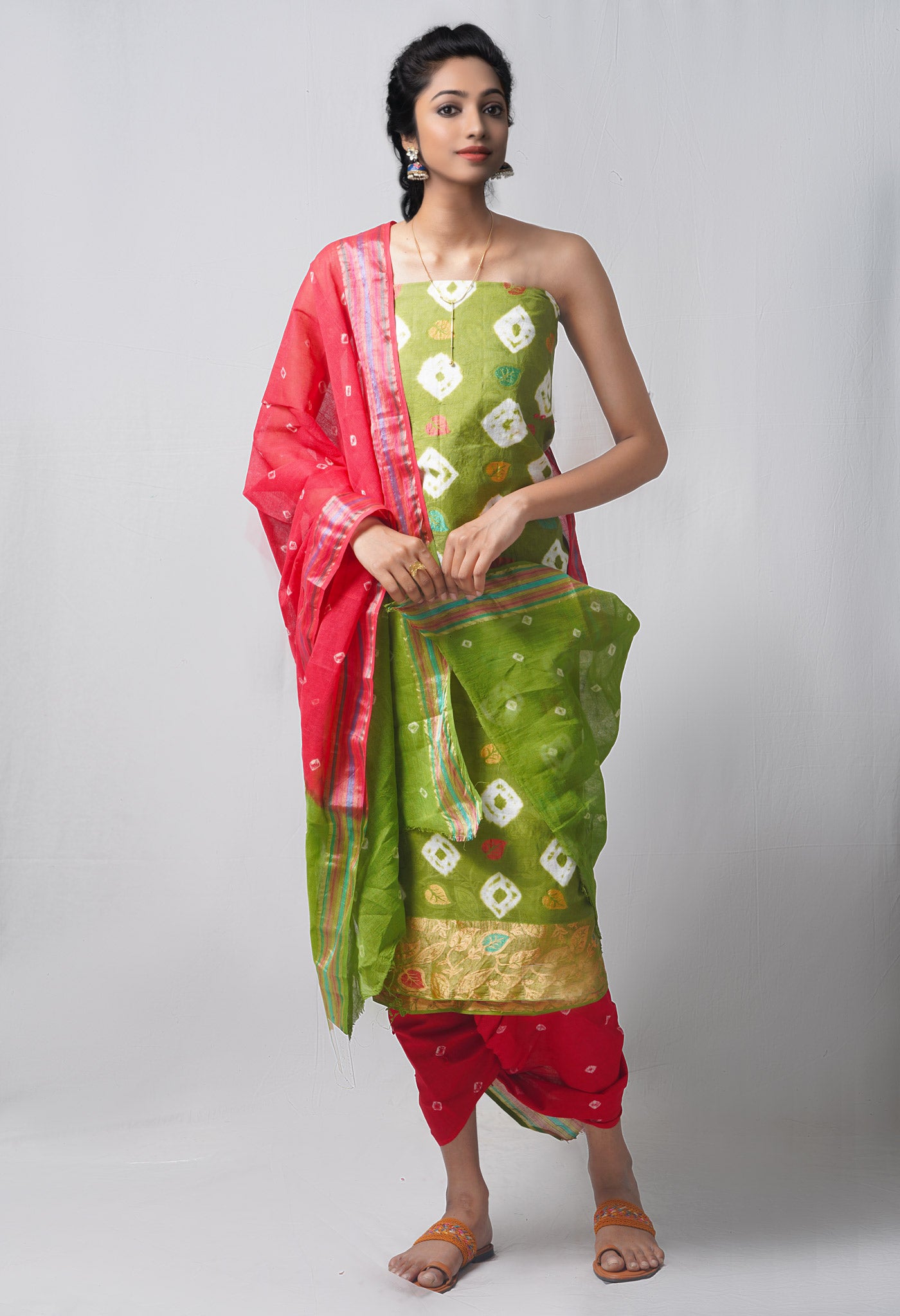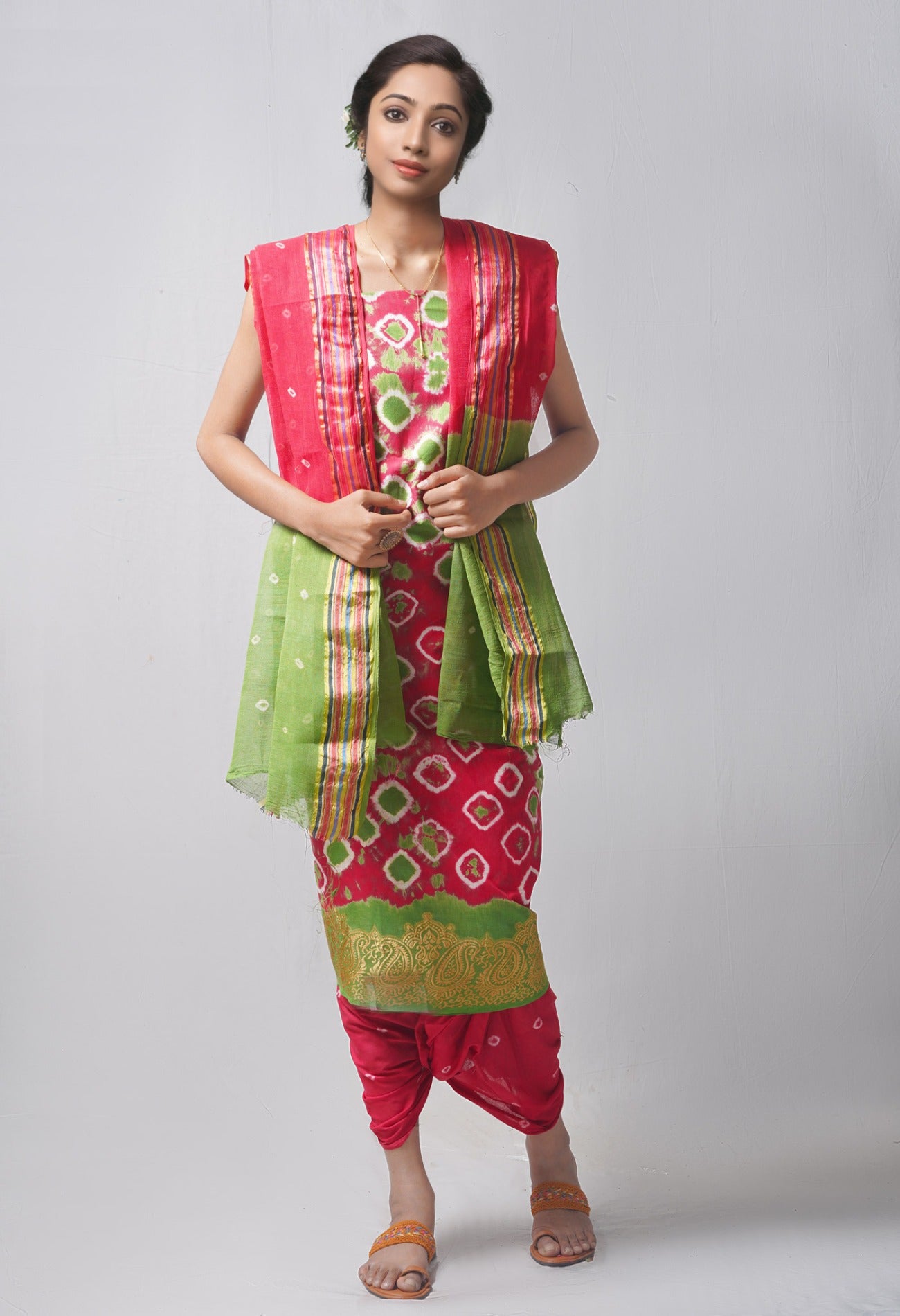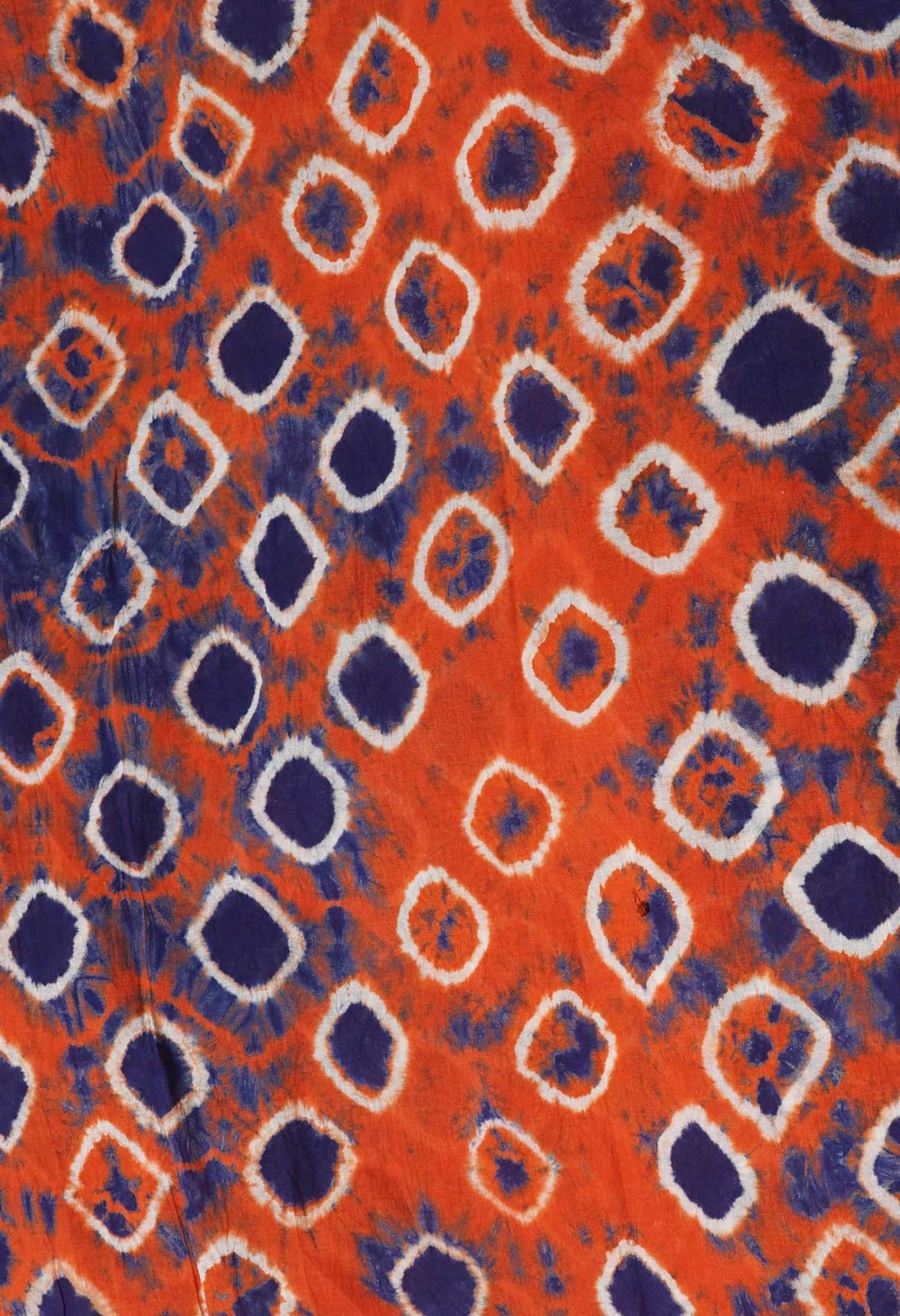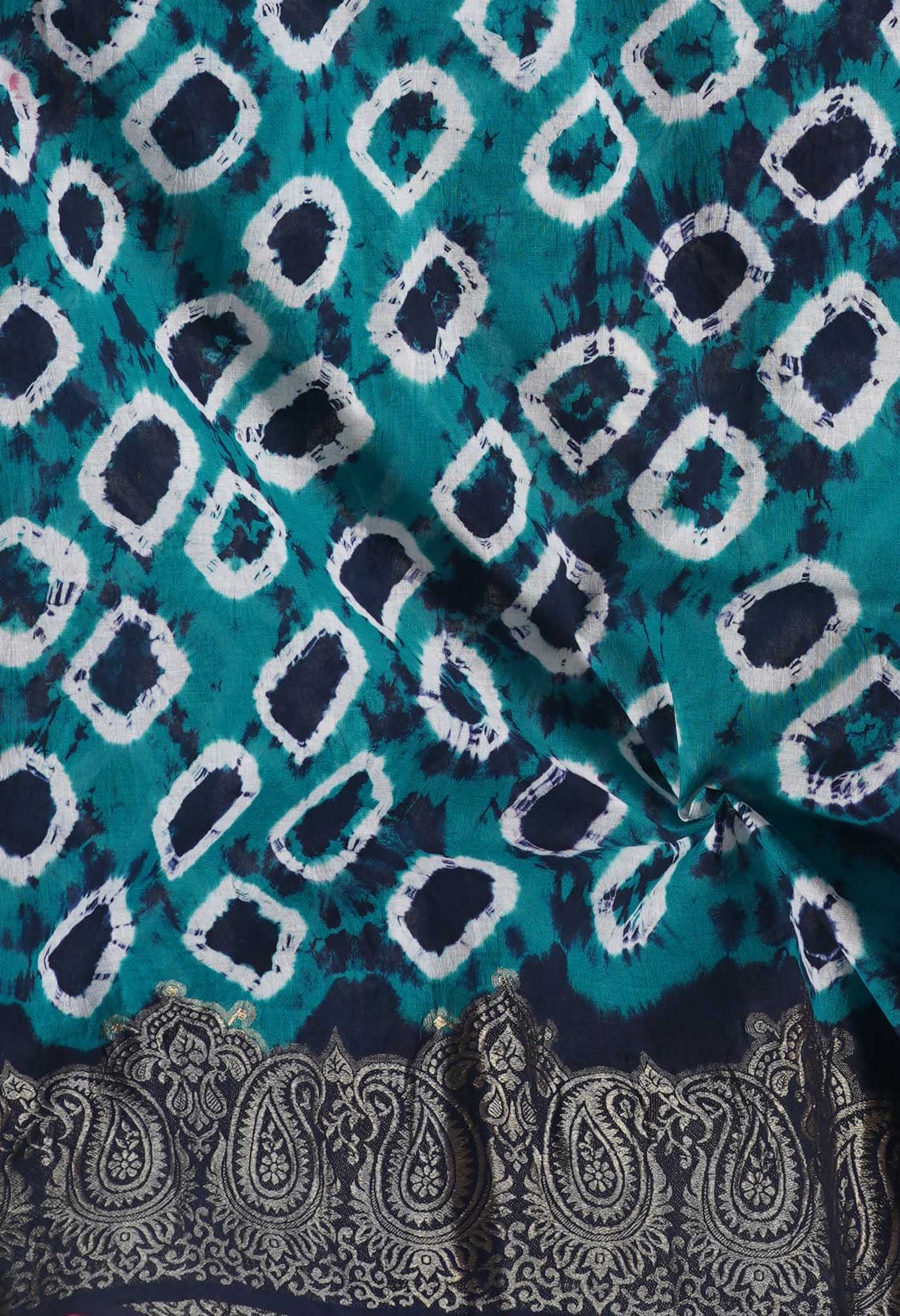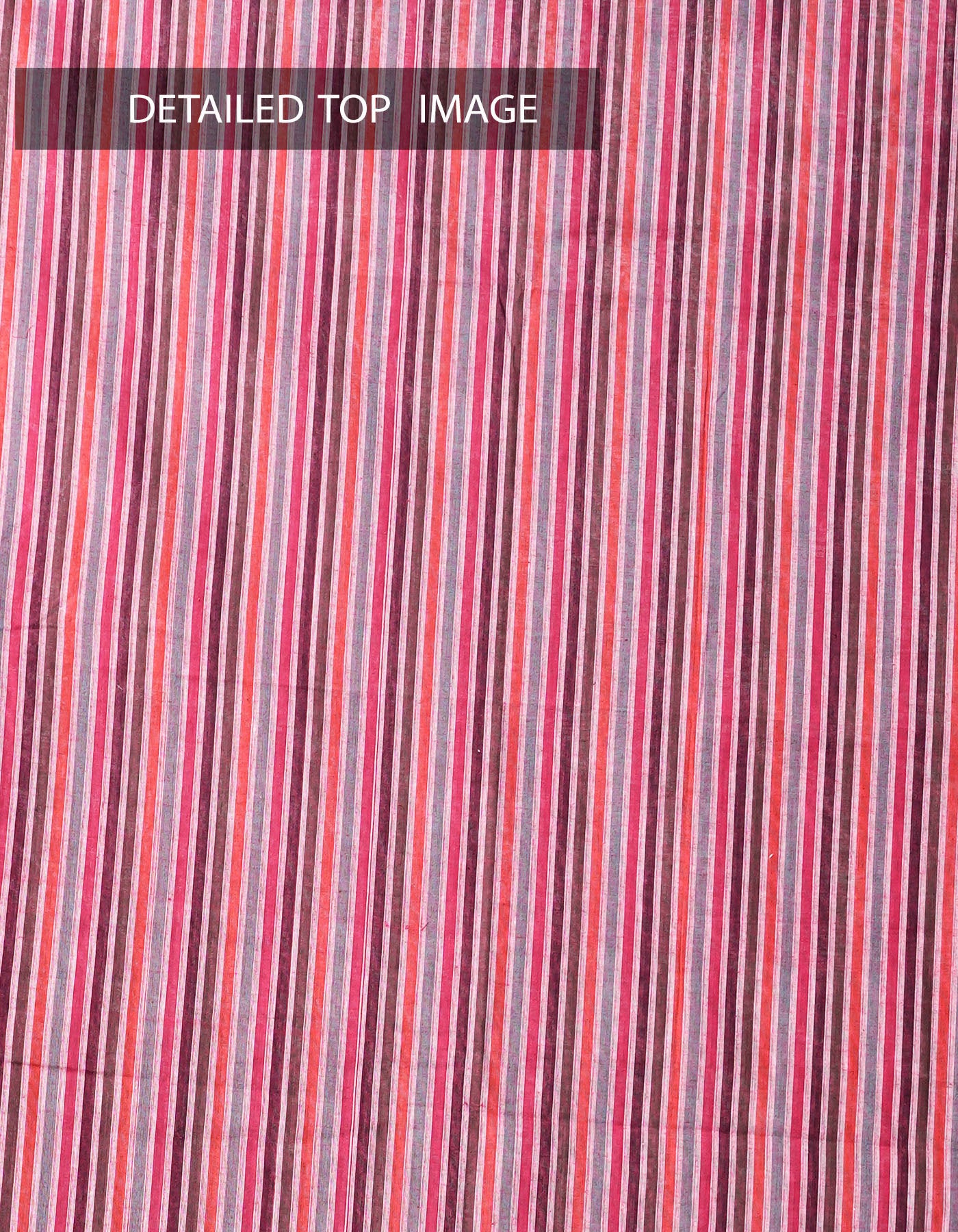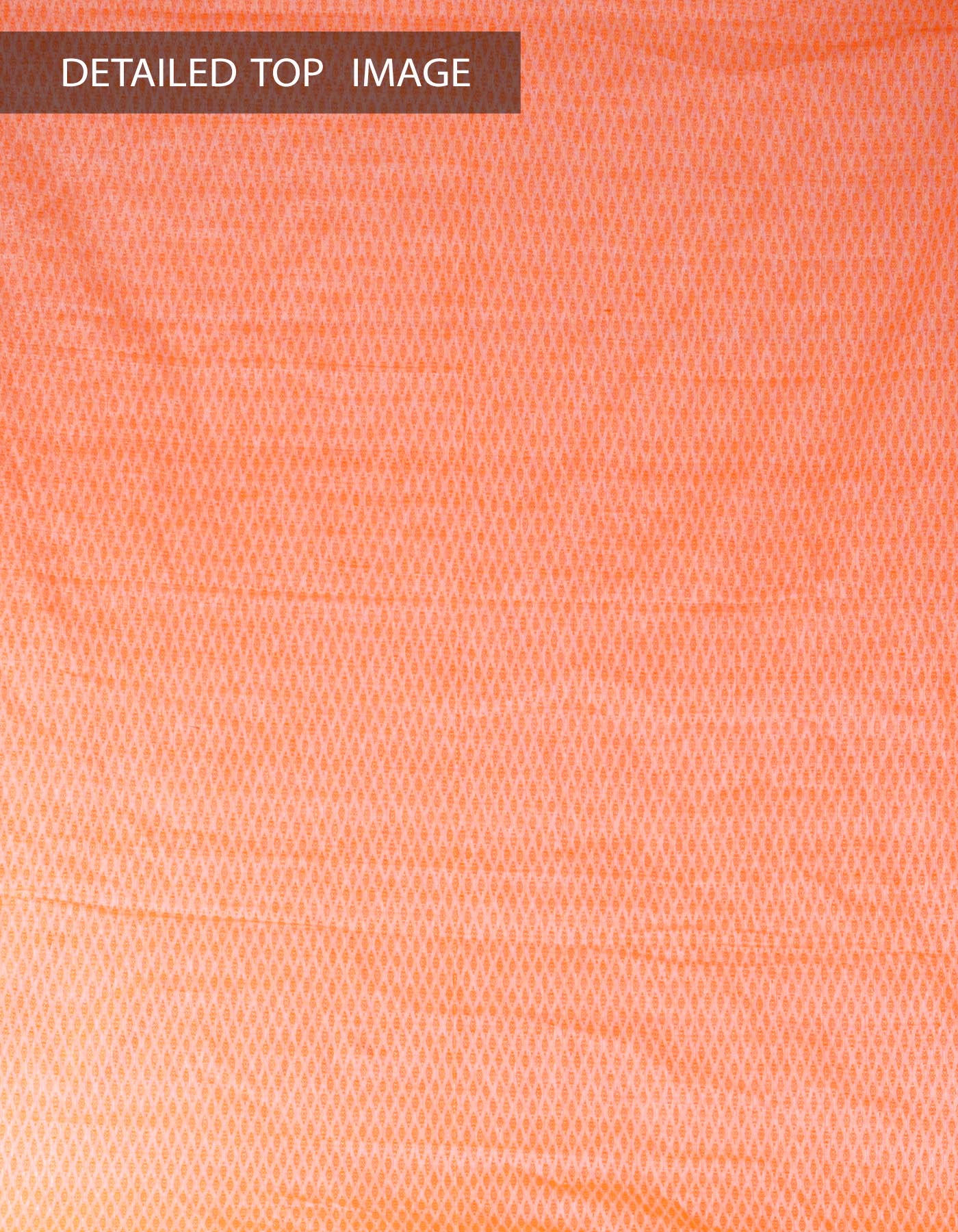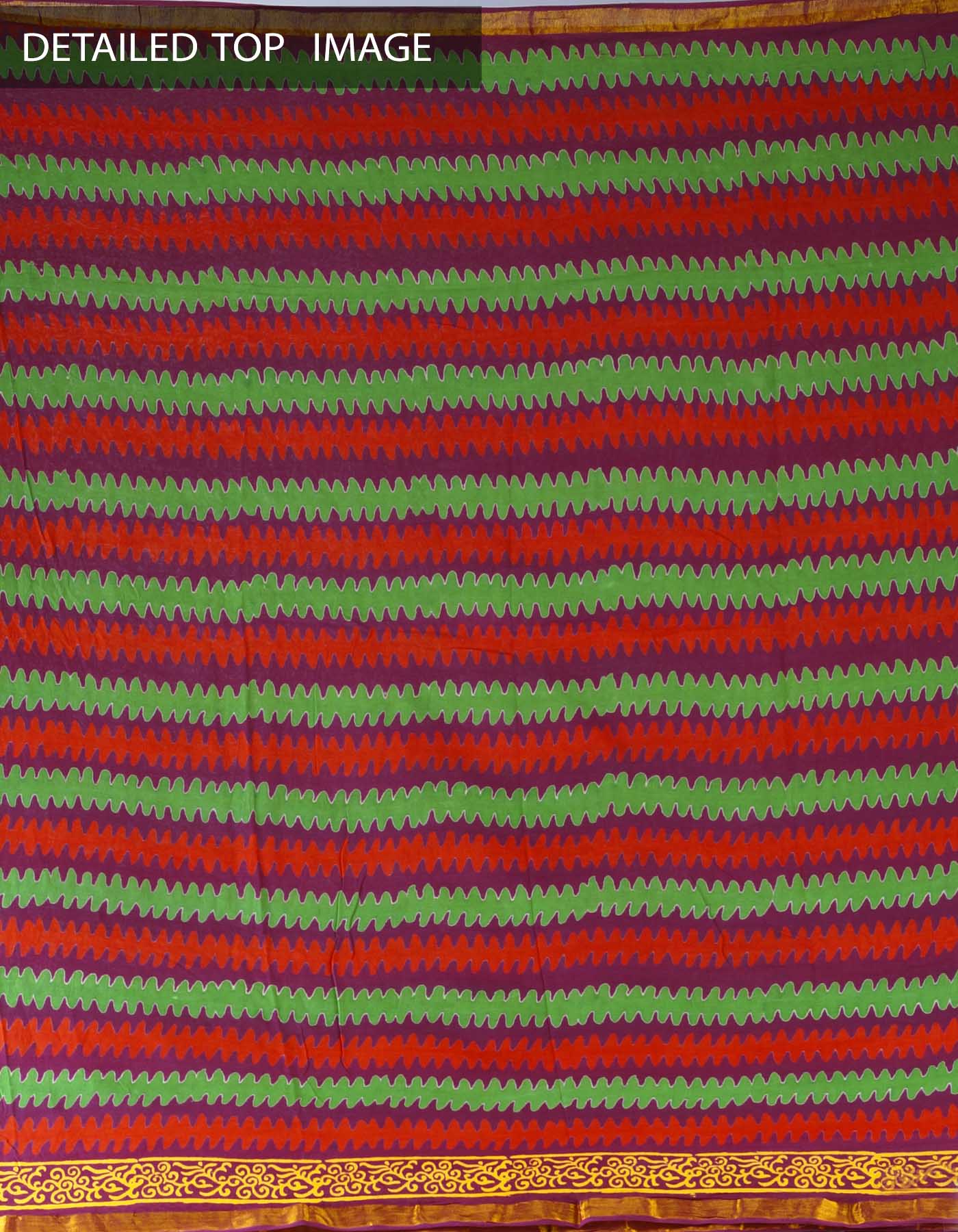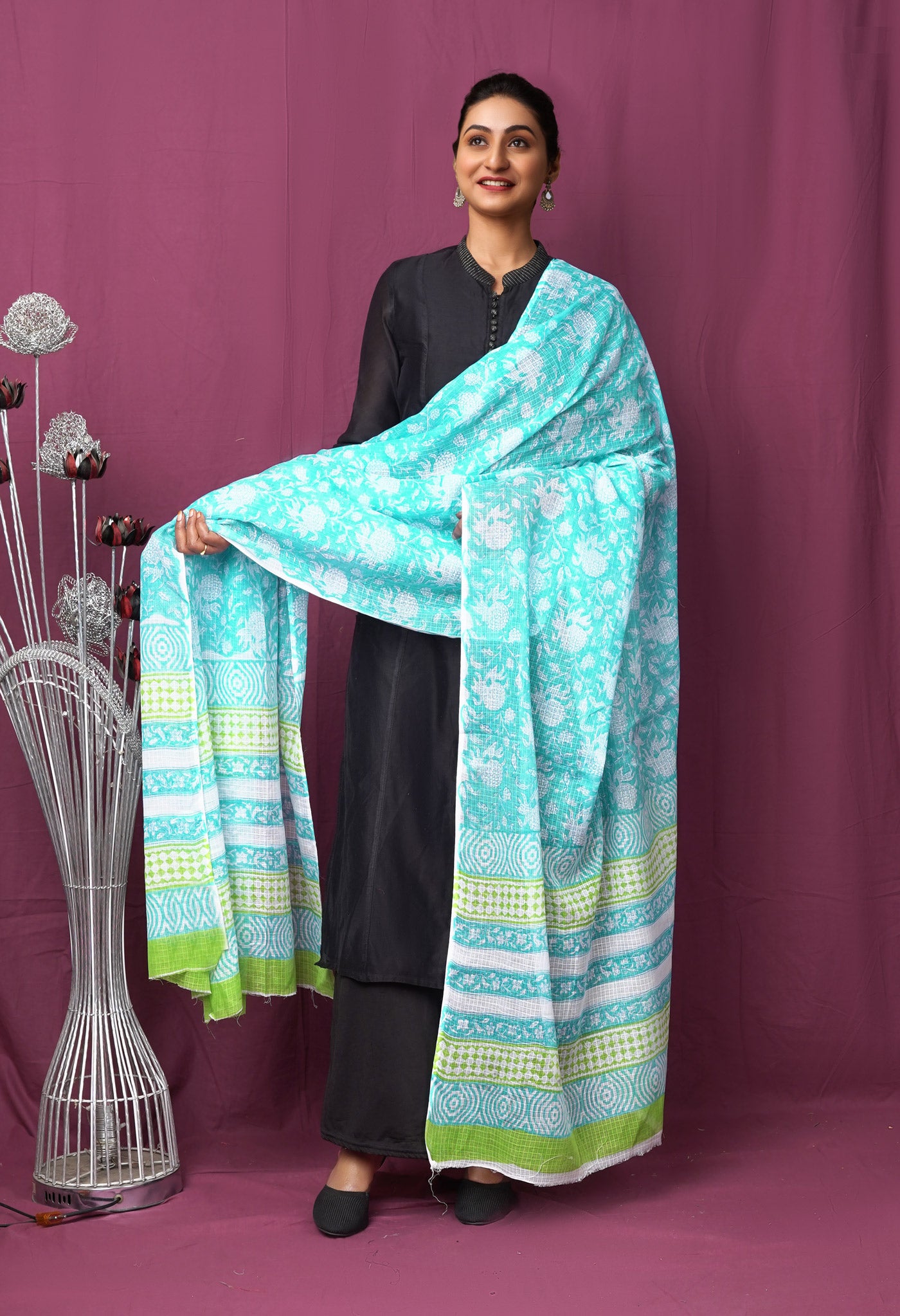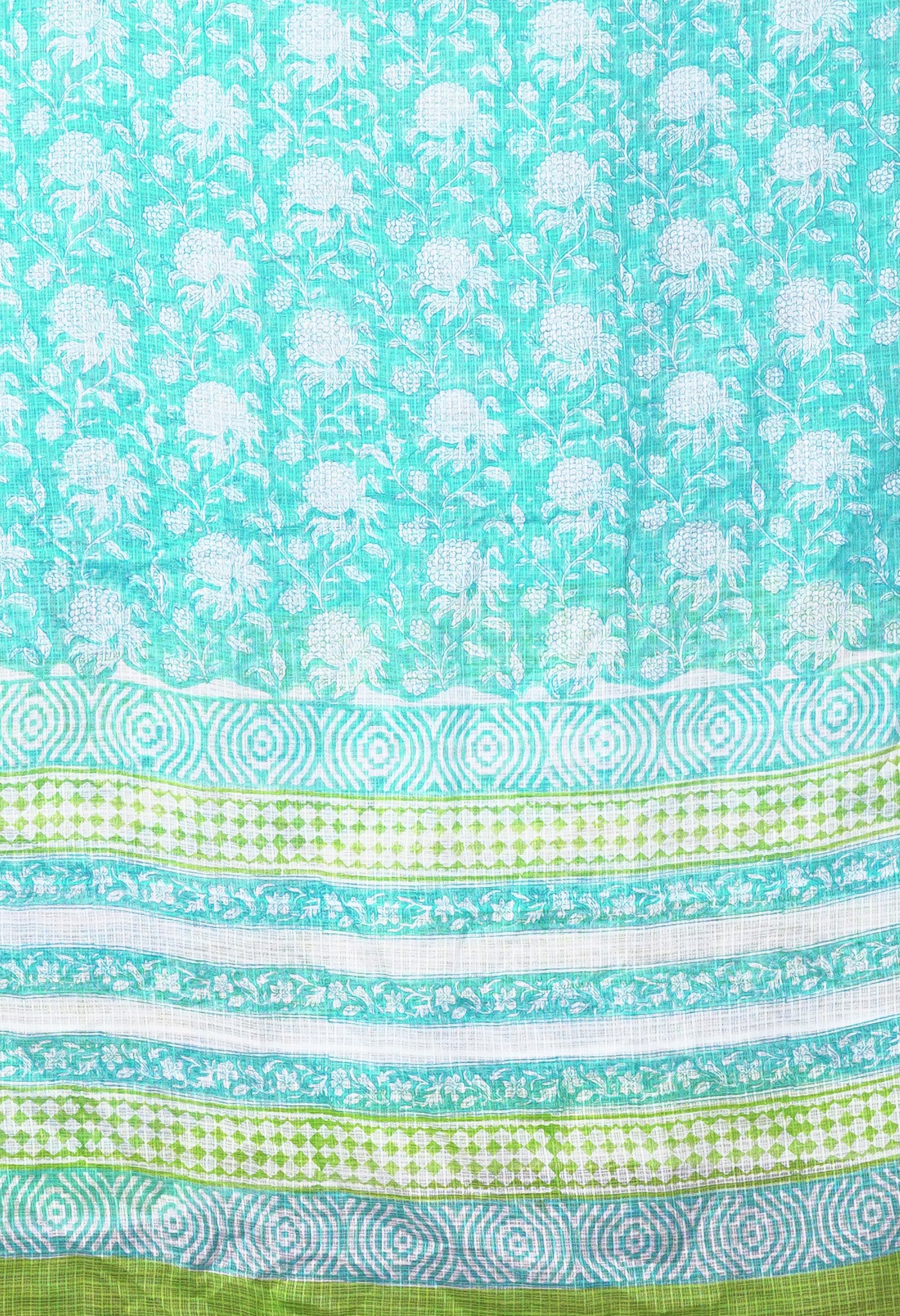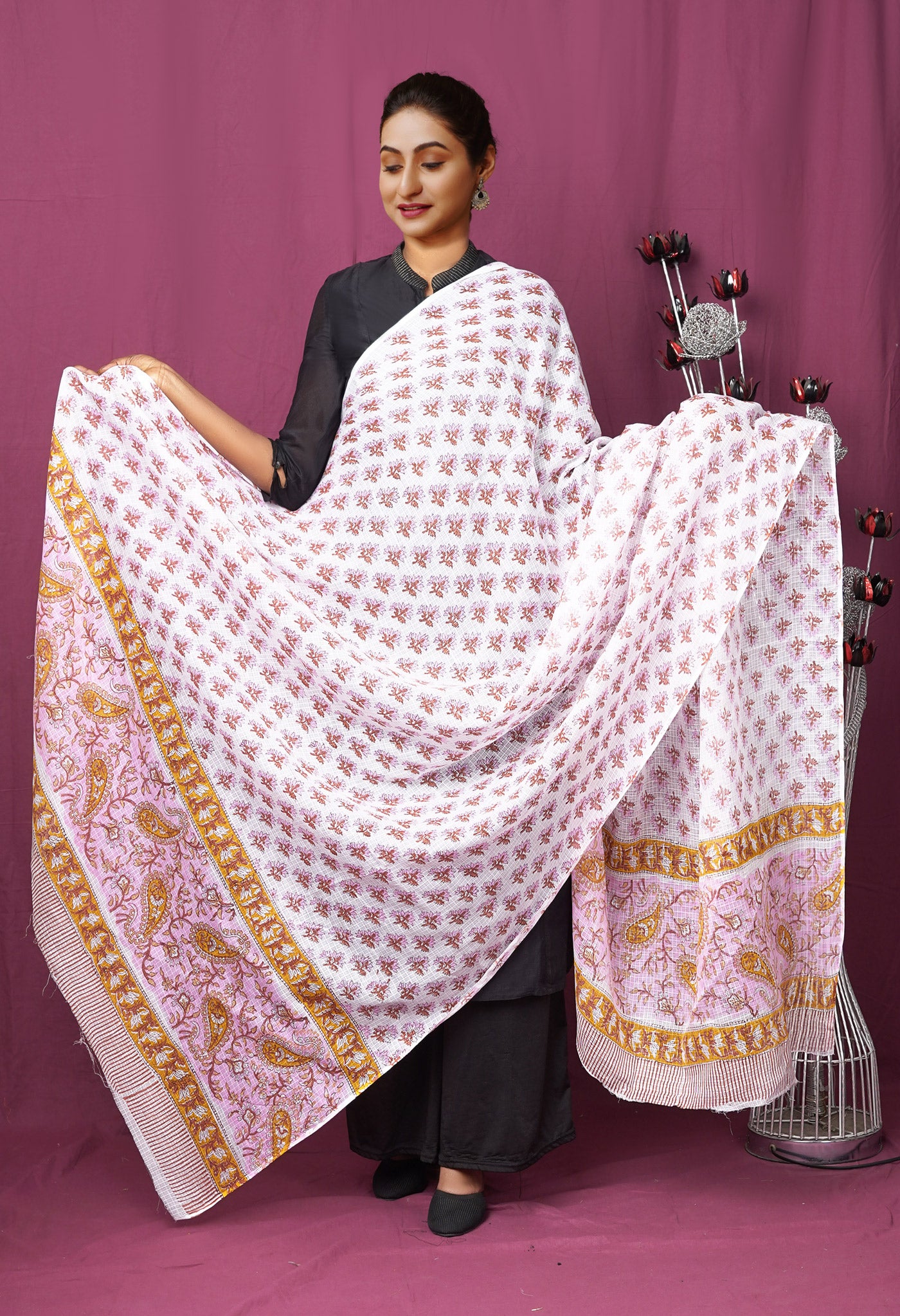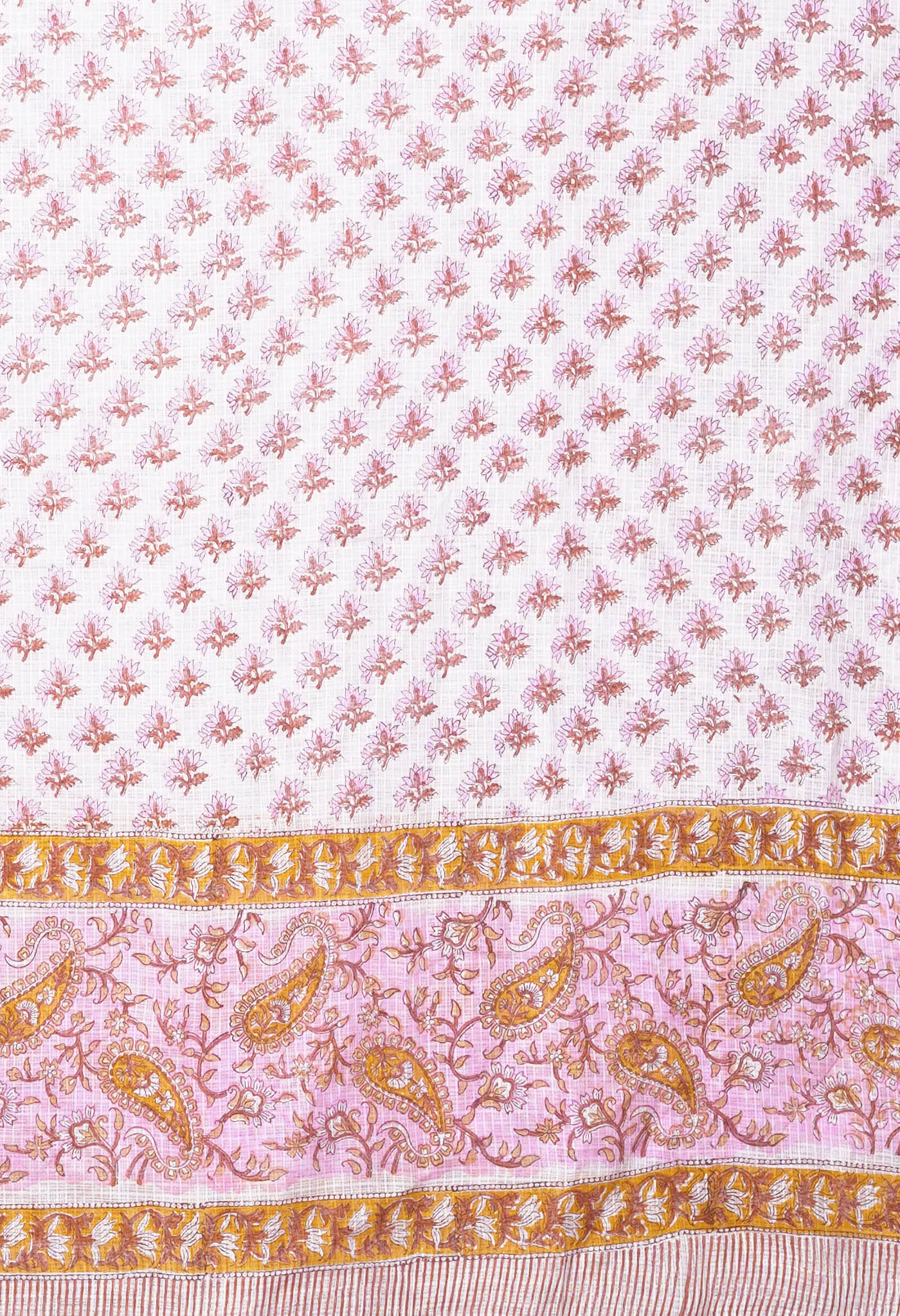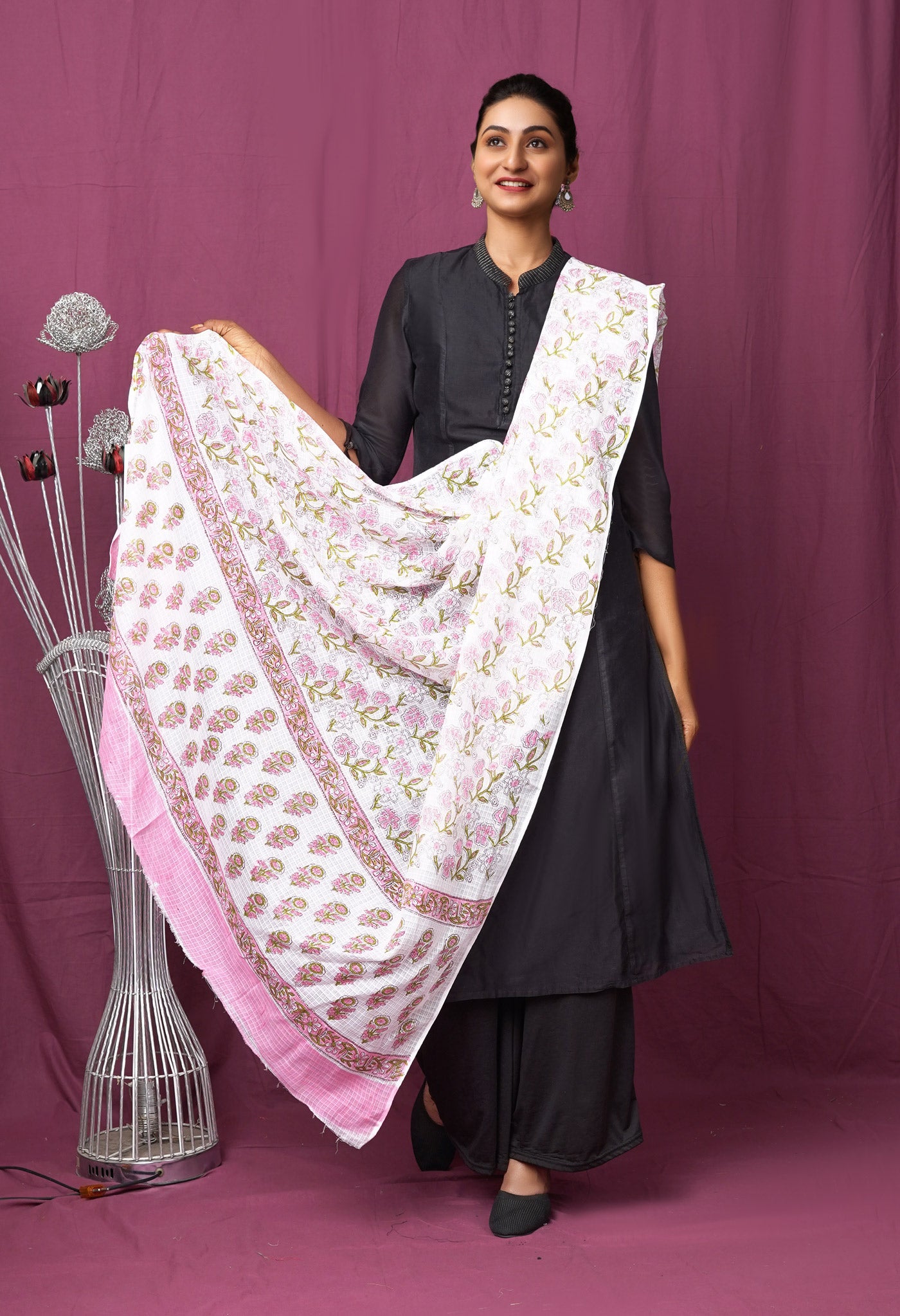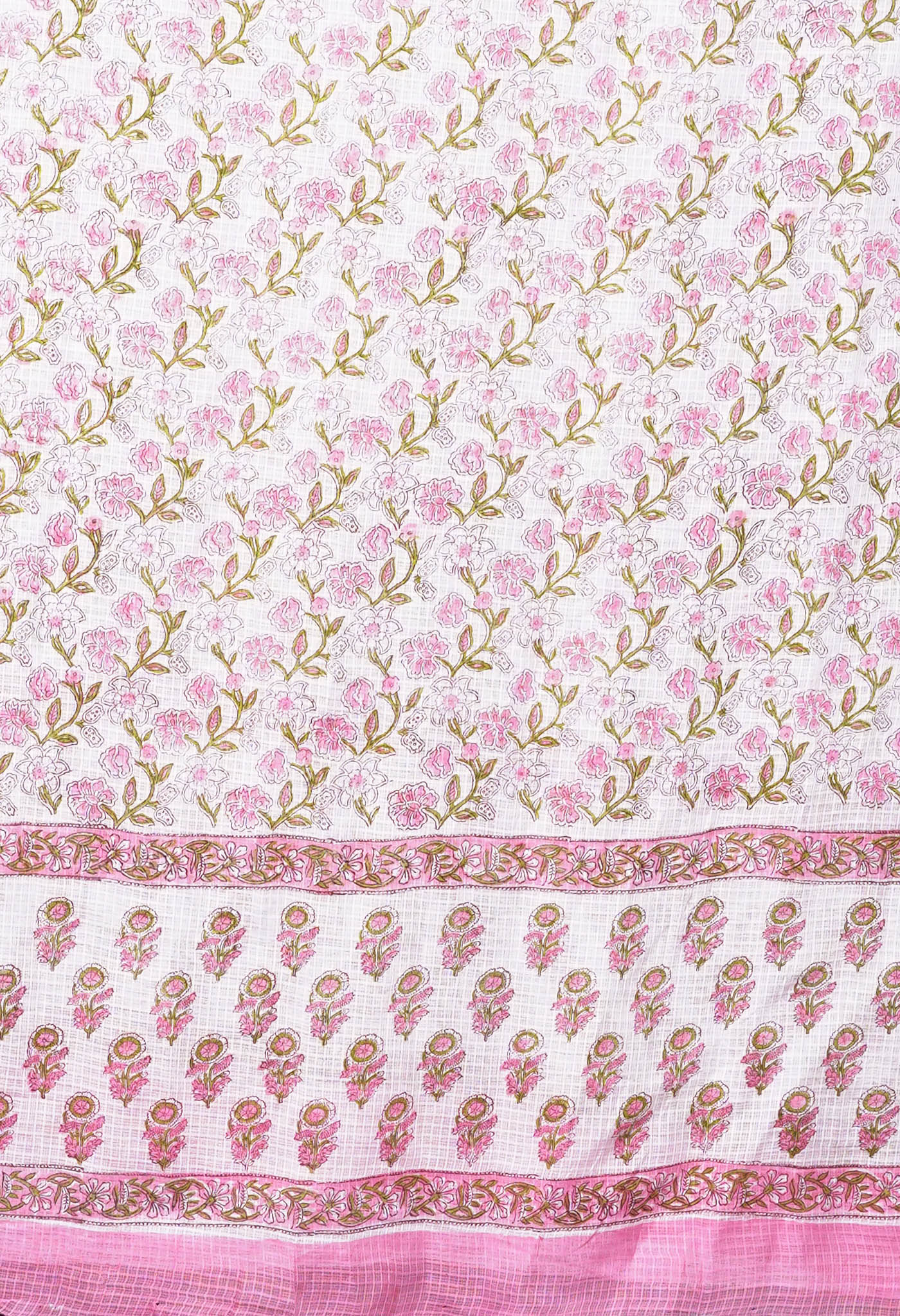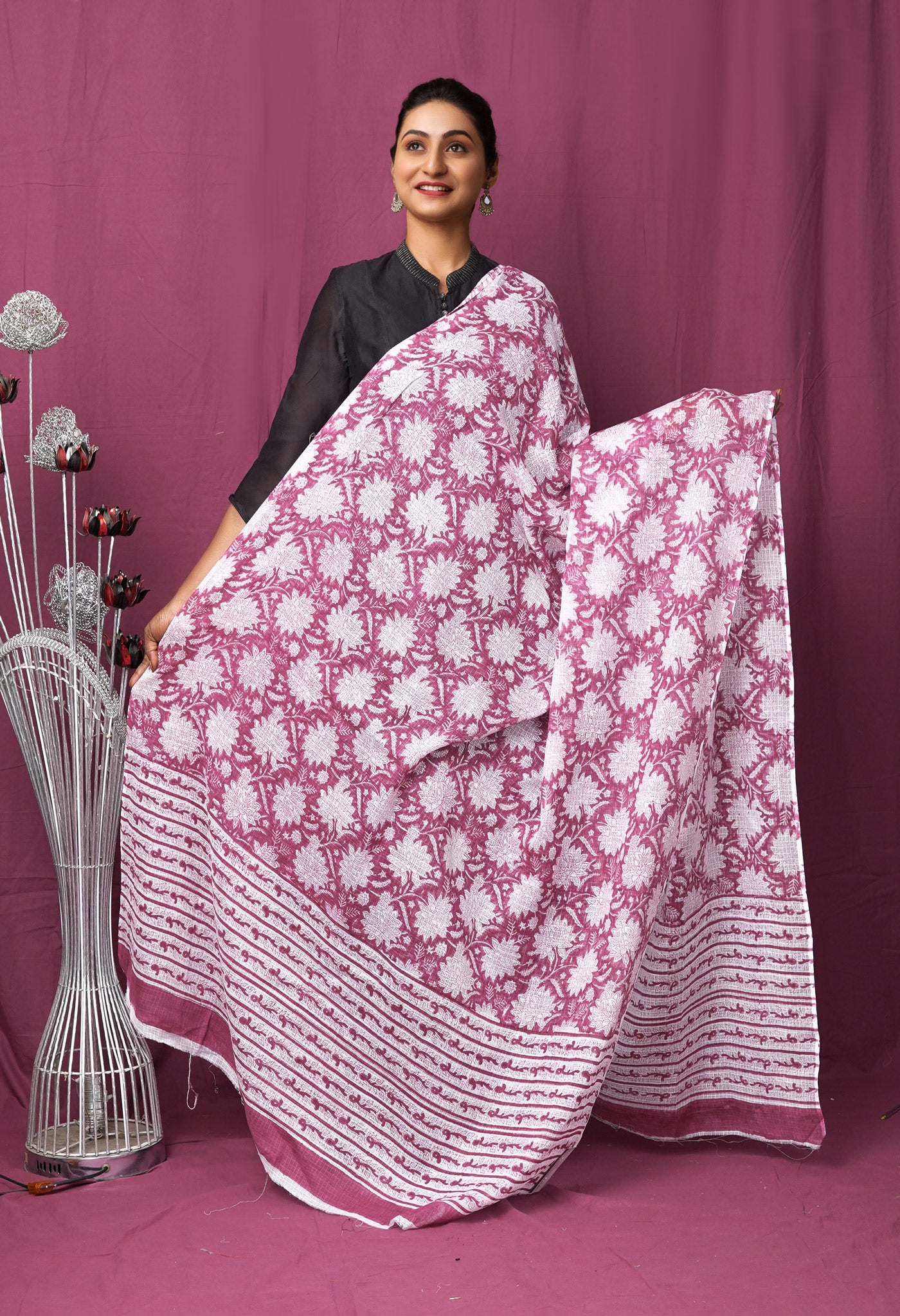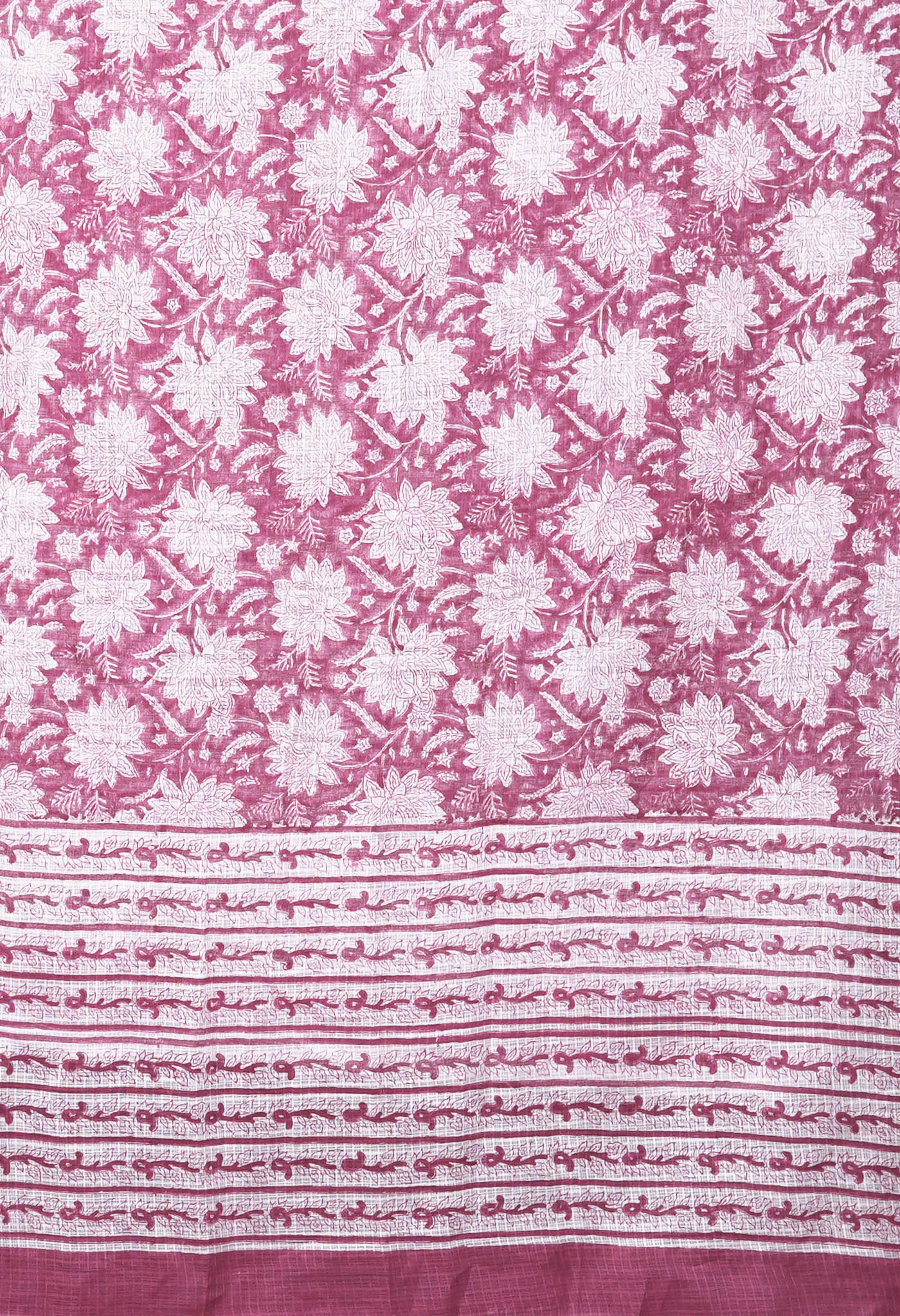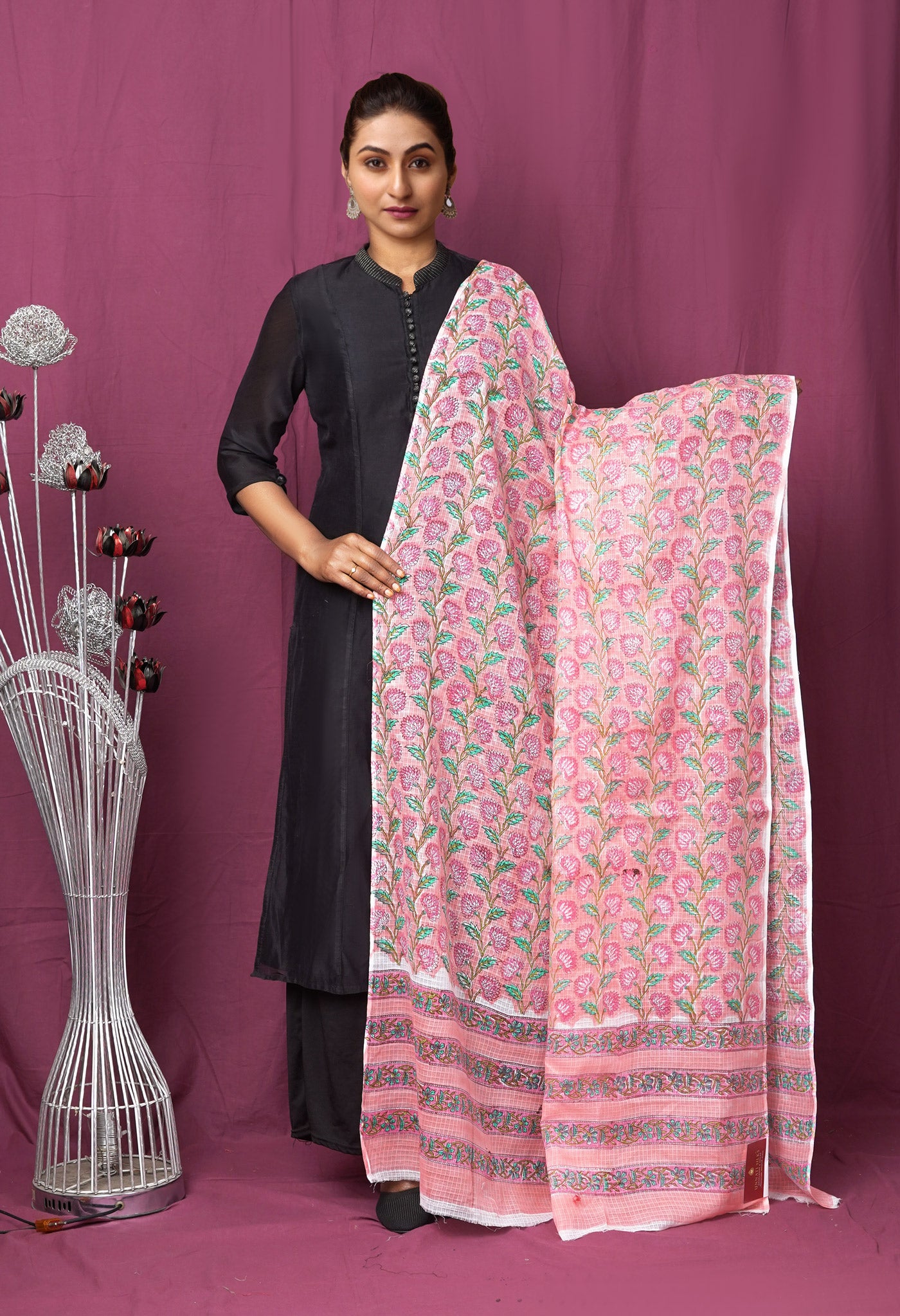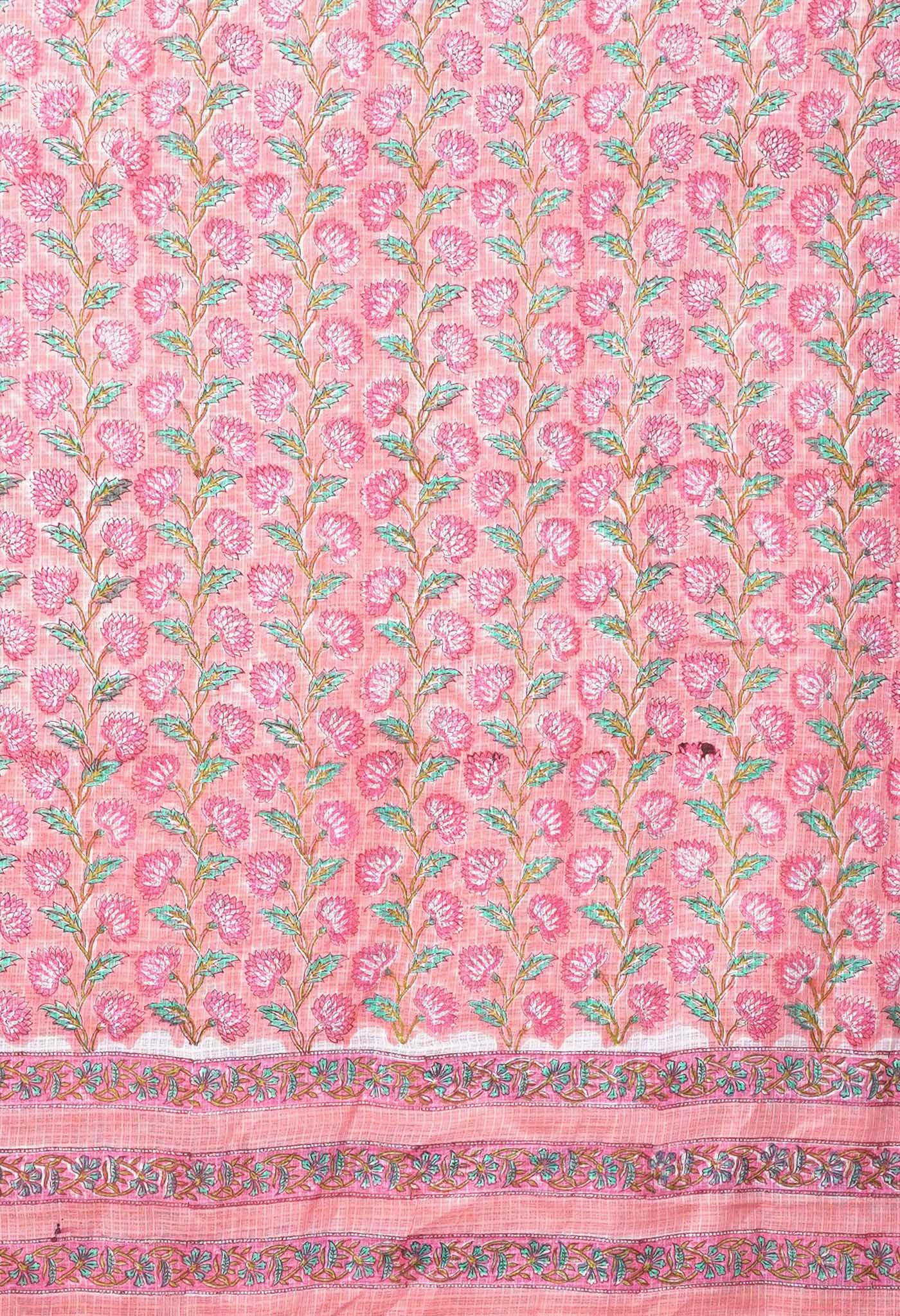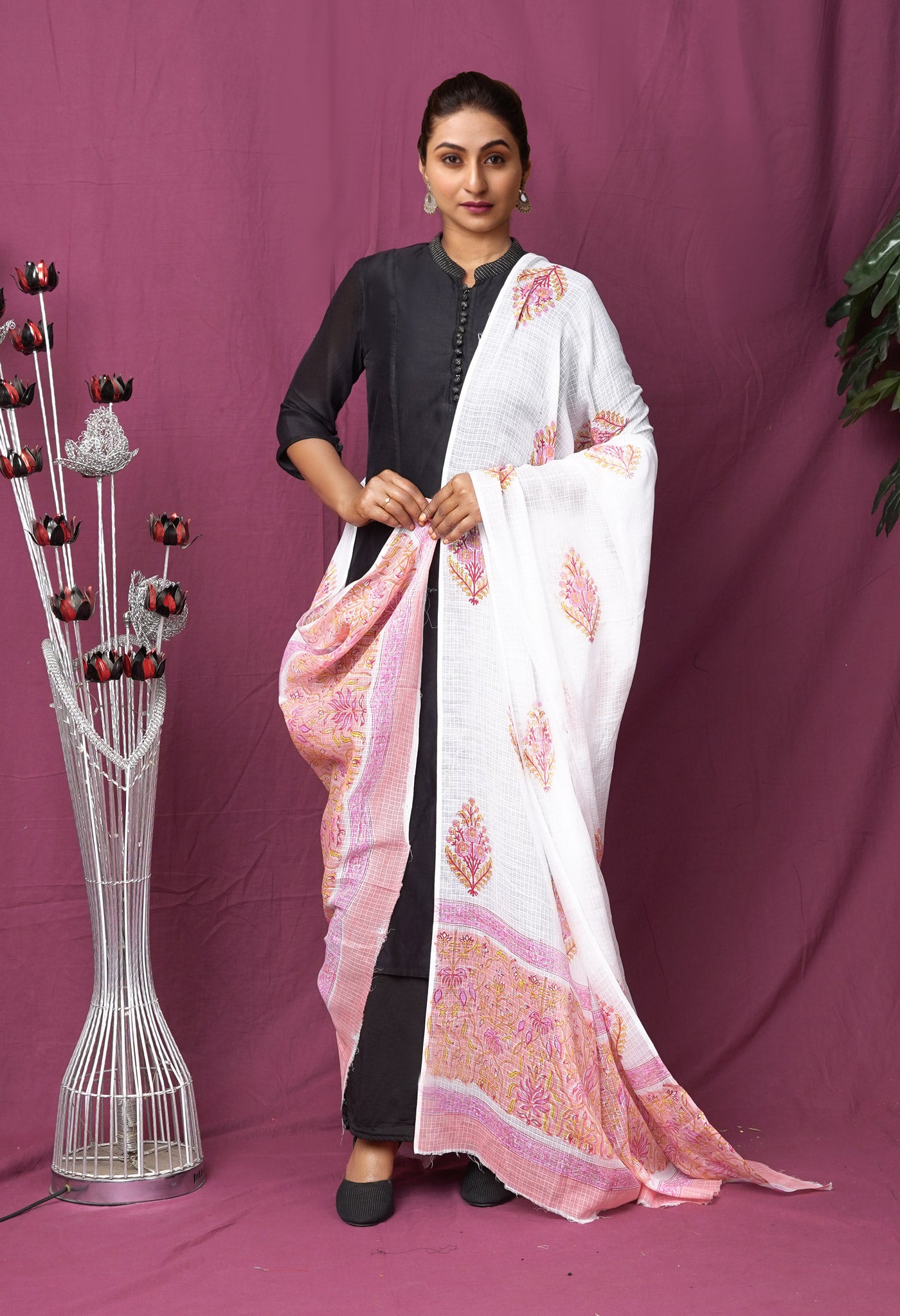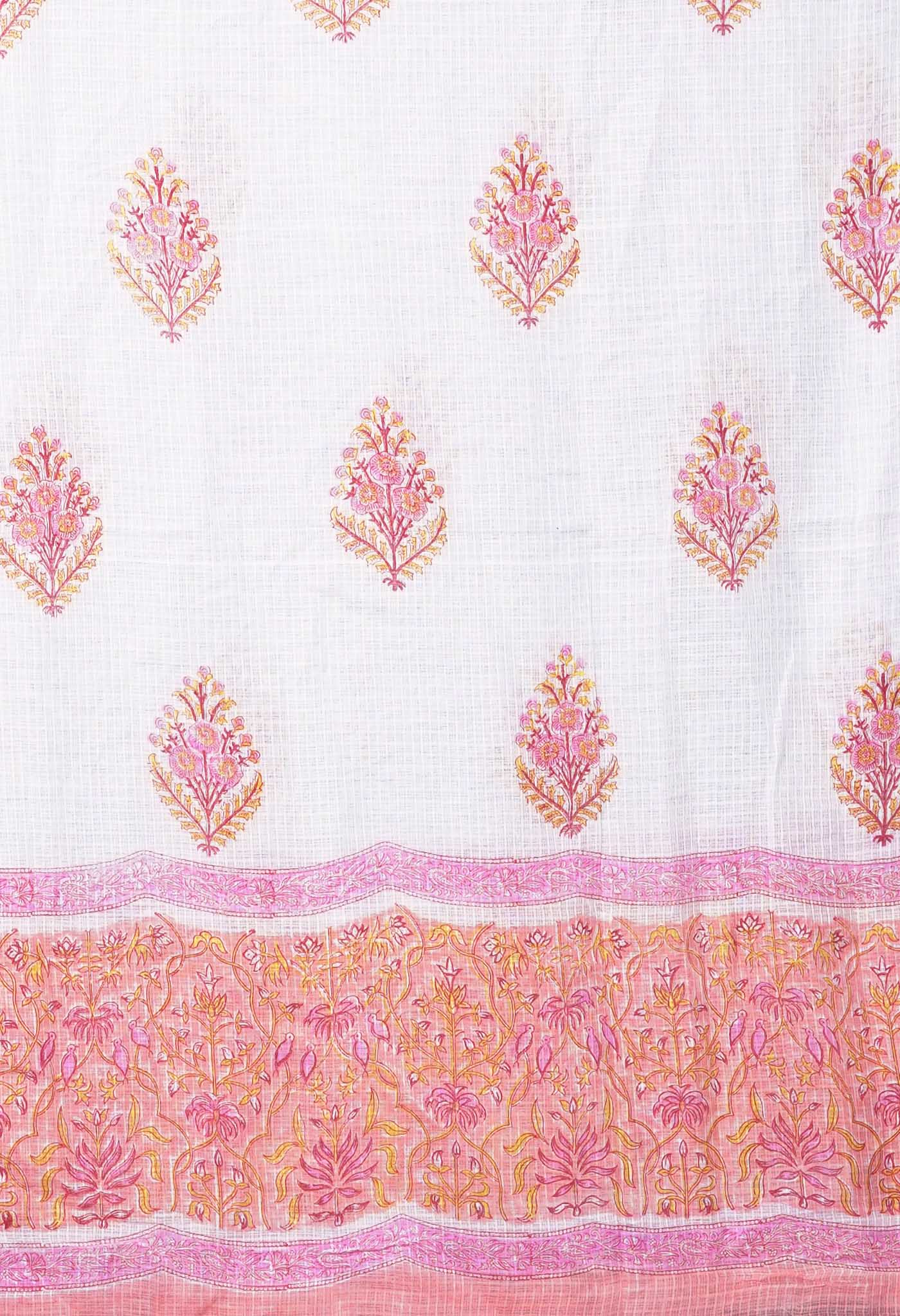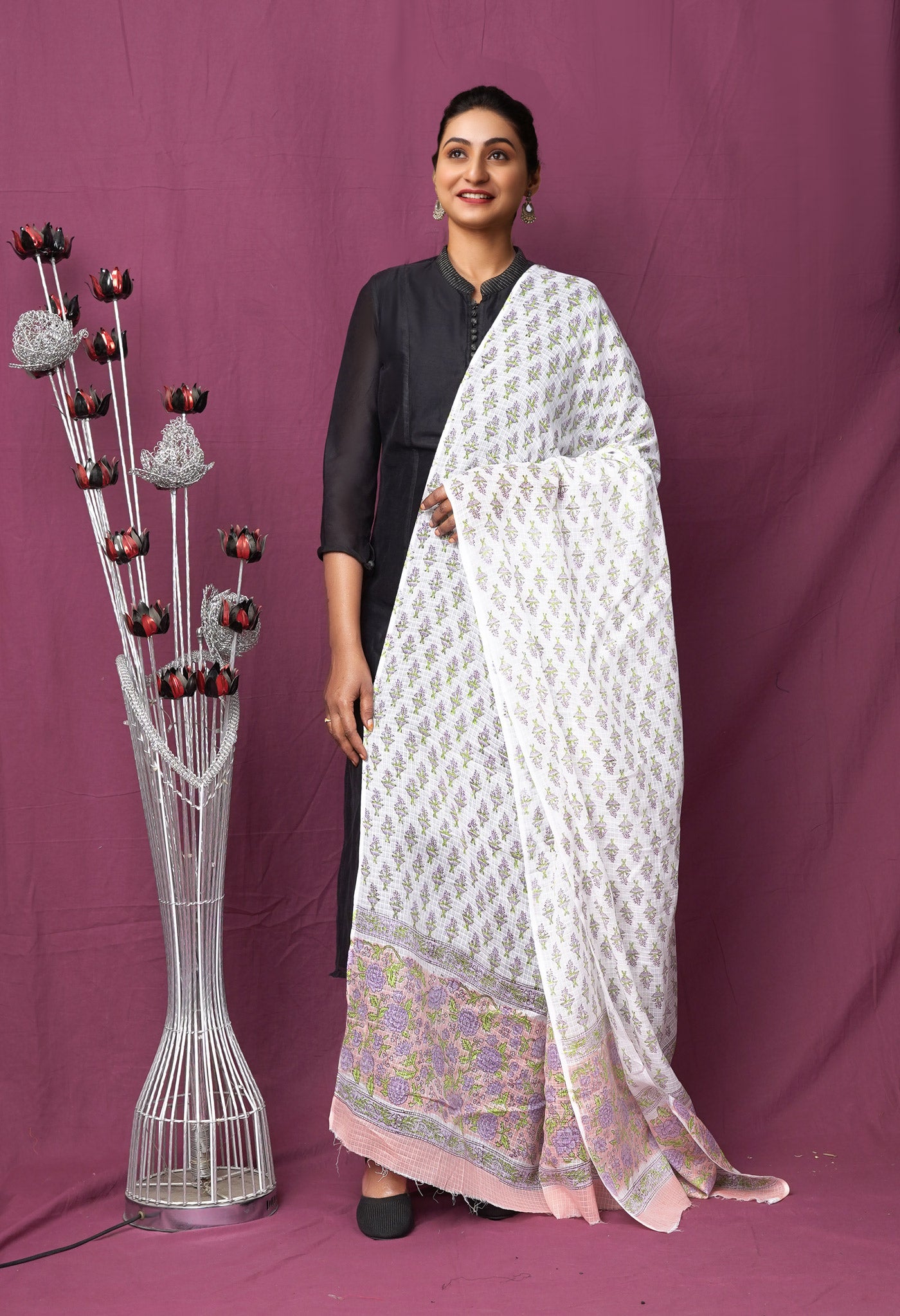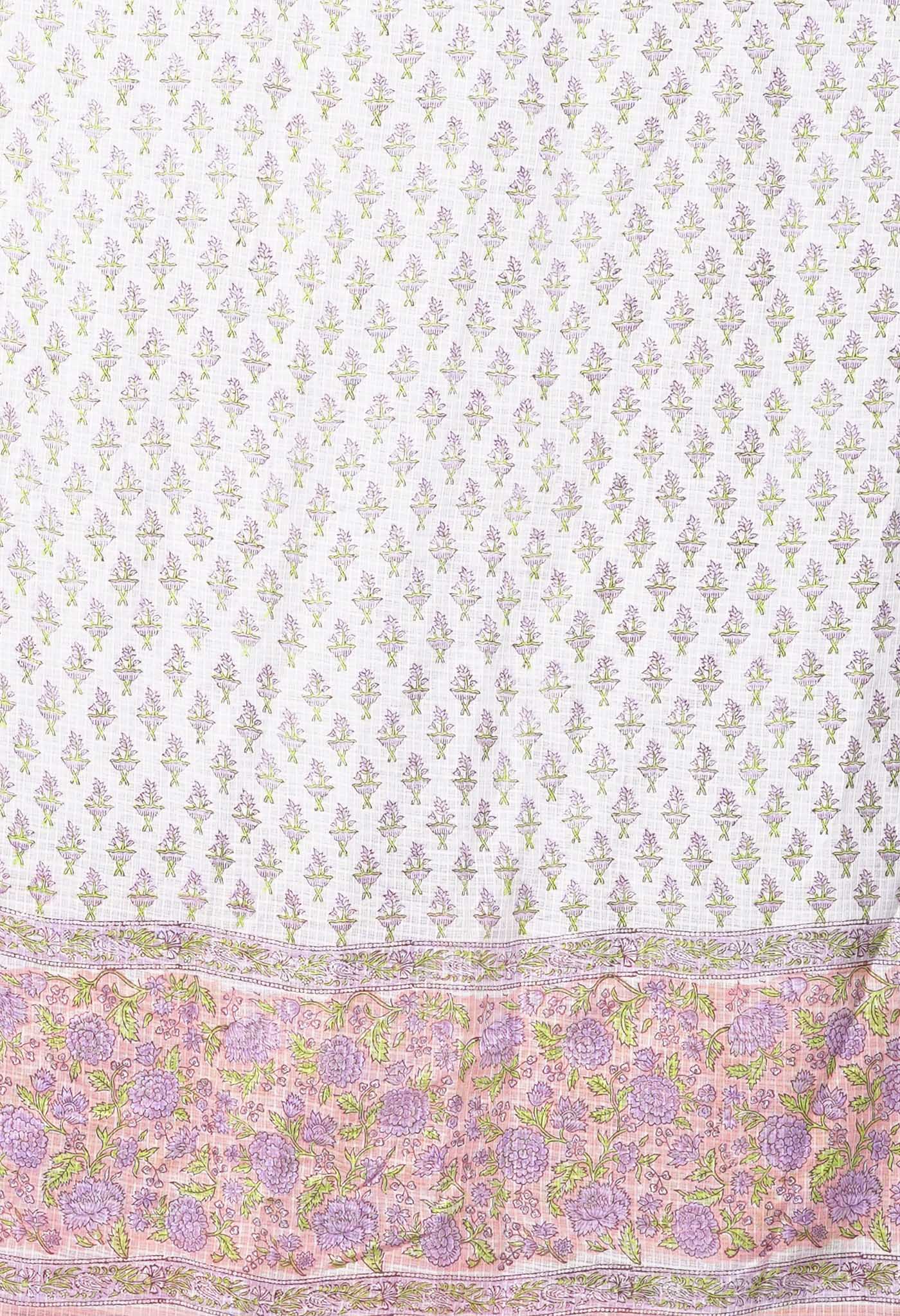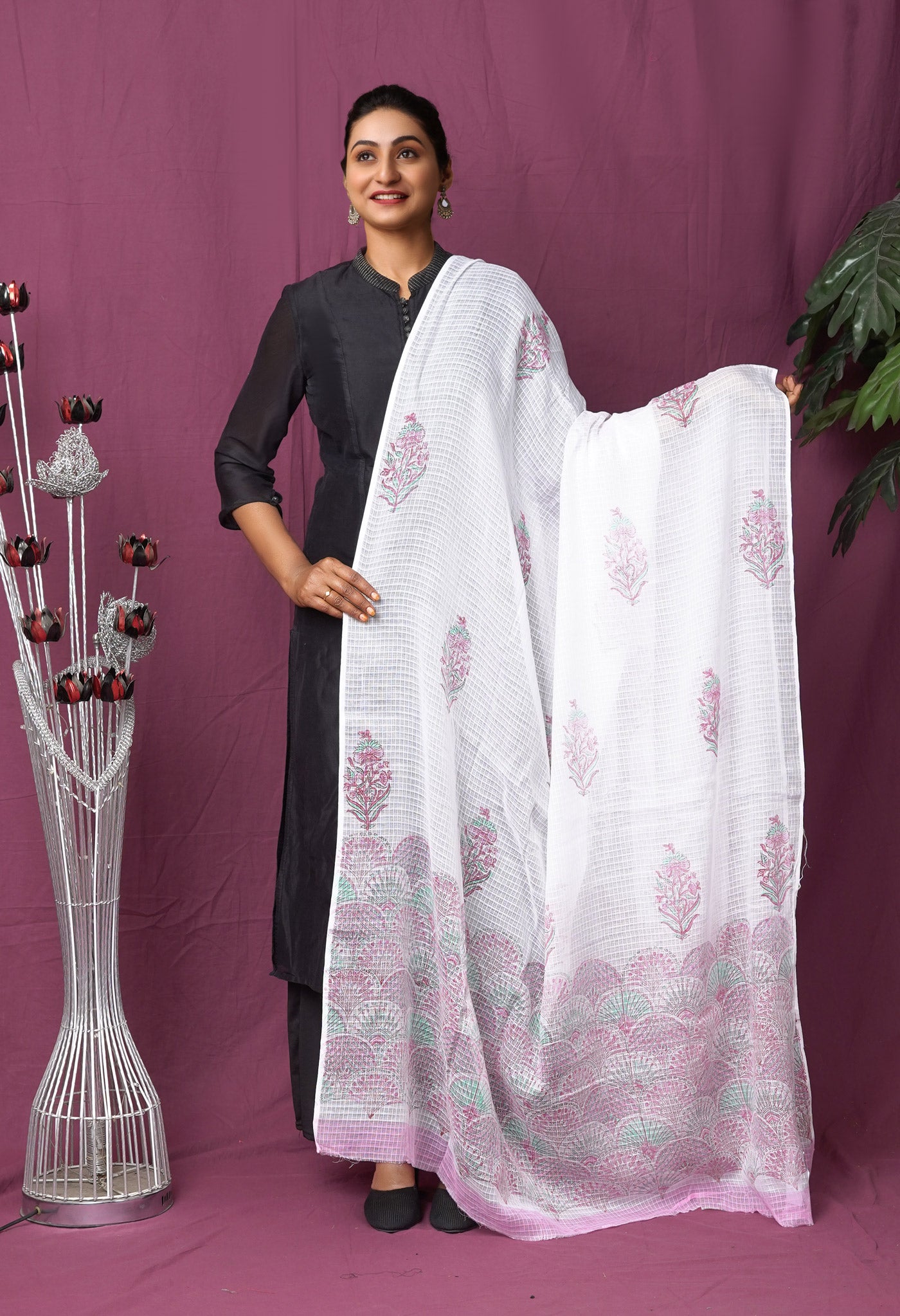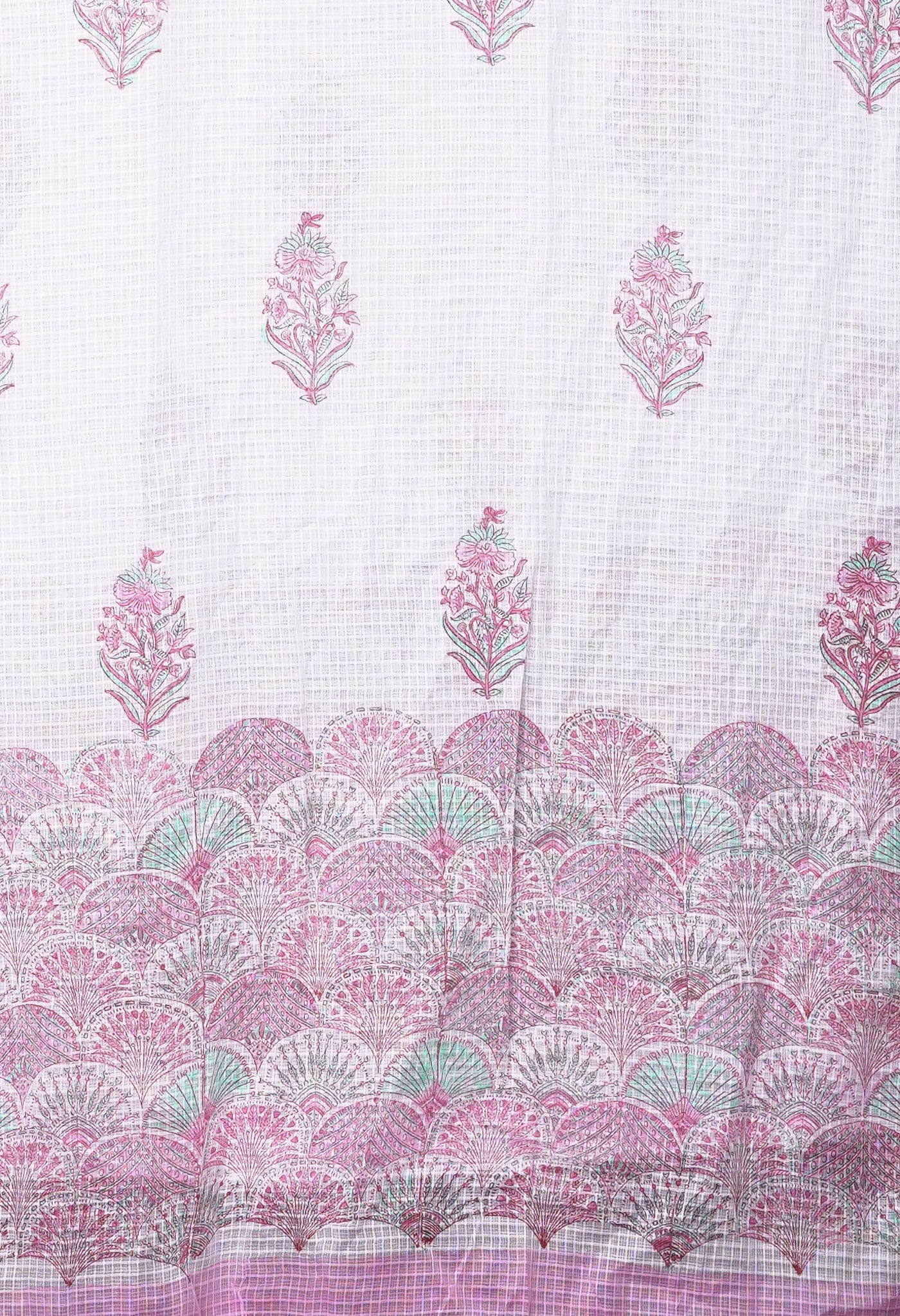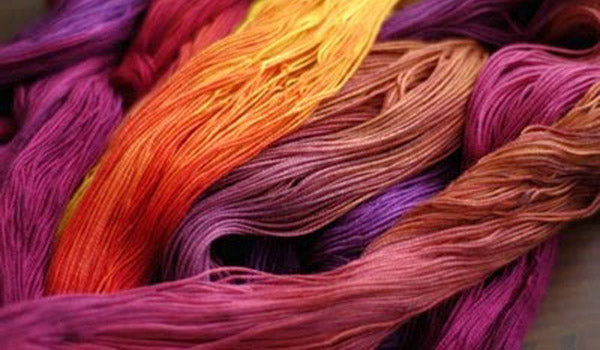
The Dyes in our fabric world and their classification
Life is about using the whole box of crayons.
Color rules our minds in about everything we do in life. Yes! Whether it is what we wear or the vegetables we choose, the color of the walls in the home or the vehicles we buy, color rules over everything else.
That is precisely why we are always experimenting with colors. And what better than fabrics that are an inseparable part of our lives, as good as our second skin, something that we can do something about to present ourselves the way the world should see us.
Does the yellow salwar do better with the blue kameez or the white one? Would she look better if with the red saree she chose the blue blouse over the yellow one? Would the dark blue jeans combine well with the kurti in sky blue or a flashing white?
A search that most if not all of us are constantly engaged in, from the time cloth became inseparable from us.
Today because we need colored fabrics dyeing of fabrics has become inevitable.

What is dyeing?
A process of coloring fibers, yarns, or fabrics with either natural or synthetic dyes the art of dyeing has been practised since ancient civilizations existed. Primitive dyeing techniques included sticking plants to fabric or rubbing crushed pigments into cloth.
As time went, the methods became more sophisticated. Natural dyes from crushed fruits, berries and other plants, which were boiled into the fabric, gave it light and water fastness (resistance).
Today Dyeing can be done at any stage of the manufacturing of textile - fiber, yarn, fabric or a finished textile product including garments and apparels. The property of color fastness depends upon two factors- selection of proper dye according to the textile material to be dyed and selection of the method for dyeing the fiber, yarn or fabric.

What are Dyes?
Substances that add color to textiles. They are incorporated into the fiber by chemical reaction, absorption, or dispersion. Dyes differ in their resistance to sunlight, perspiration, washing, gas, alkalies, and other agents; their affinity for different fibers; their reaction to cleaning agents and methods; and their solubility and method of application.
Dyes have been classified based upon their characteristics and not every dye, be it natural or man-made, is suitable for every kind of fabric.
Let us see what suits which.
Acid Dyes
They are a class of dyes used on wool, some animal fibers, and some manufactured fibers. Acid dyes are seldom used on cotton or linen since this process requires a mordant. In fact they are widely used on nylon that gives the fabric the quality of high wash fastness. In some cases, by after treatment with fixatives even higher wash fastness can be obtained.
Natural Dyes
Direct Printing, the most common approach to apply a color pattern onto a fabric. Done on an already colored fabric, it is known as over printing. The desired pattern is produced by pressing dye on the fabric in a paste form. To prepare the print paste, a thickening agent is added to a limited amount of water and dye is dissolved in it.
Earlier starch was preferred as a thickening agent for printing. Nowadays gums or alginates derived from seaweed are preferred as they allow better penetration of color and are easier to wash out. Most pigment printing is done without thickeners because the mixing up of resins, solvents and water produces a thickness that will not allow spreading.

Basic (Cationic) Dyes
Basic dyes are water-soluble and are mainly used to dye acrylic fibers. They are mostly used with a mordant. A mordant by the way is a chemical agent used to set dyes on fabrics that achieves it by forming an insoluble compound with the dye.
Basic dyes are used with mordant for cotton, linen, acetate, nylon, polyesters, acrylics and mod-acrylics. Other than acrylic, basic dyes are not very suitable for any other fiber as they are not fast to light, washing or perspiration.
They serve better, as an after treatment to the fabrics that have already been dyed with acid dyes.

Synthetic Dyes
They are classified based upon their chemical composition and the way they are applied in the dyeing process.

Direct (substantive) Dyes
They do well with cellulose fibres and can dye directly without the use of mordants. They are fast to light but have poor fastness to washing. They are generally preferred for dyeing fabrics like wool, silk, nylon, cotton, rayon etc.
Disperse Dyes
Disperse dyes are water insoluble. Finely ground and generally available as a paste or a powder that gets dispersed in water, these particles dissolve in the fibers and impart color to them. Initially cellulose acetate fibres used to be dyed with them, now nylon, acrylic and other fibers too could be dyed with them.

Sulfur Dyes
Generally insoluble they are made soluble by the help of caustic soda and sodium sulfide. The dyeing is done at high temperatures with large quantities of salt to enable the color to penetrate into the fiber. After dyeing, the fabric is oxidized for getting the desired shades by exposure to air or with the use of chemicals. The excess of the dyes and chemicals are removed by thorough washing. These dyes are fast to light, washing and perspiration and are most suitable for cotton and linen fabrics.
Pigment Dyes
One of the best colorants for most fabrics, pigments not really dyes in the true sense, they are extensively used for coloring fabrics like cotton, wool and other manmade fibers due to their excellent light fastness. Not having any affinity to the fibers they are affixed to the fabric with the help of resins. After dyeing, the fabrics are subjected to high temperatures.

Mordant Dyes
Mordant or chrome dyes are acidic by nature. Hence bases like Sodium or Potassium bichromate are used with them in the dye bath during or after the process of dyeing. This is done for getting the binding action of the chrome. Mostly used for wool that gives a good color fastness after treatment with mordant dyes, they do well in dyeing fabrics like cotton, linen, silk, rayon and nylon too but are not as effective as for wool.

Vat Dyes
Insoluble in water, vat dyes cannot dye fibers directly. They are made soluble by reduction in alkaline solution which allows them to affix to the textile fibers. Subsequent oxidation or exposure to air, restores the dye to its insoluble form. Indigo is the original vat dye. Vat dyes are the fastest dyes for fabrics like cotton, linen and rayon. Used with a mordant they are also used to dye other fabrics such as wool, nylon, polyesters, acrylics etc.

Reactive Dyes
Reactive dyes react with fiber molecules to form a chemical compound. They could be either applied from an alkaline solution or from neutral solutions which later could be alkalized in a separate process. Sometimes heat treatment is also used for developing different shades. After dyeing, the fabric is washed well with soap so as to remove any unfixed dye. Reactive dyes were originally used for cellulose fibers only but now their various types are used for wool, silk, nylon, acrylics and their blends as well.

Other popular dyes are:
Macromolecular Dyes - A group of inherently colored polymers known as dyes with high color yield they have wide applications as mass dyeing, hair dyes, writing inks, etc.
Metallized Dyes - A class of dyes that have metals in their molecular structure. They are applied from an acid bath.
Naphthol Dyes – popularly used for cellulose fibres
Pre-metallized Dyes - With better wet fastness than regular acid dye, they are used on nylon, silk, and wool.
Gel Dyes
Developed Dyes
While the subject is most exhaustive, the above would do for a basic understanding as to how coloring of fabrics is done.
[/vc_column_text][/vc_column][/vc_row]

